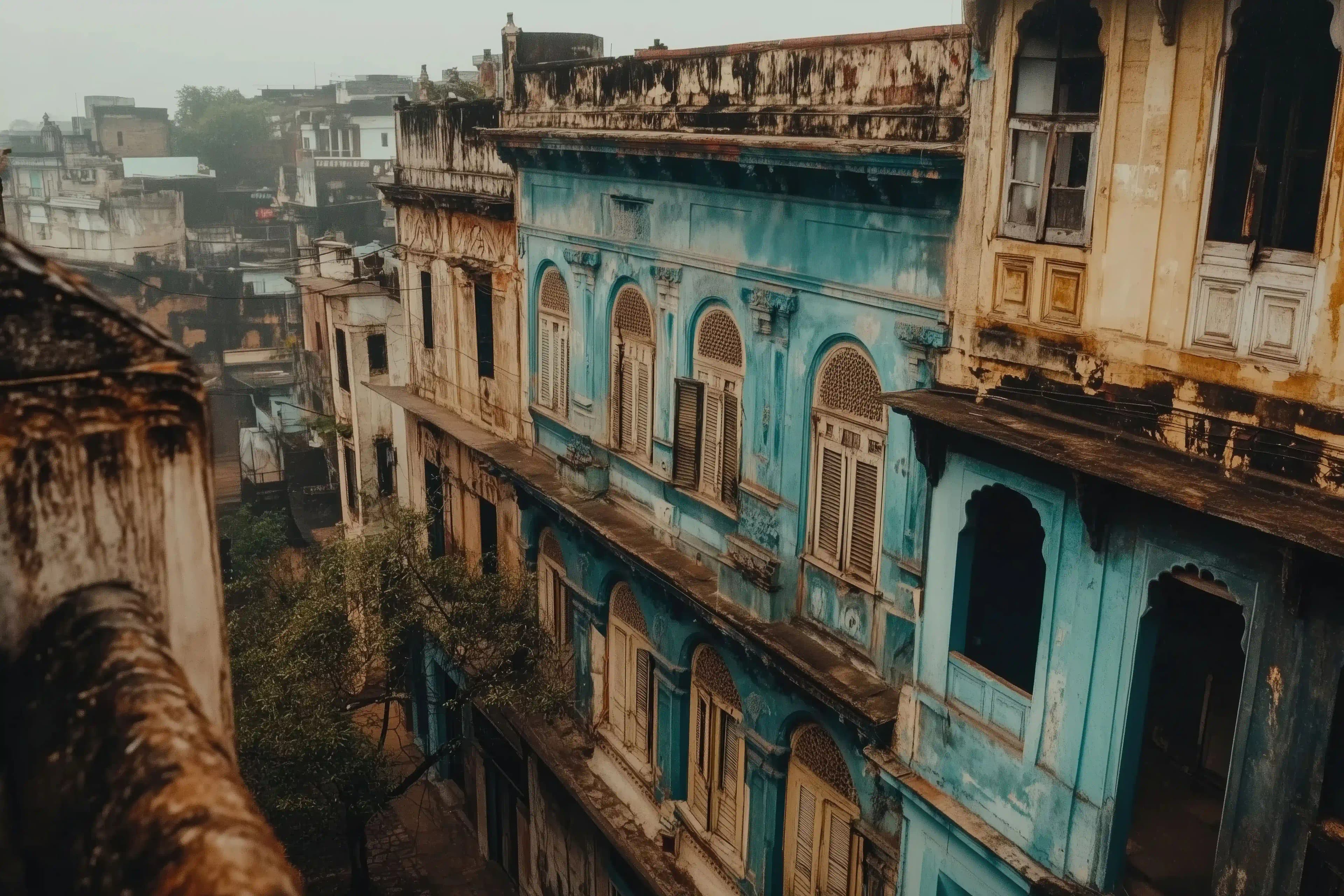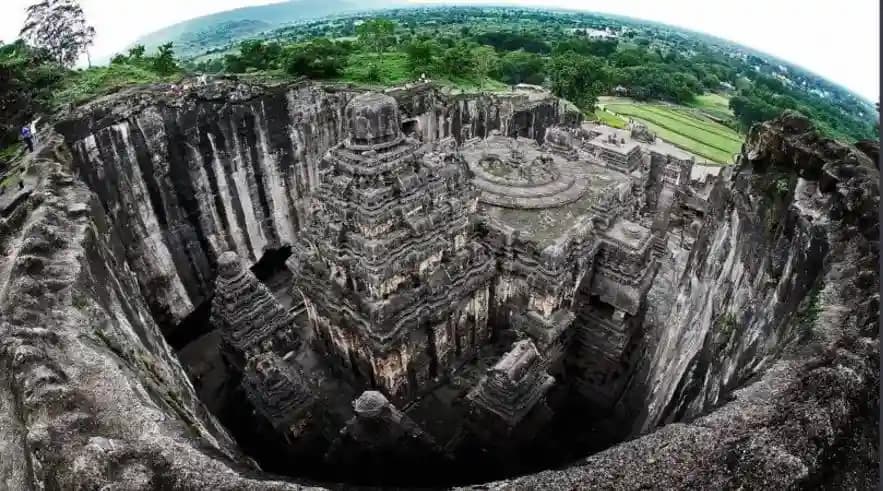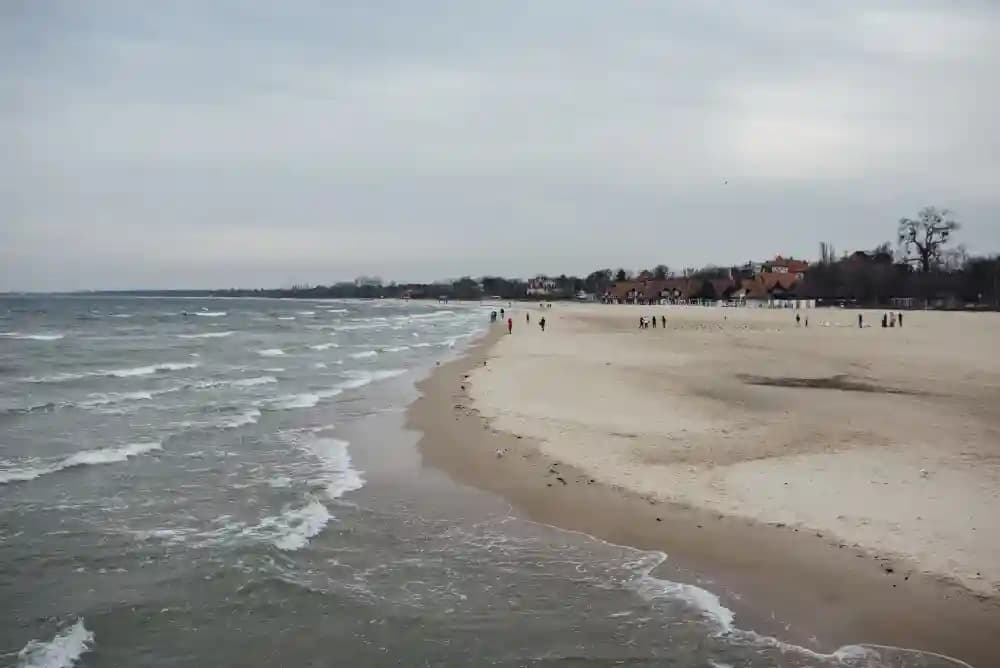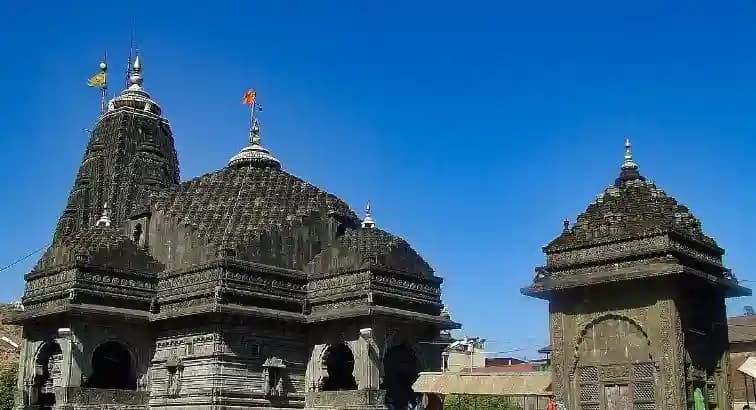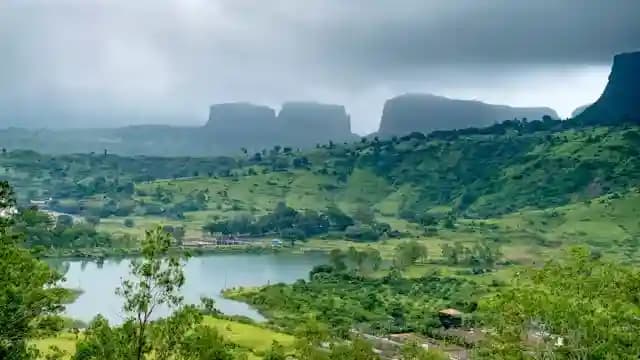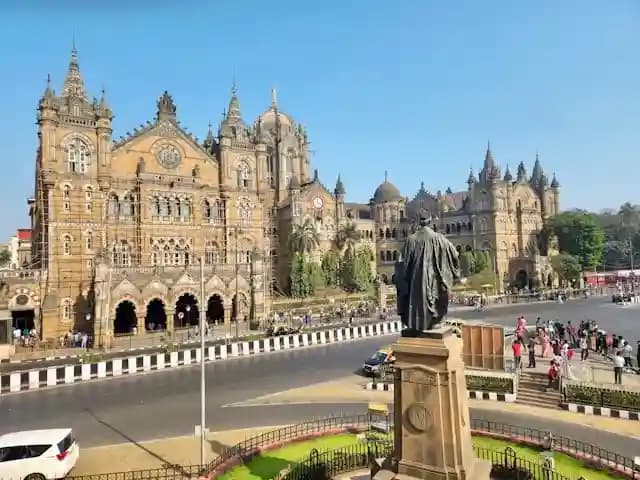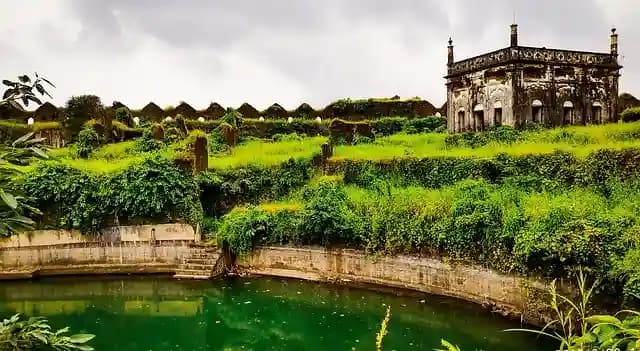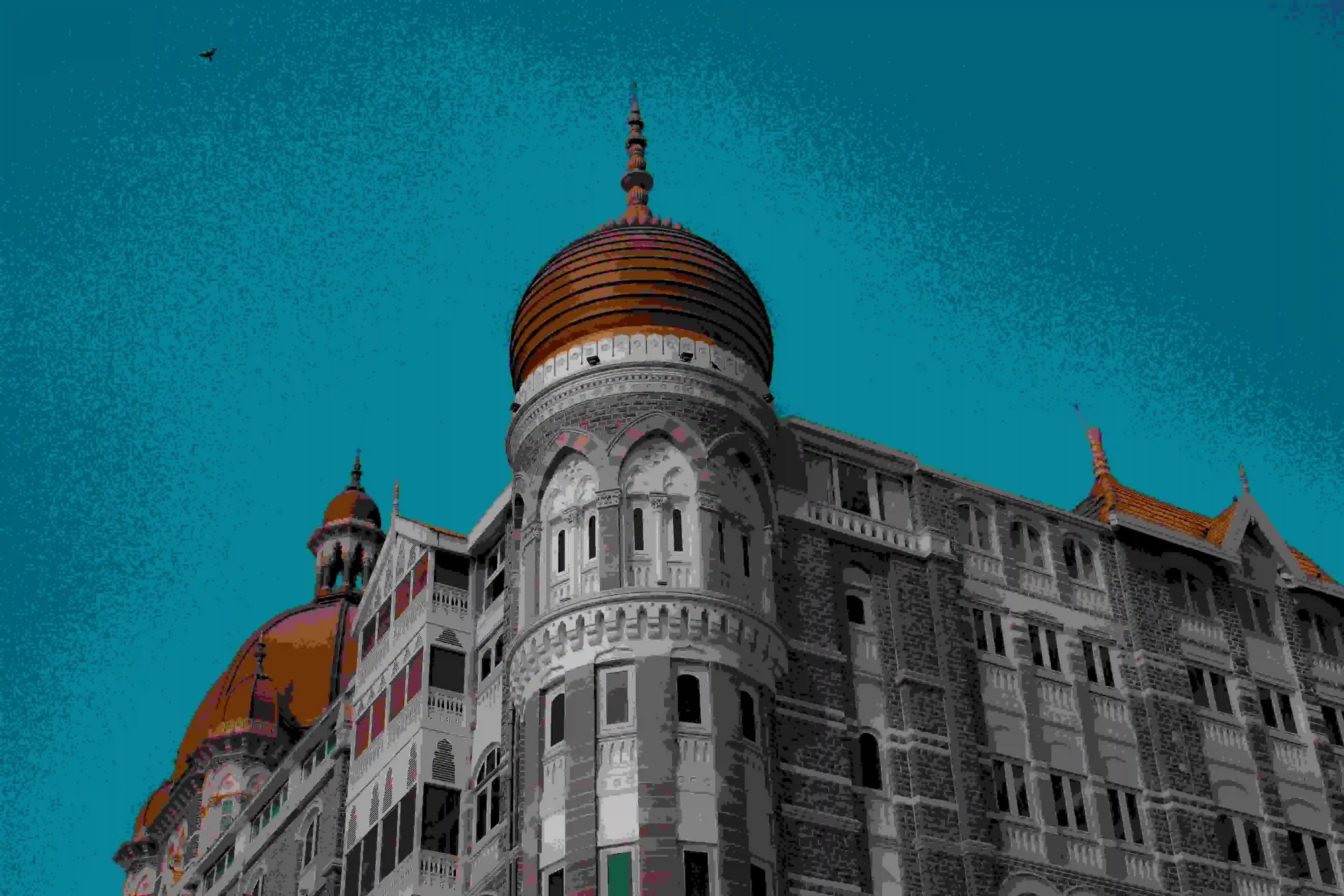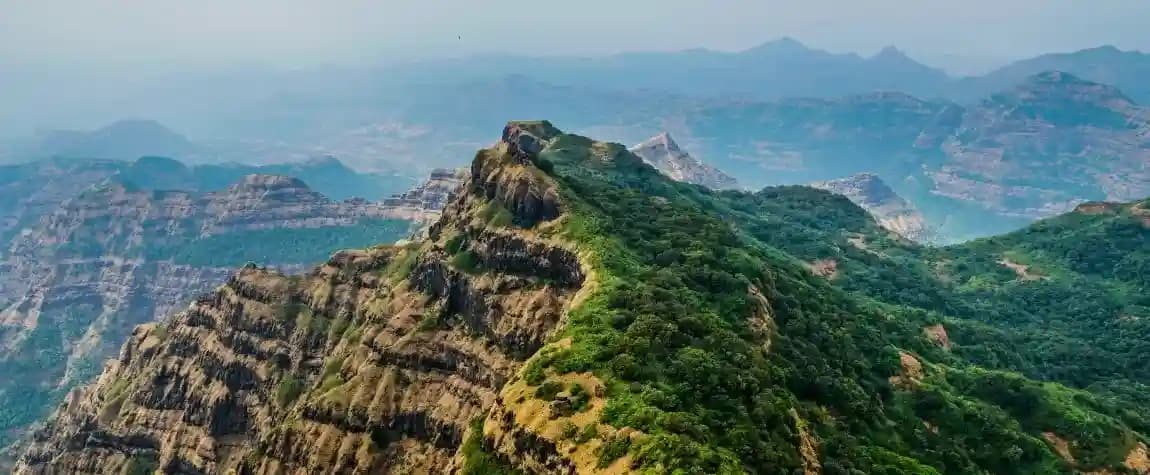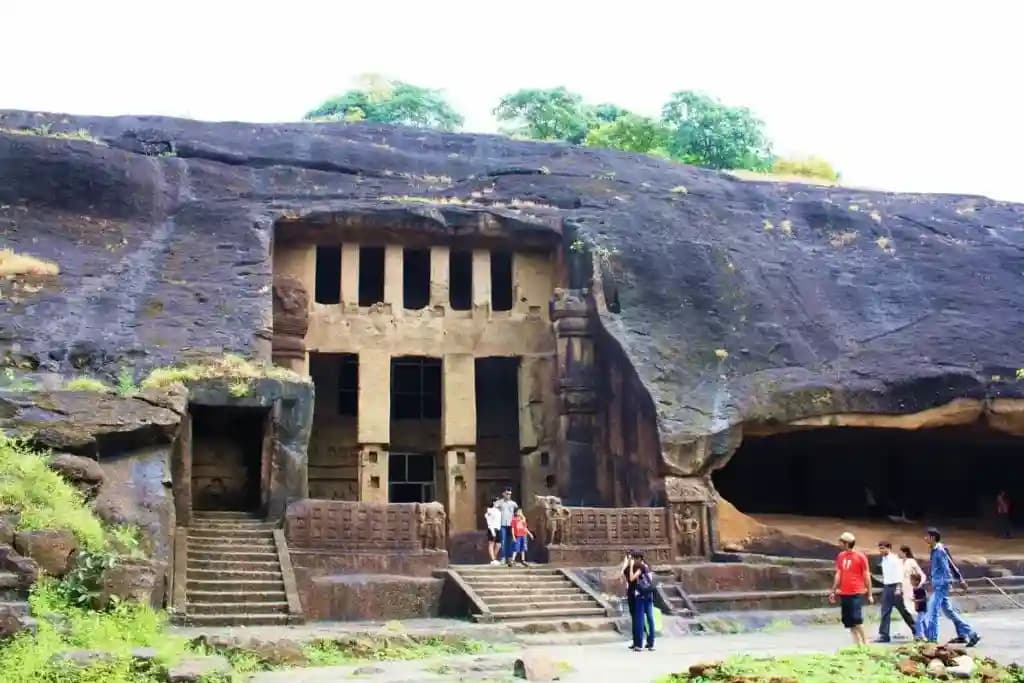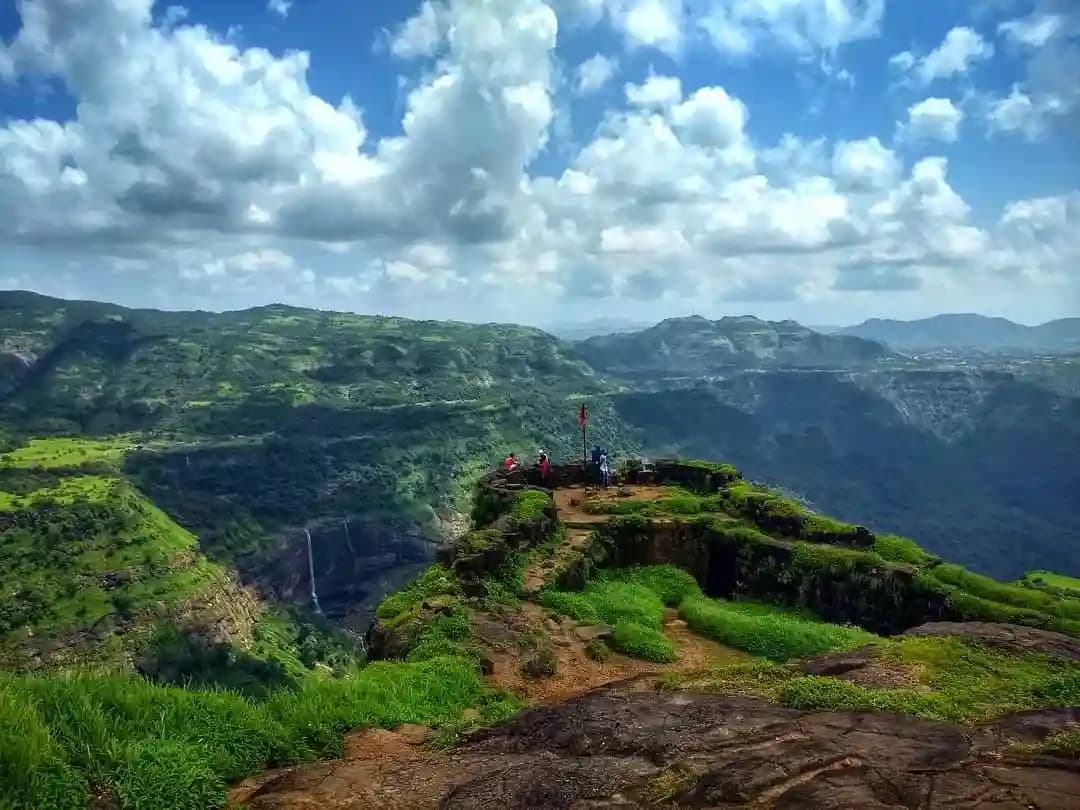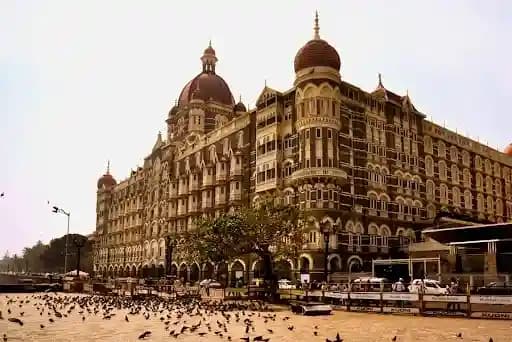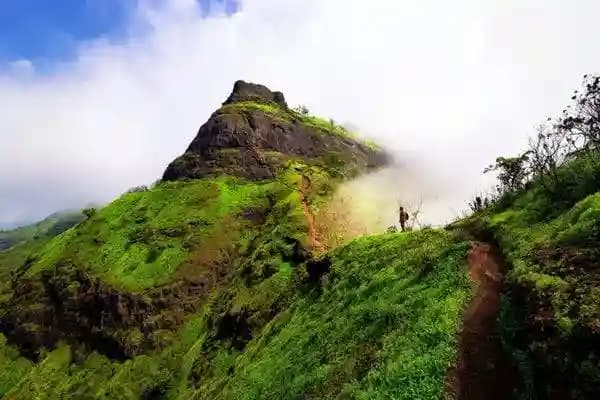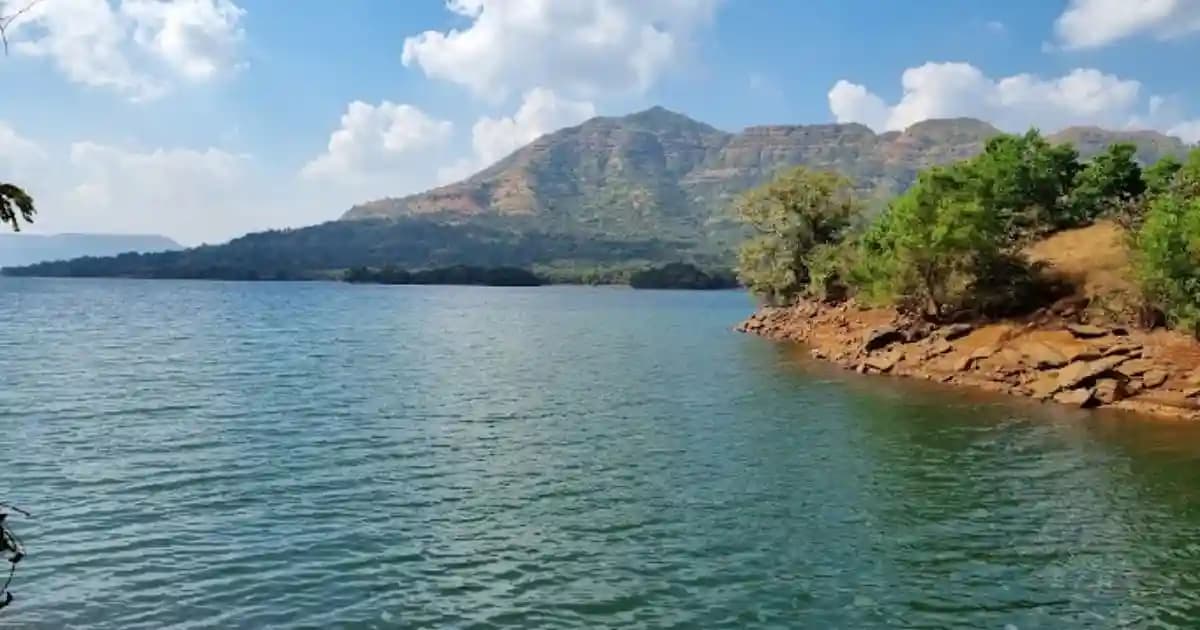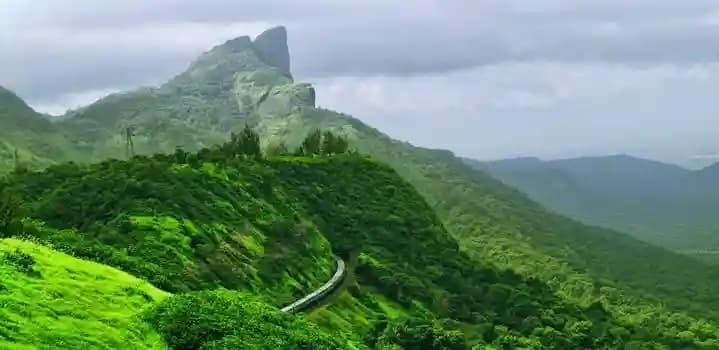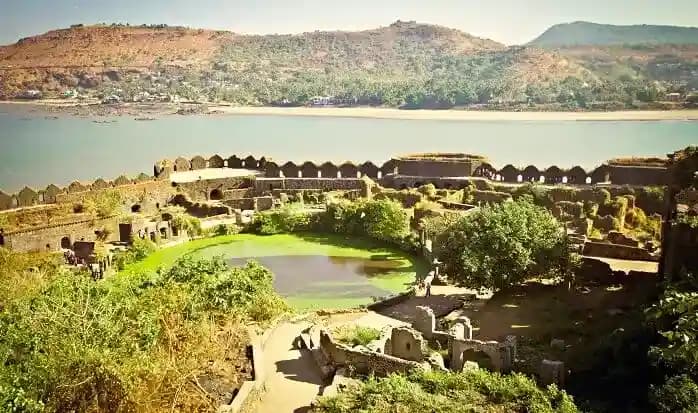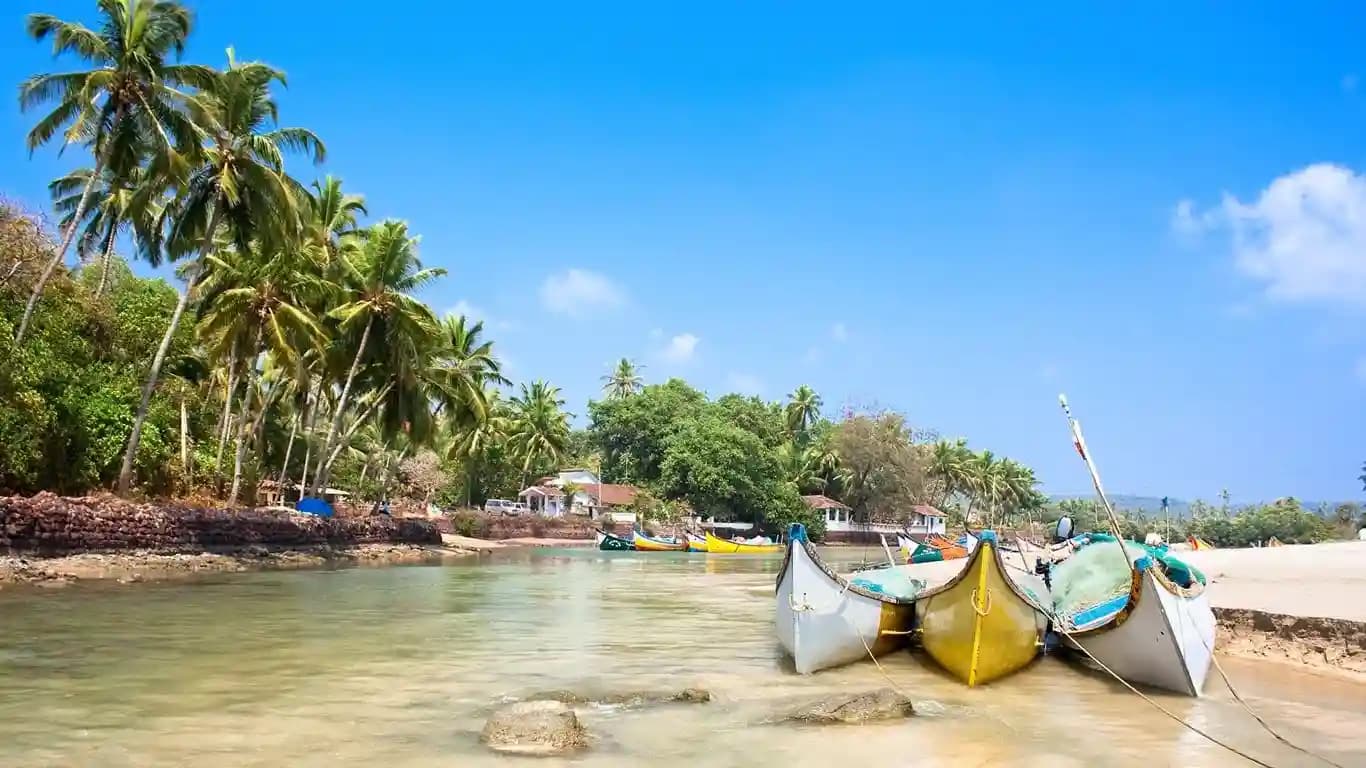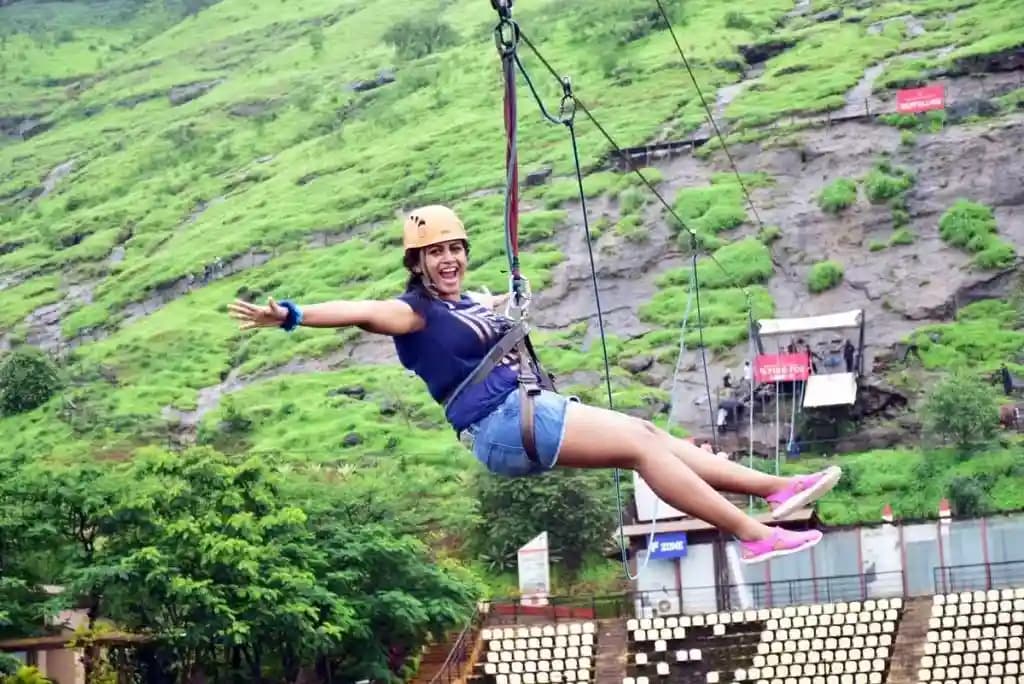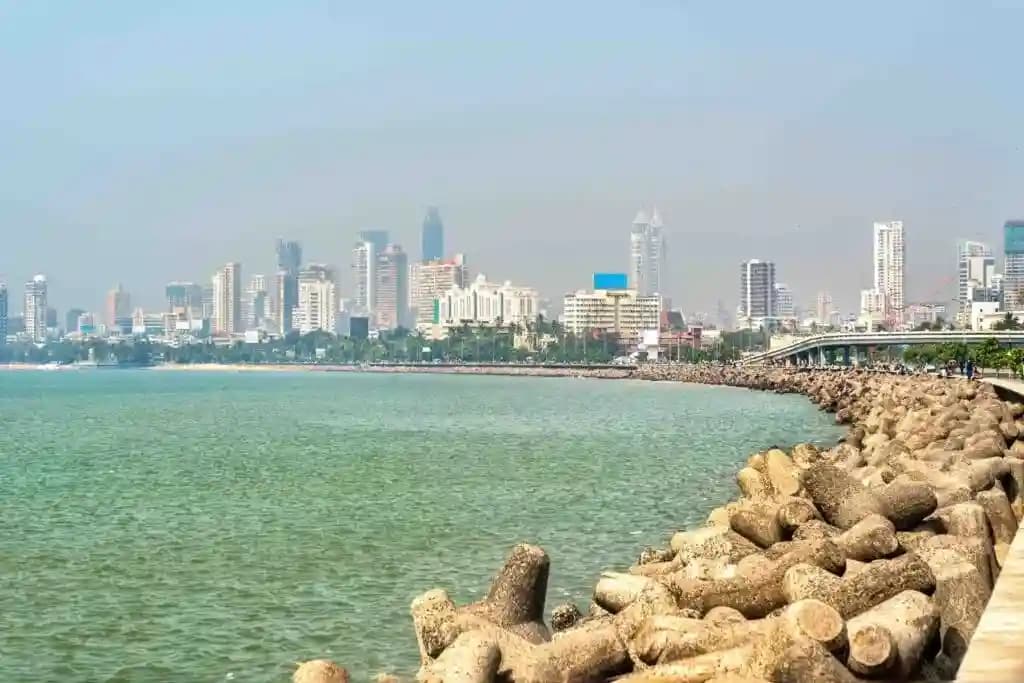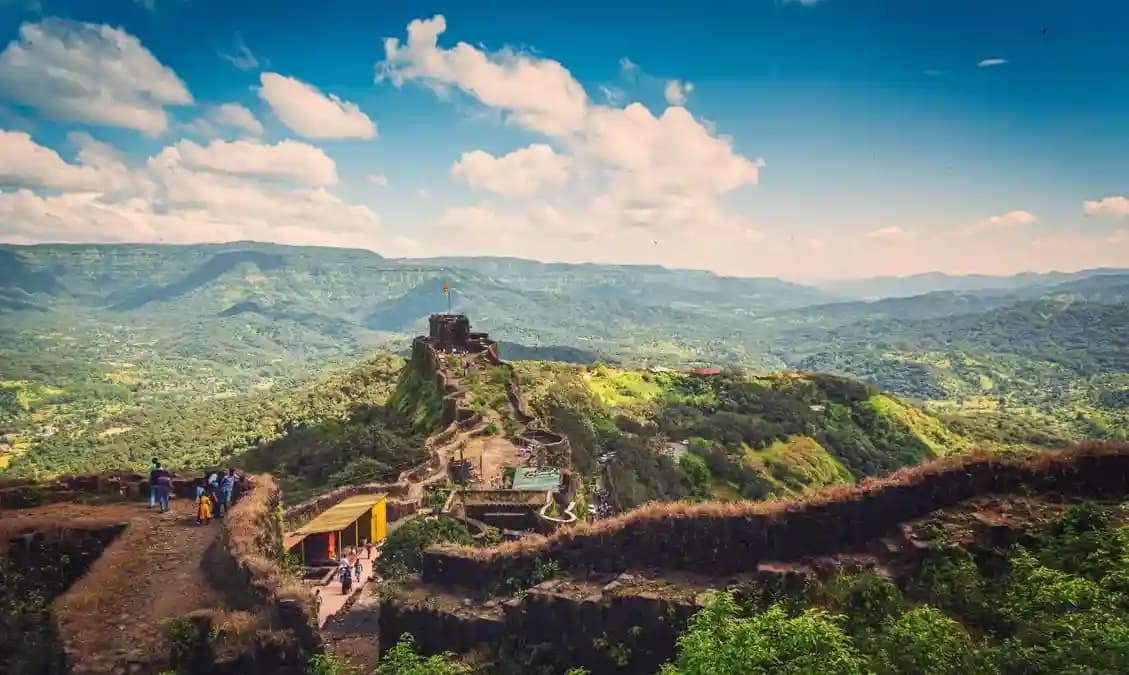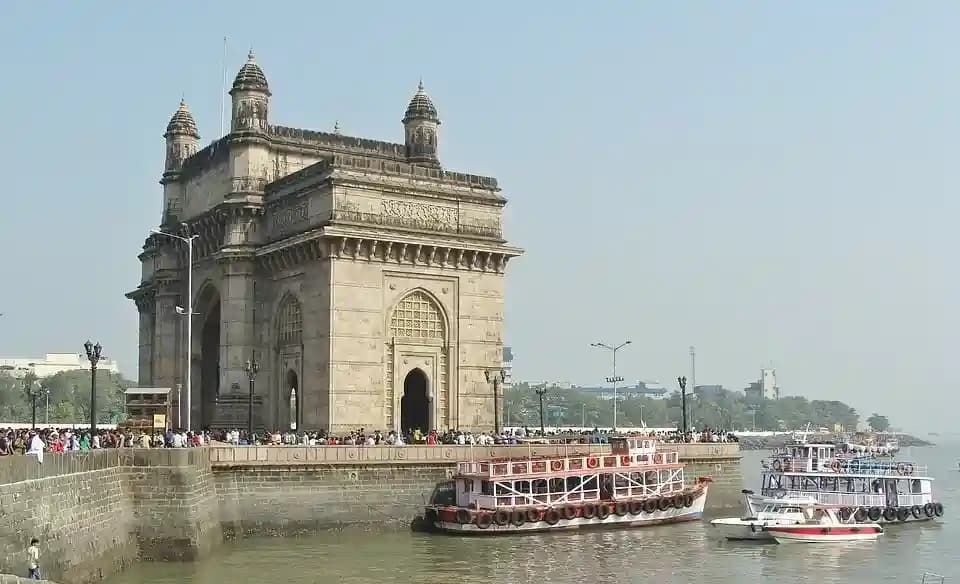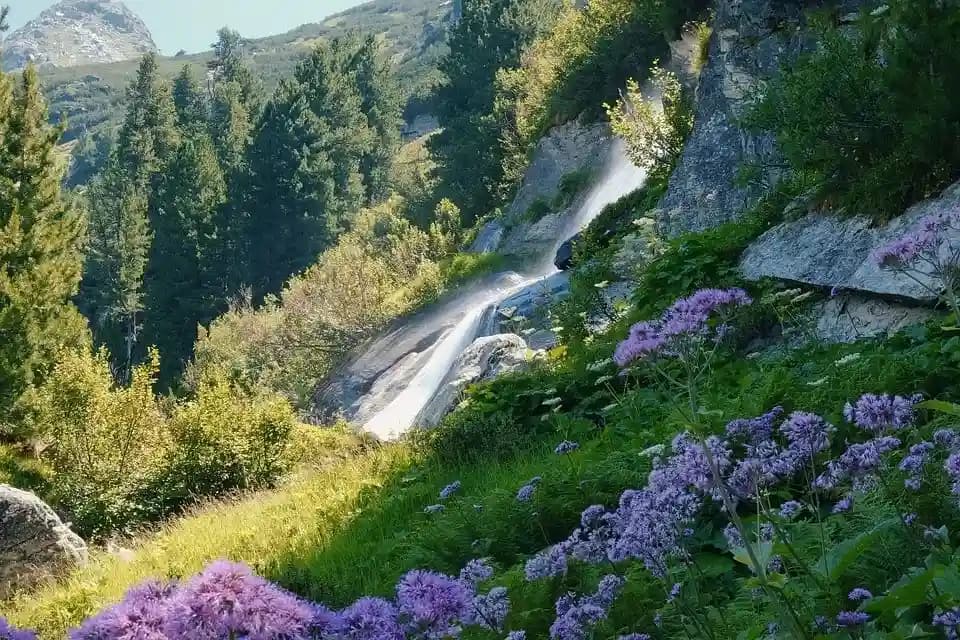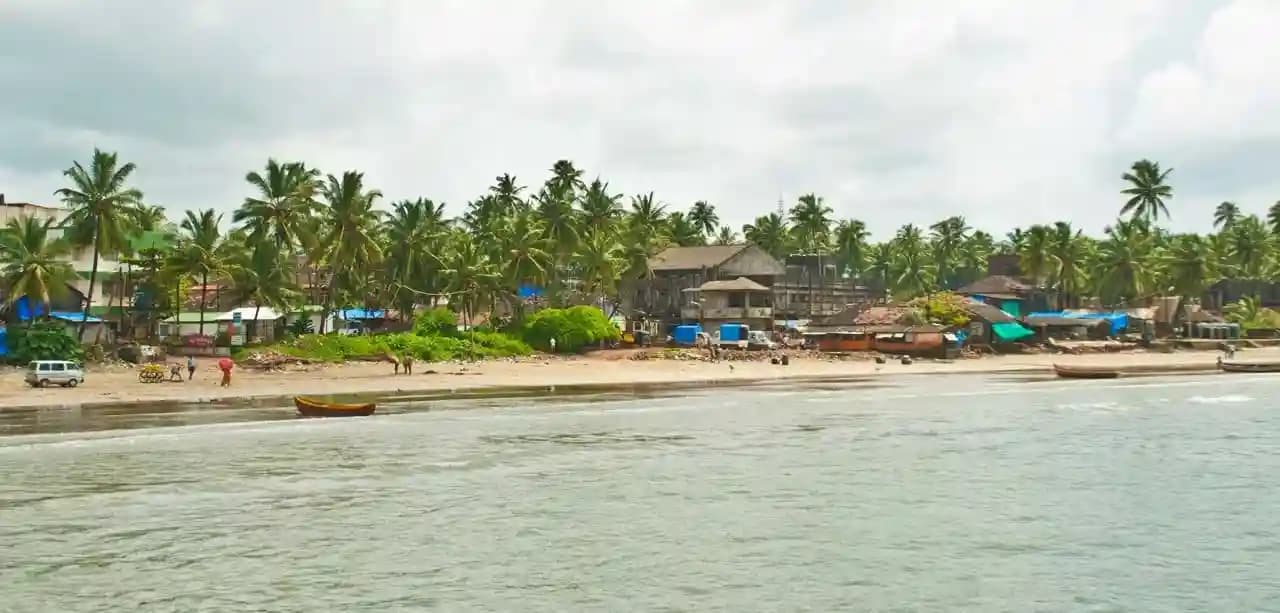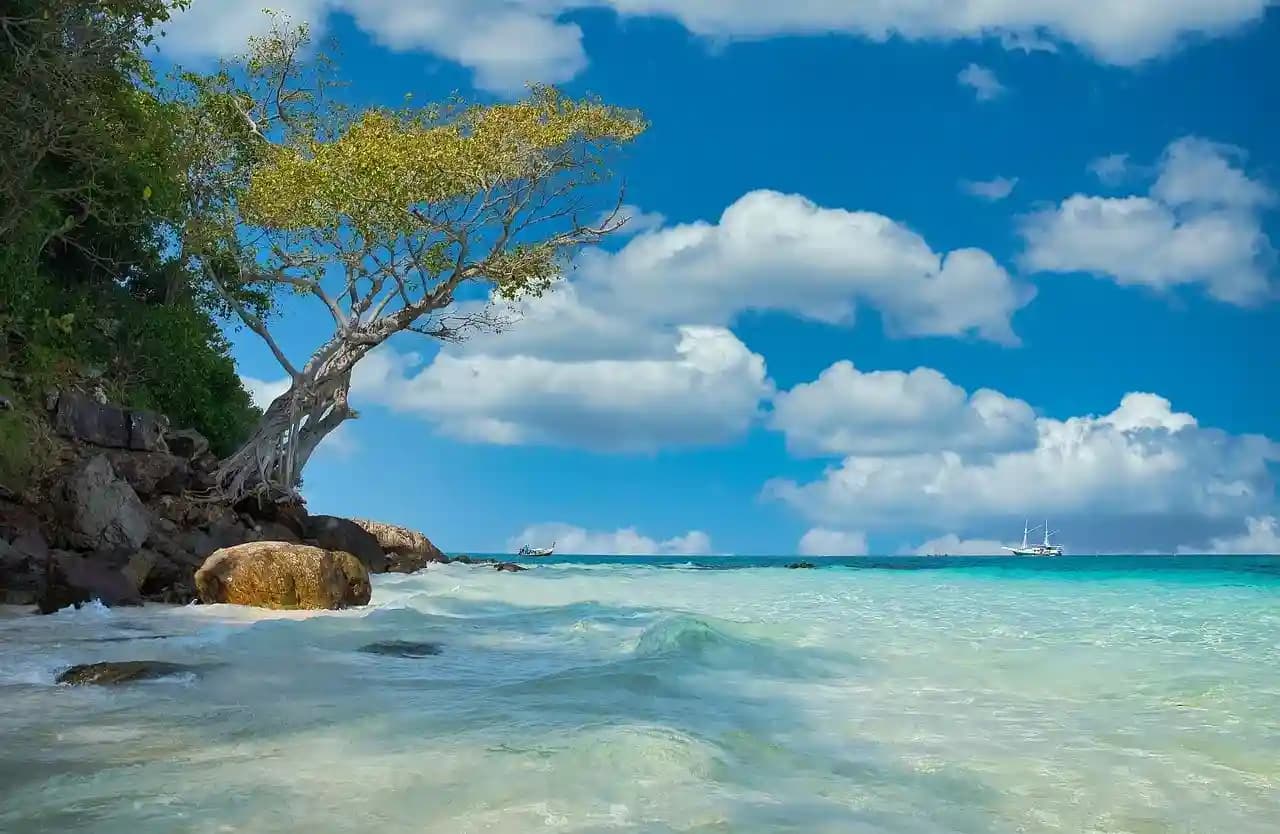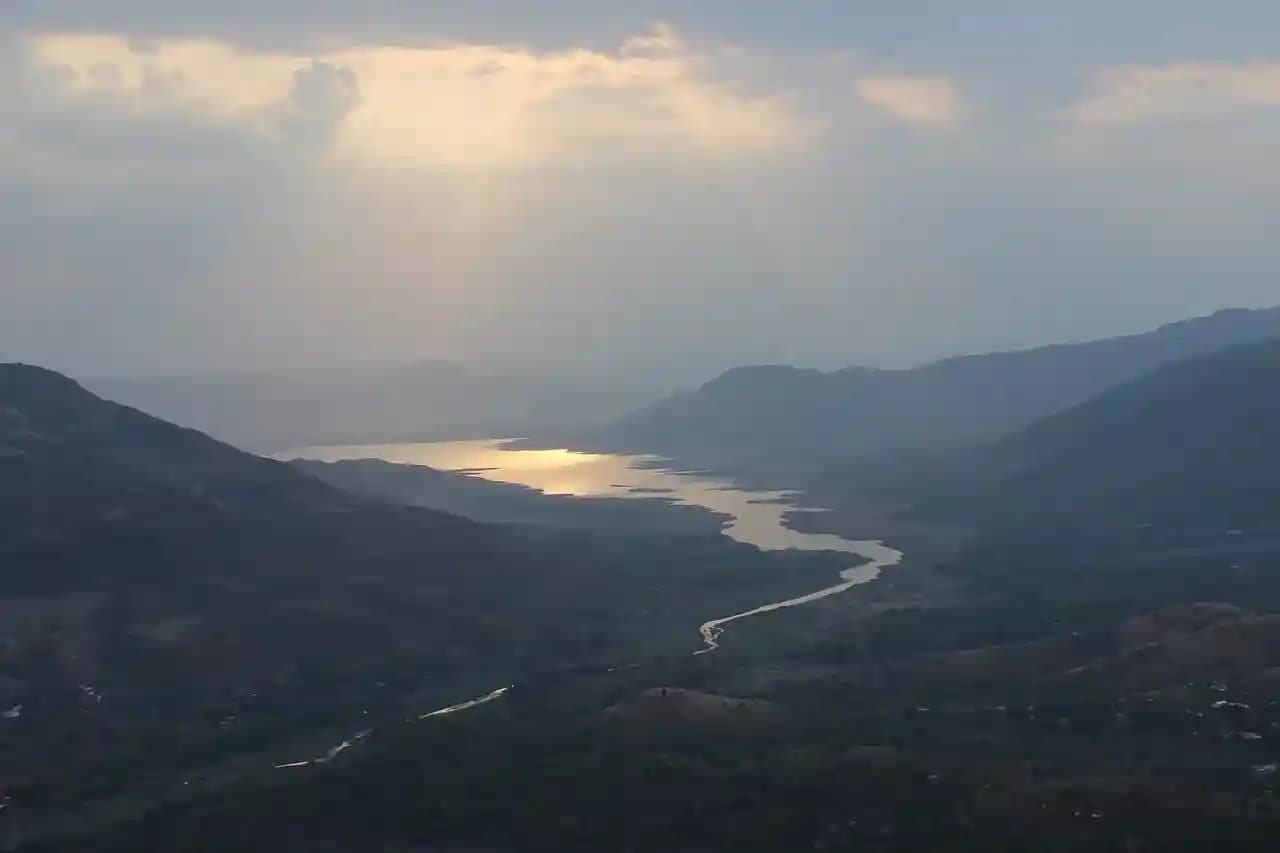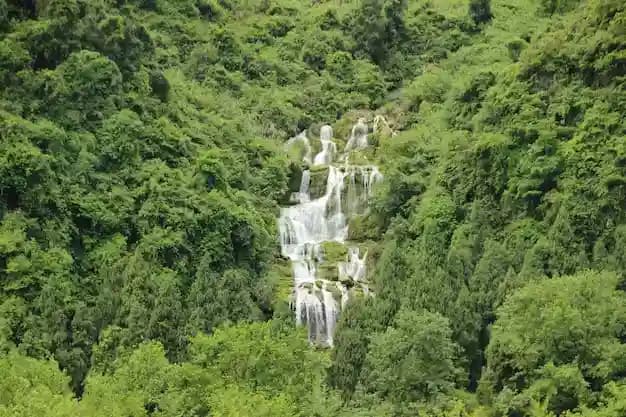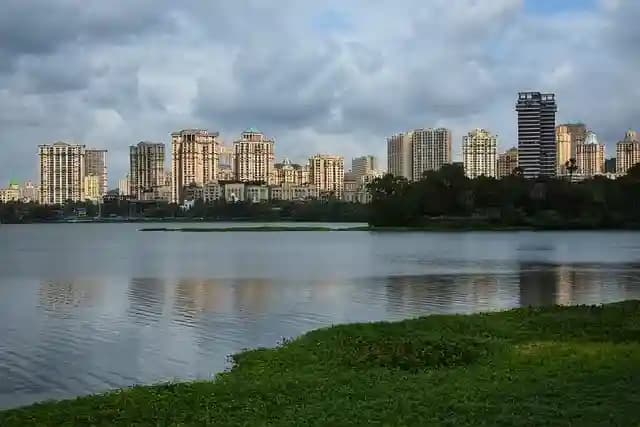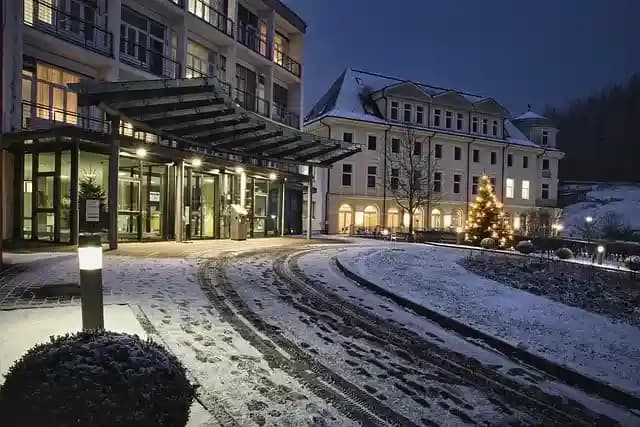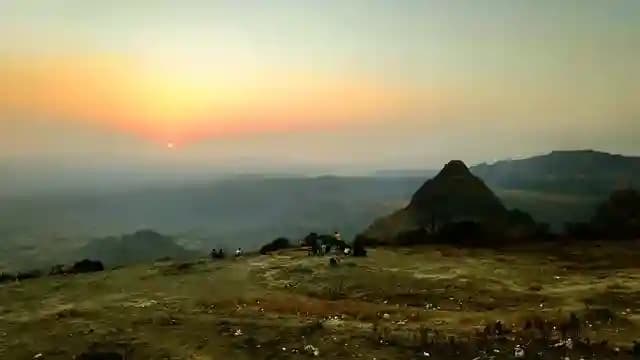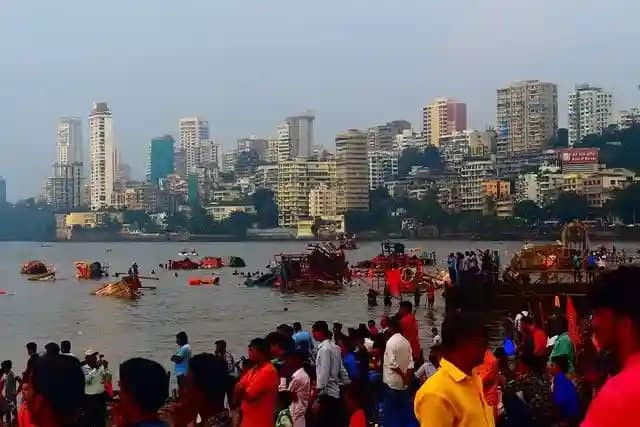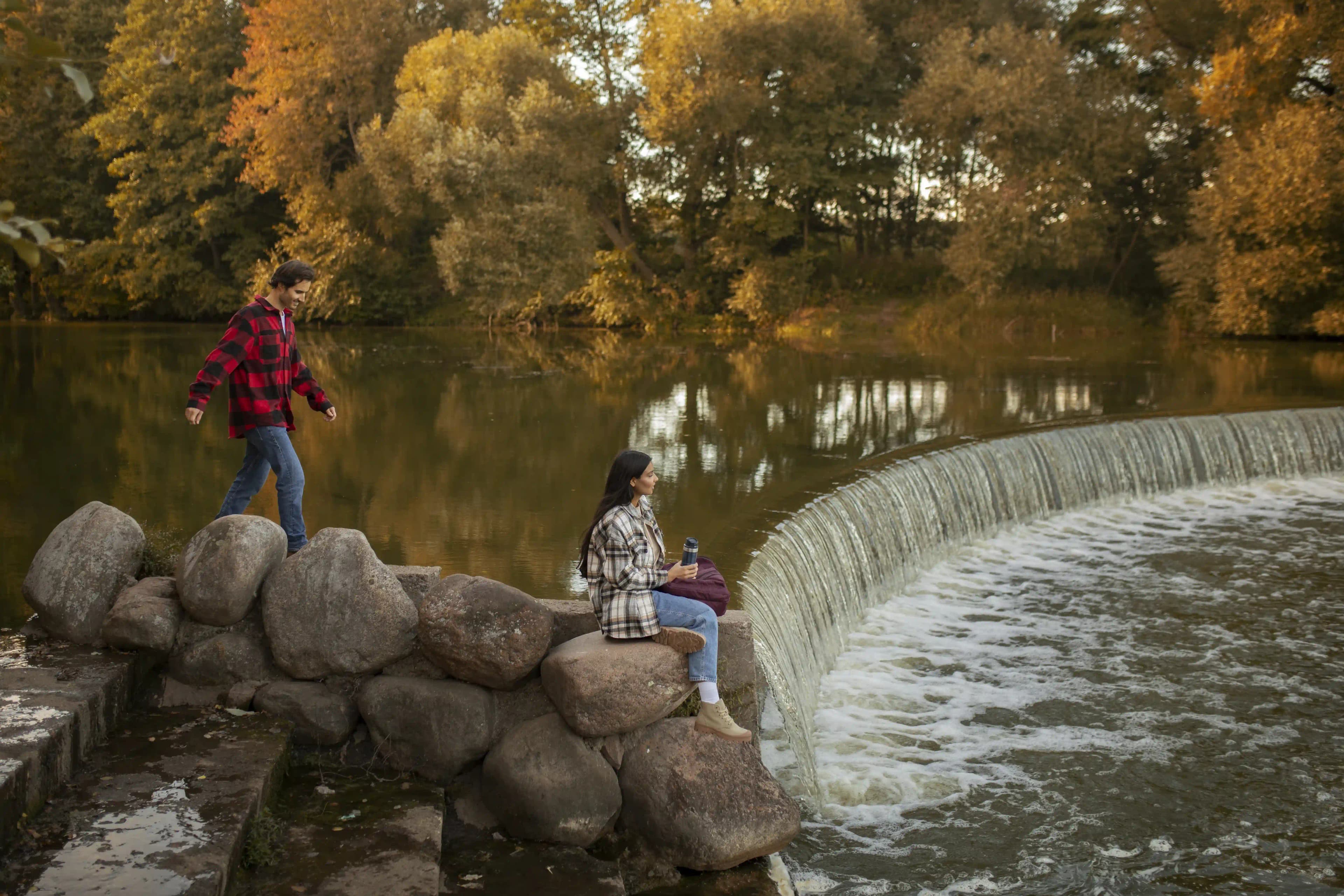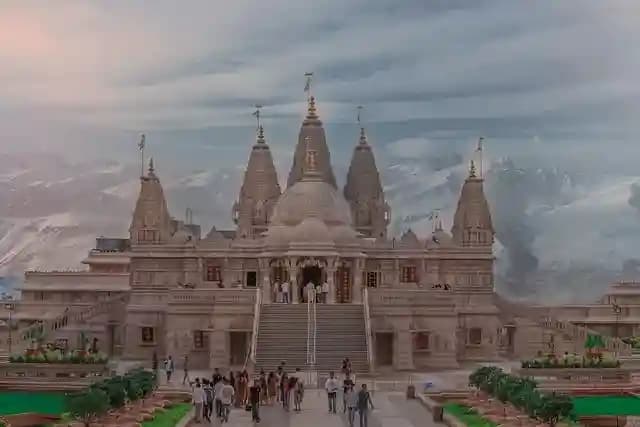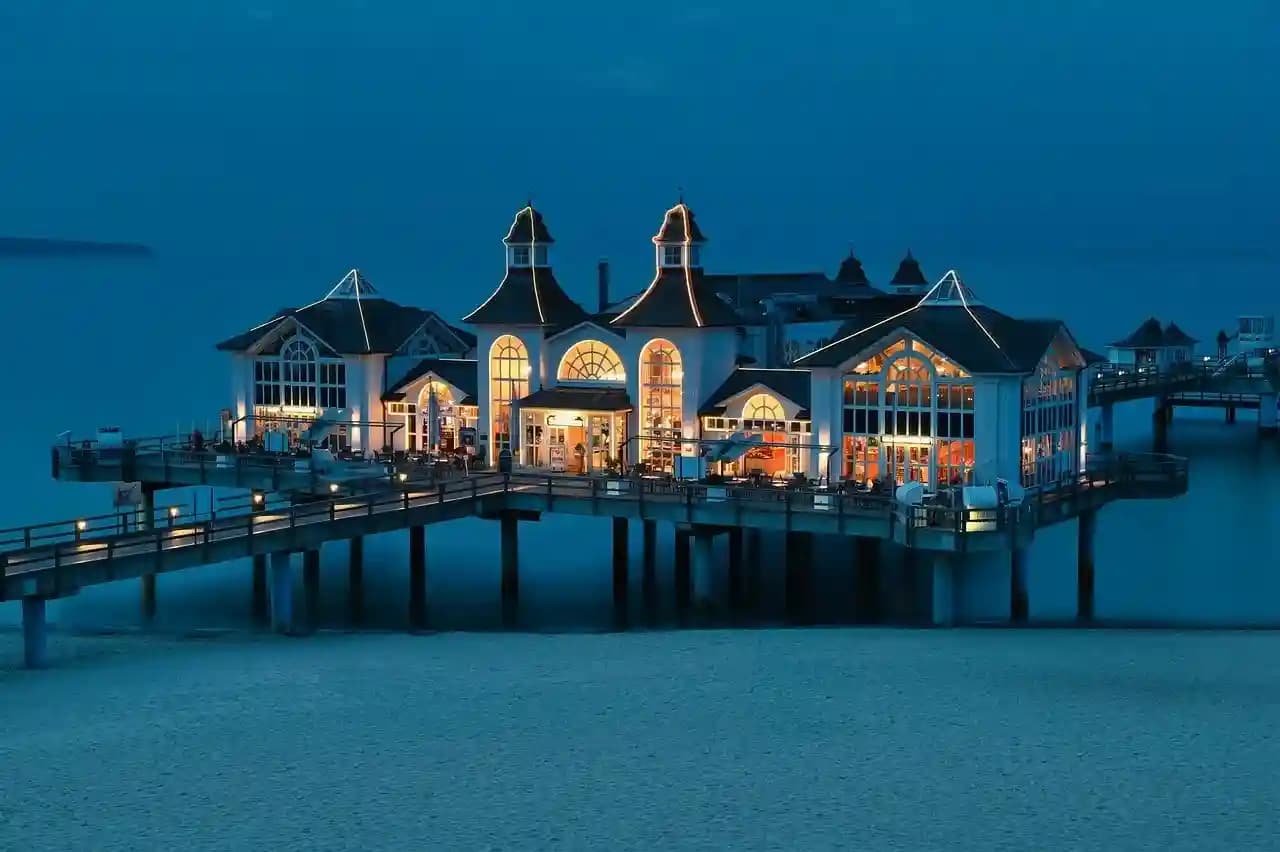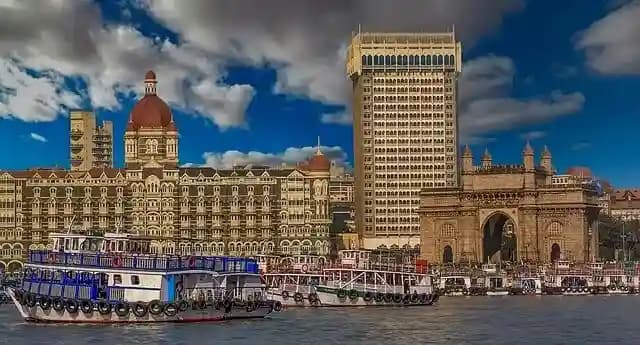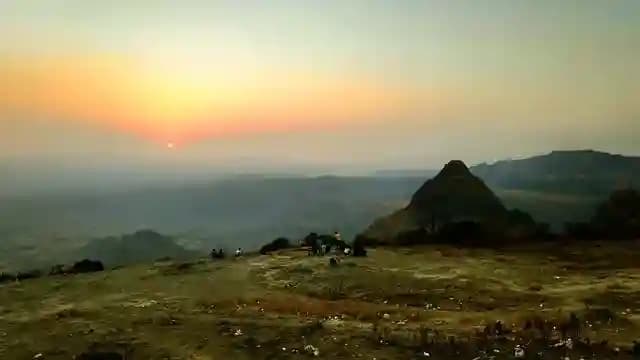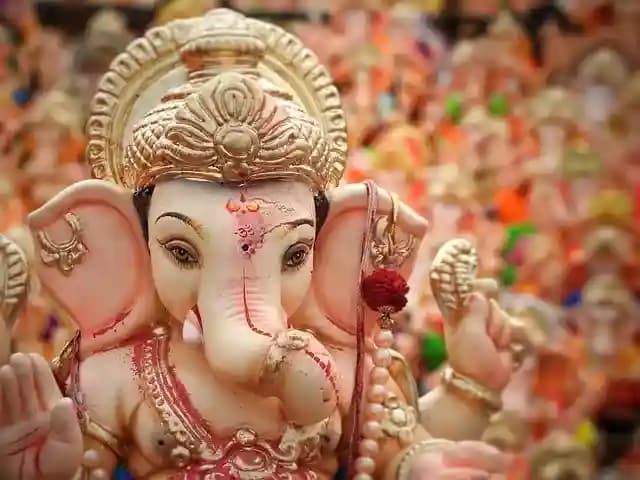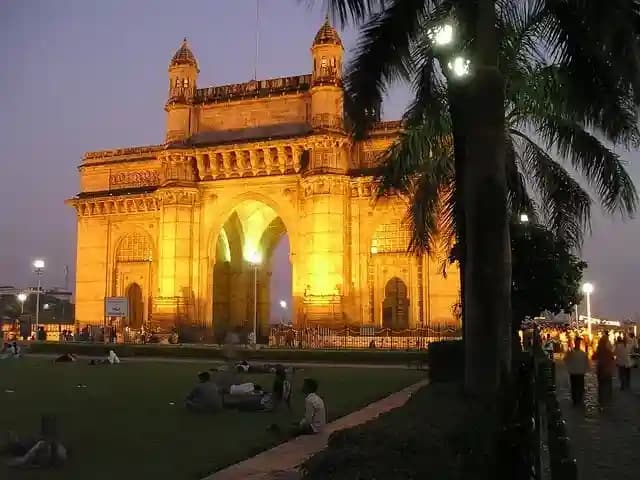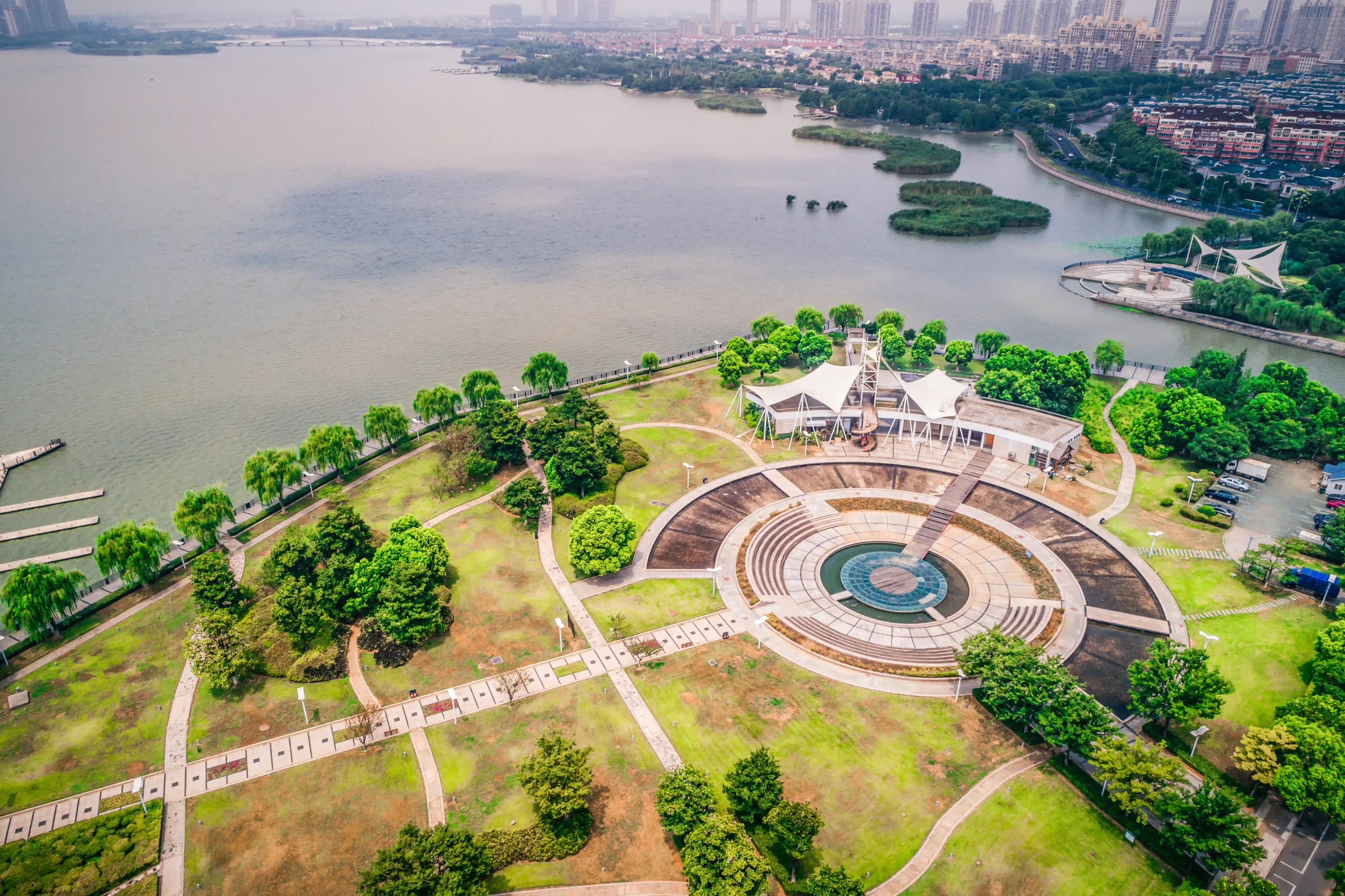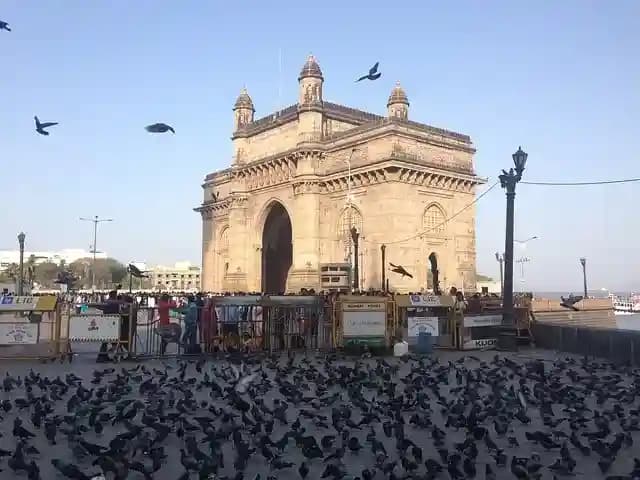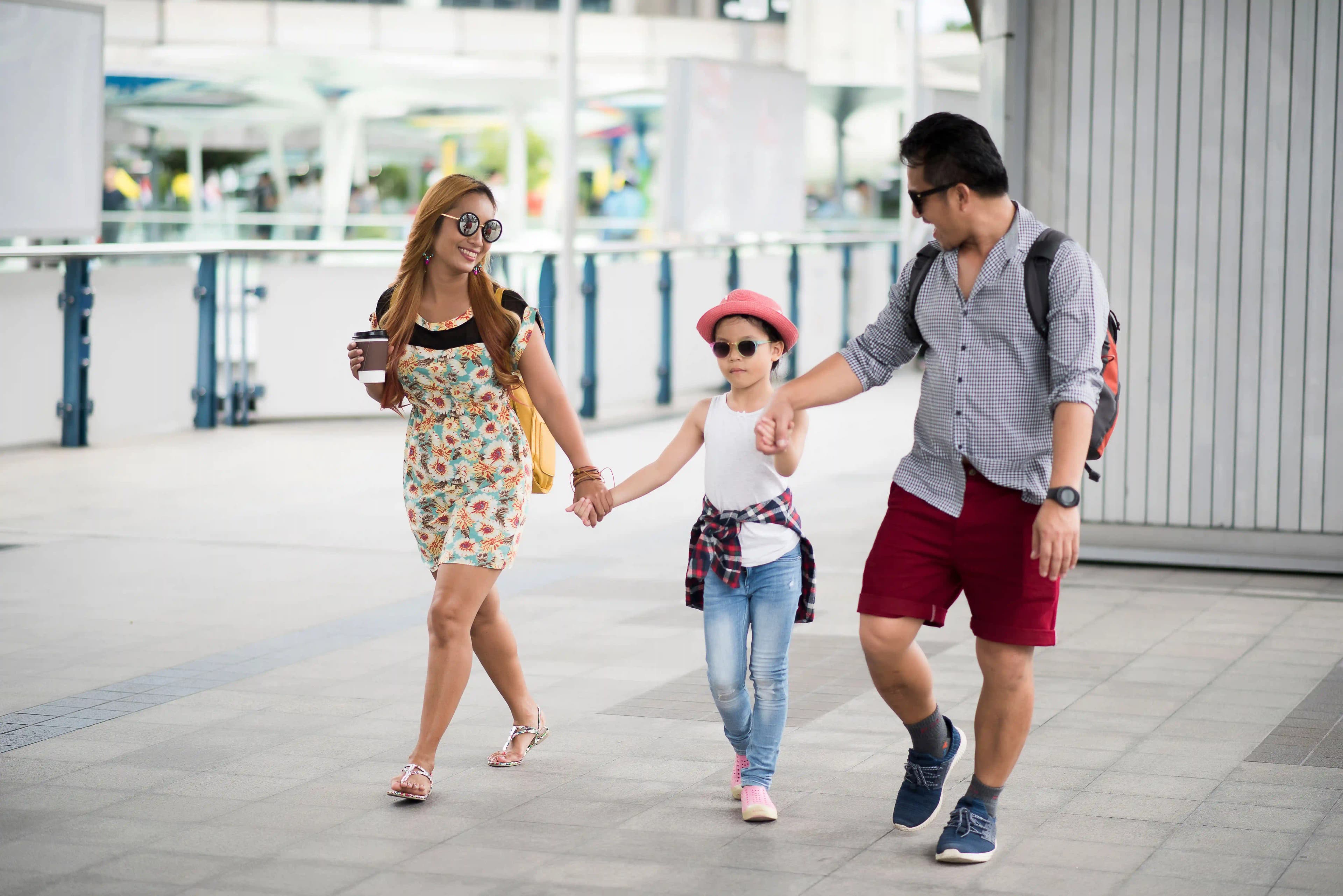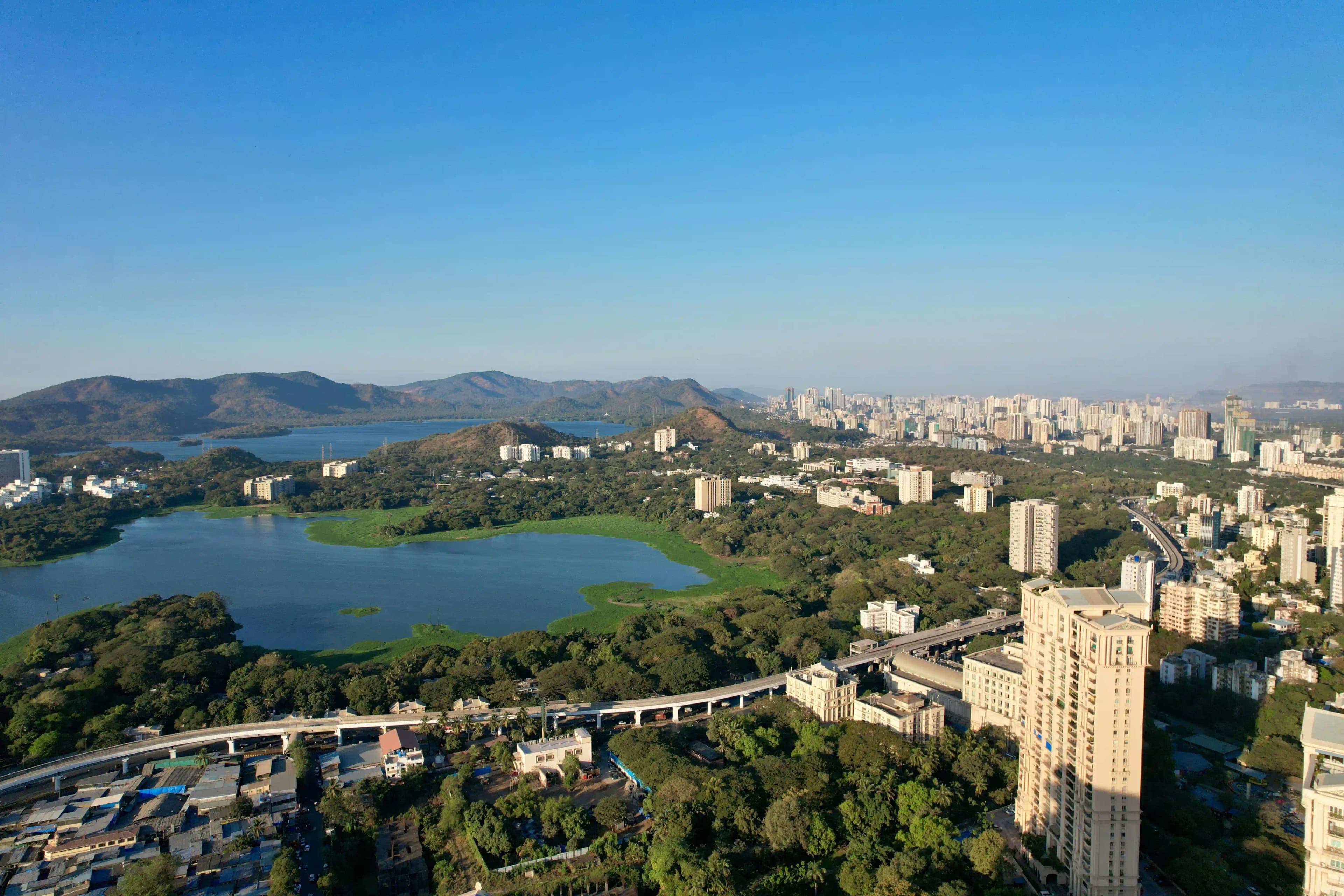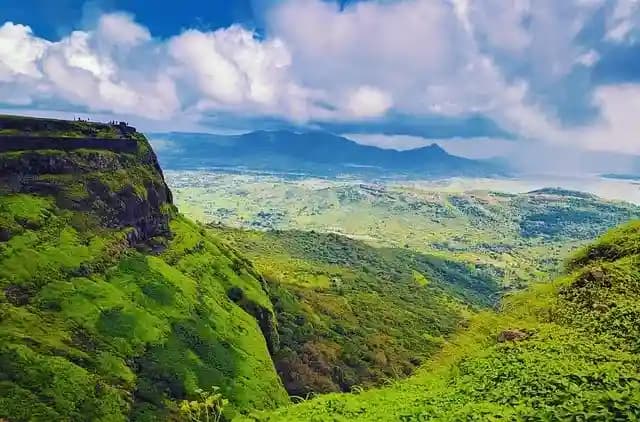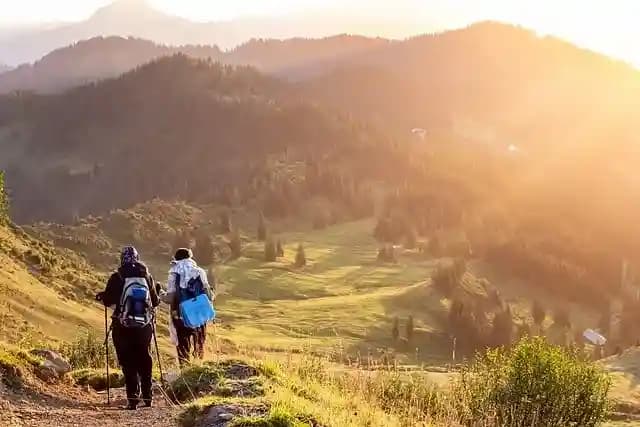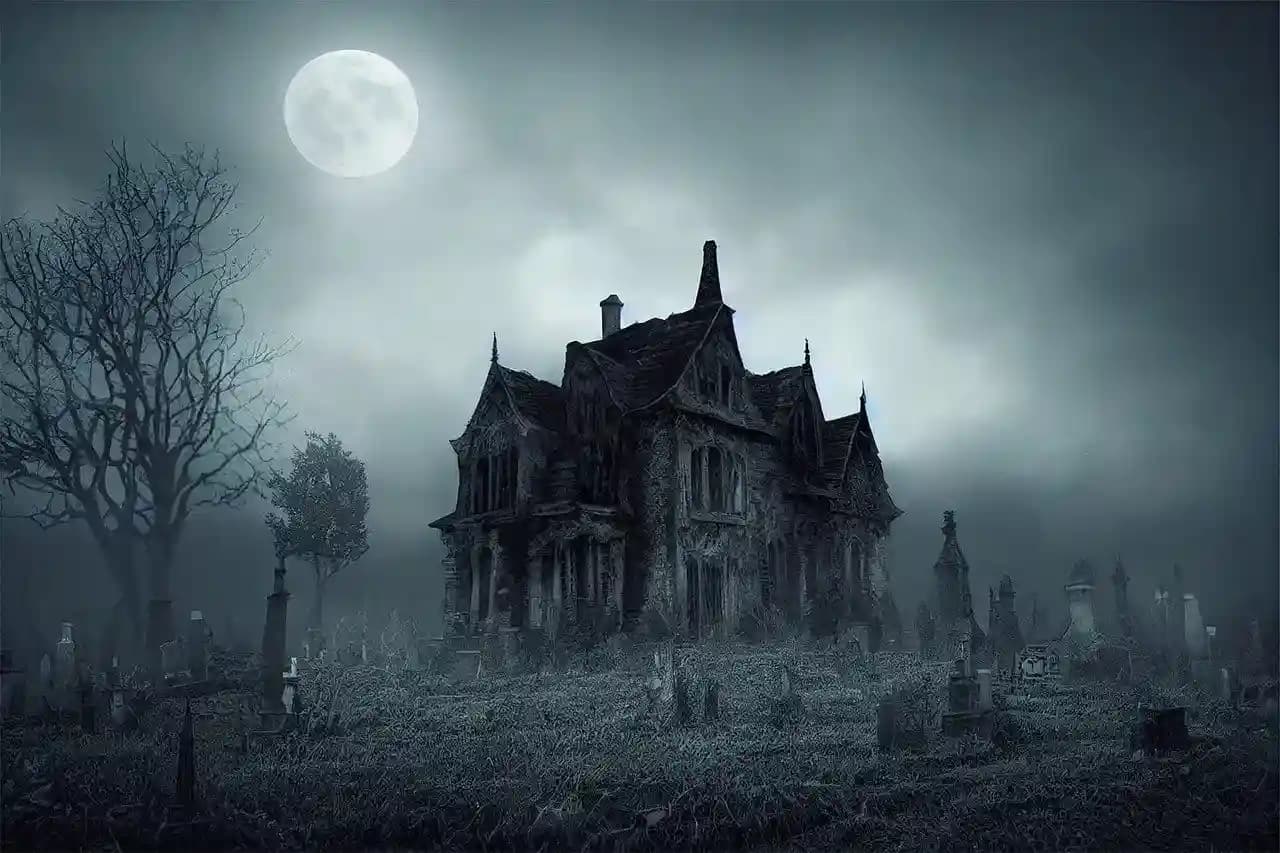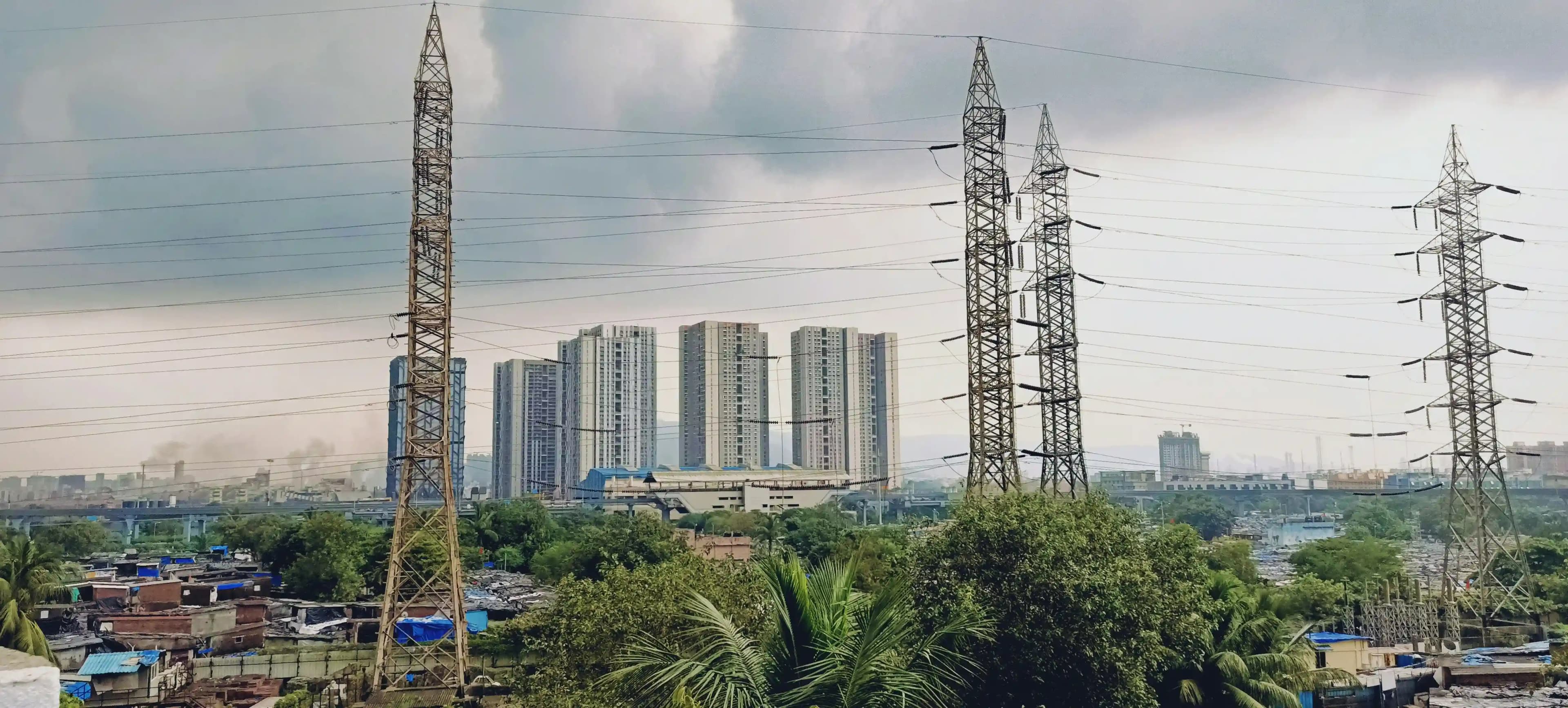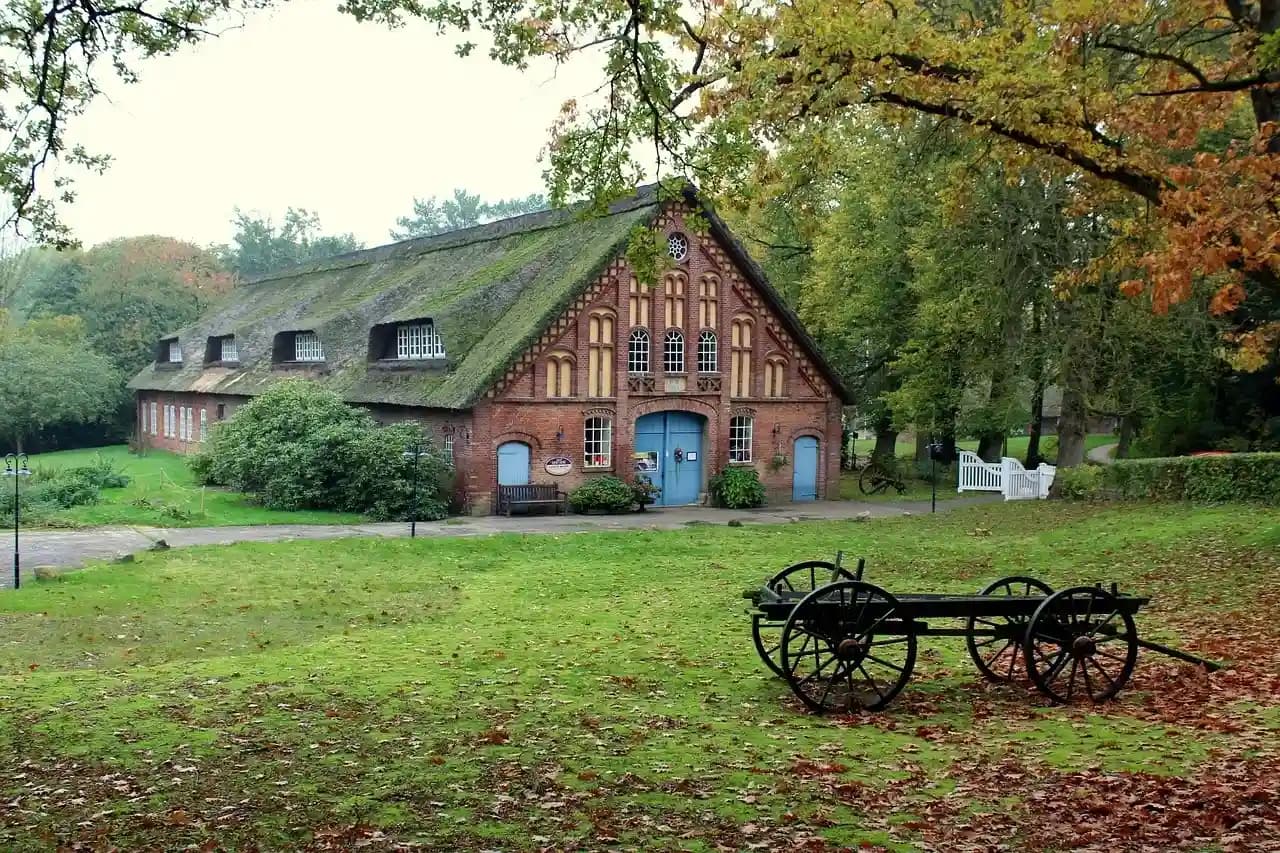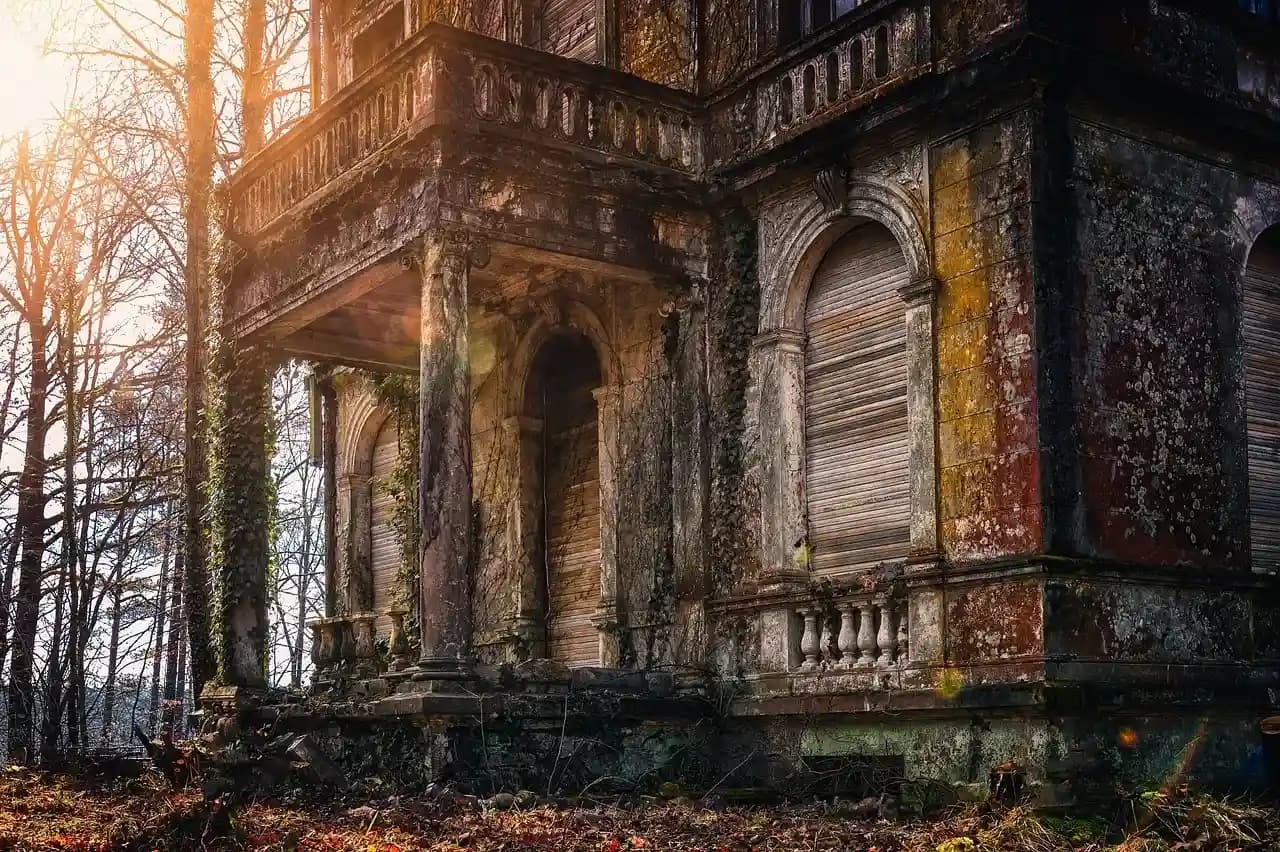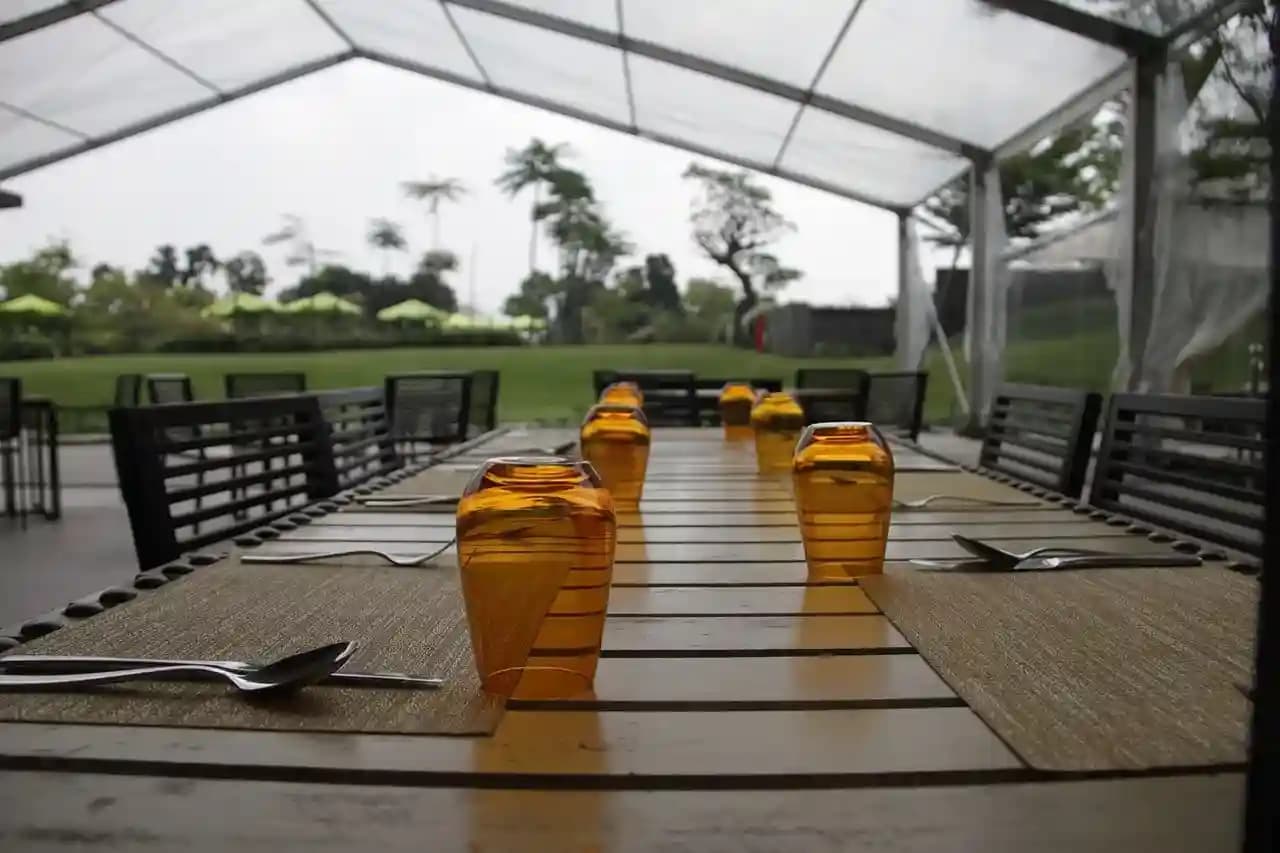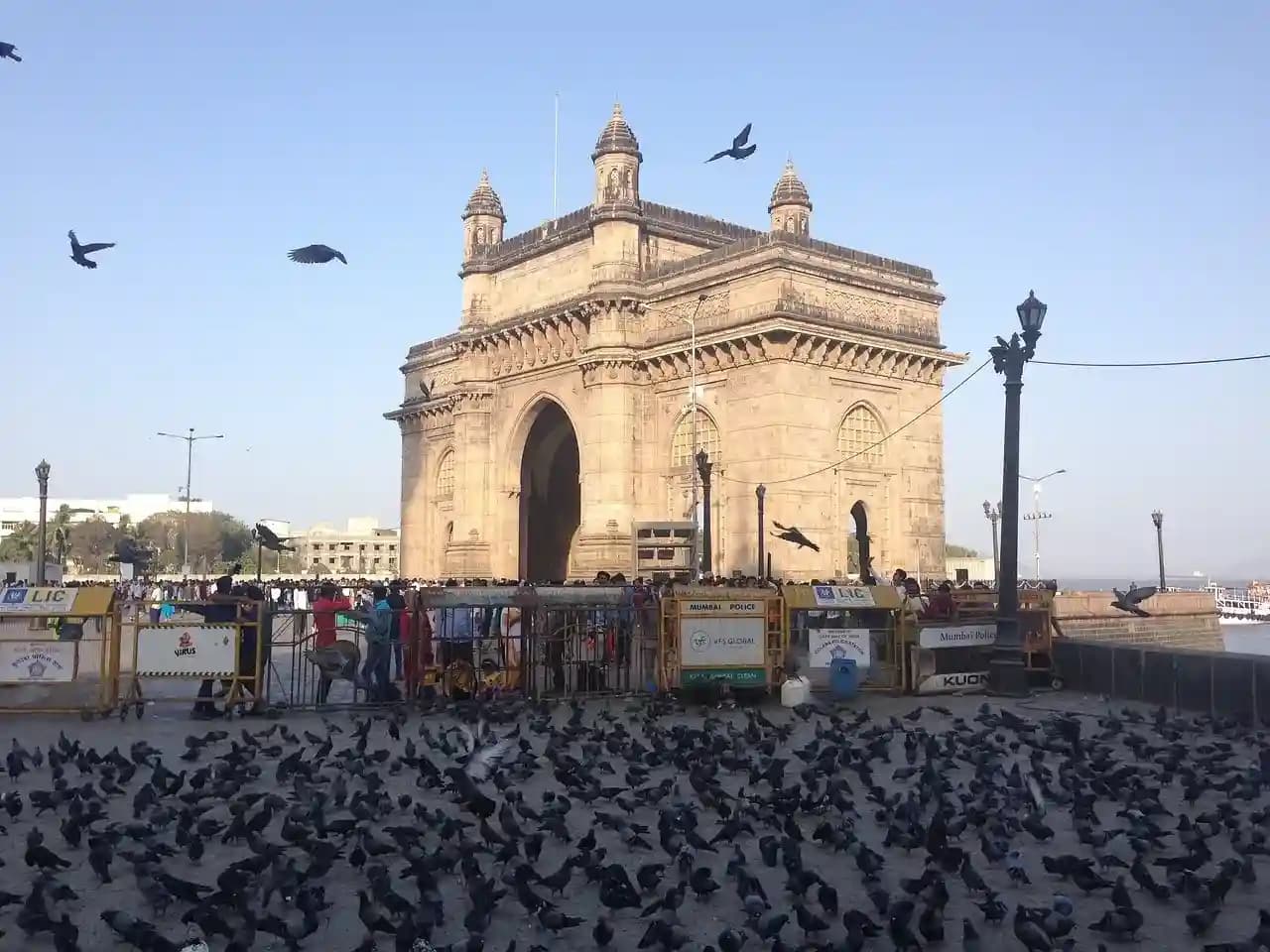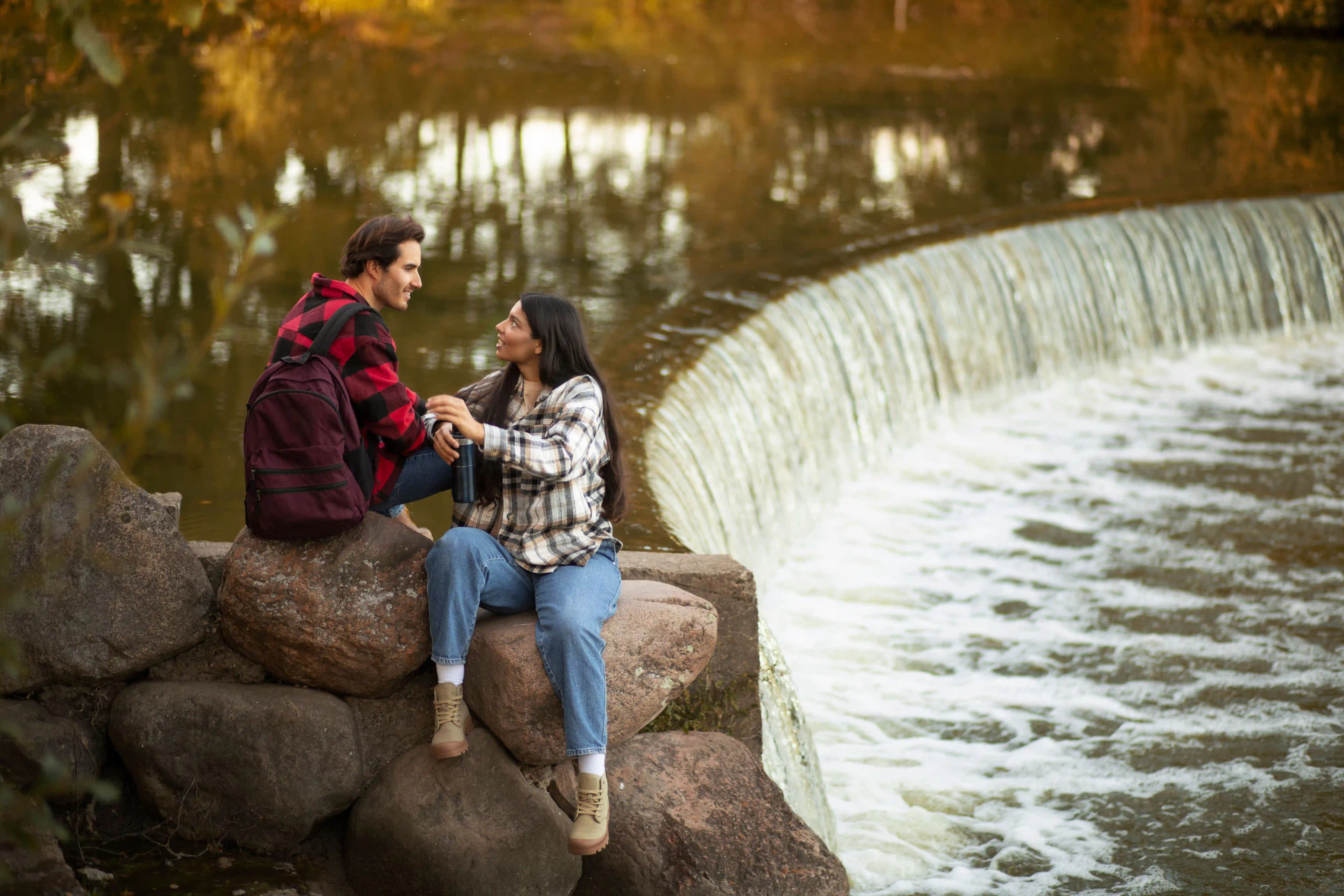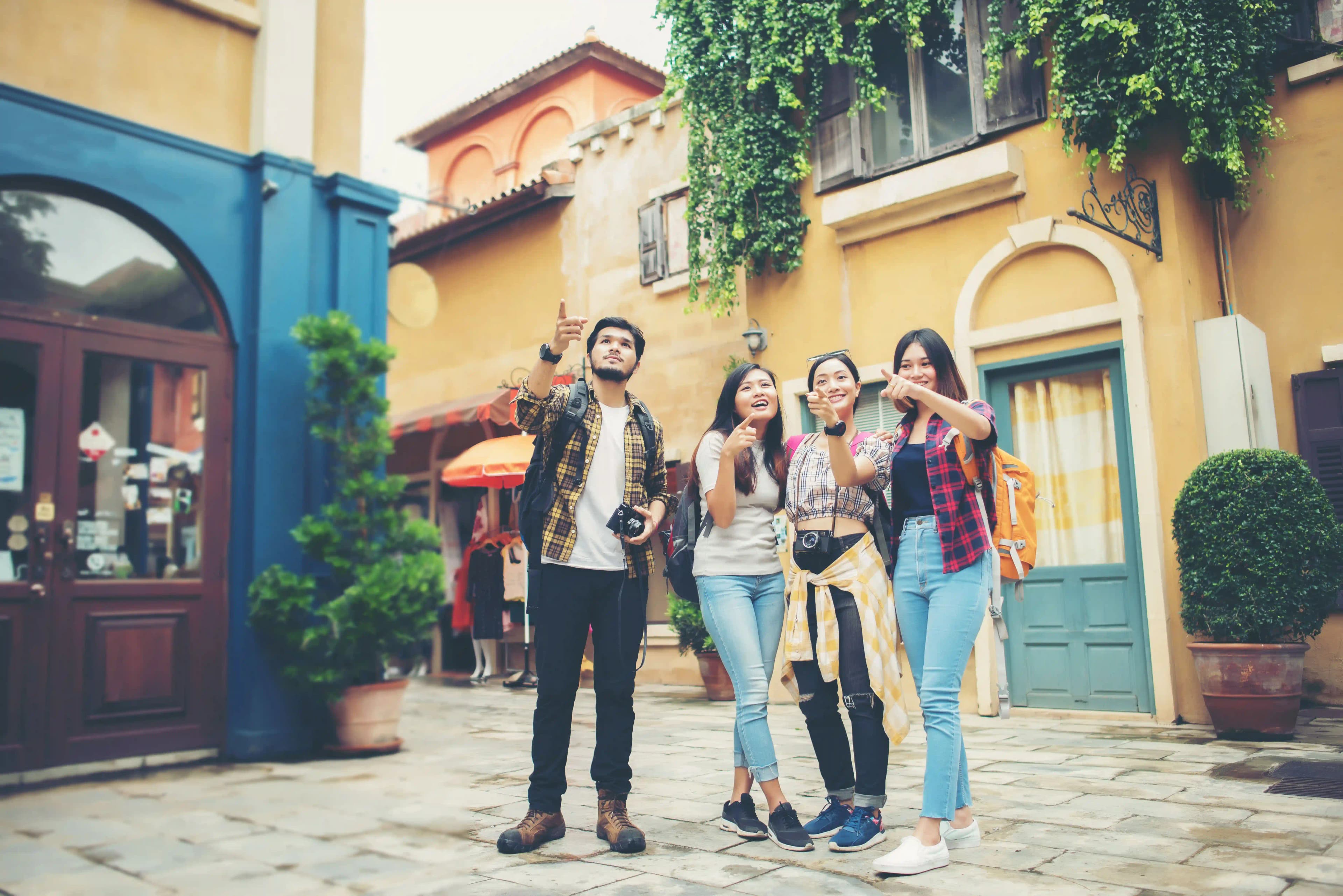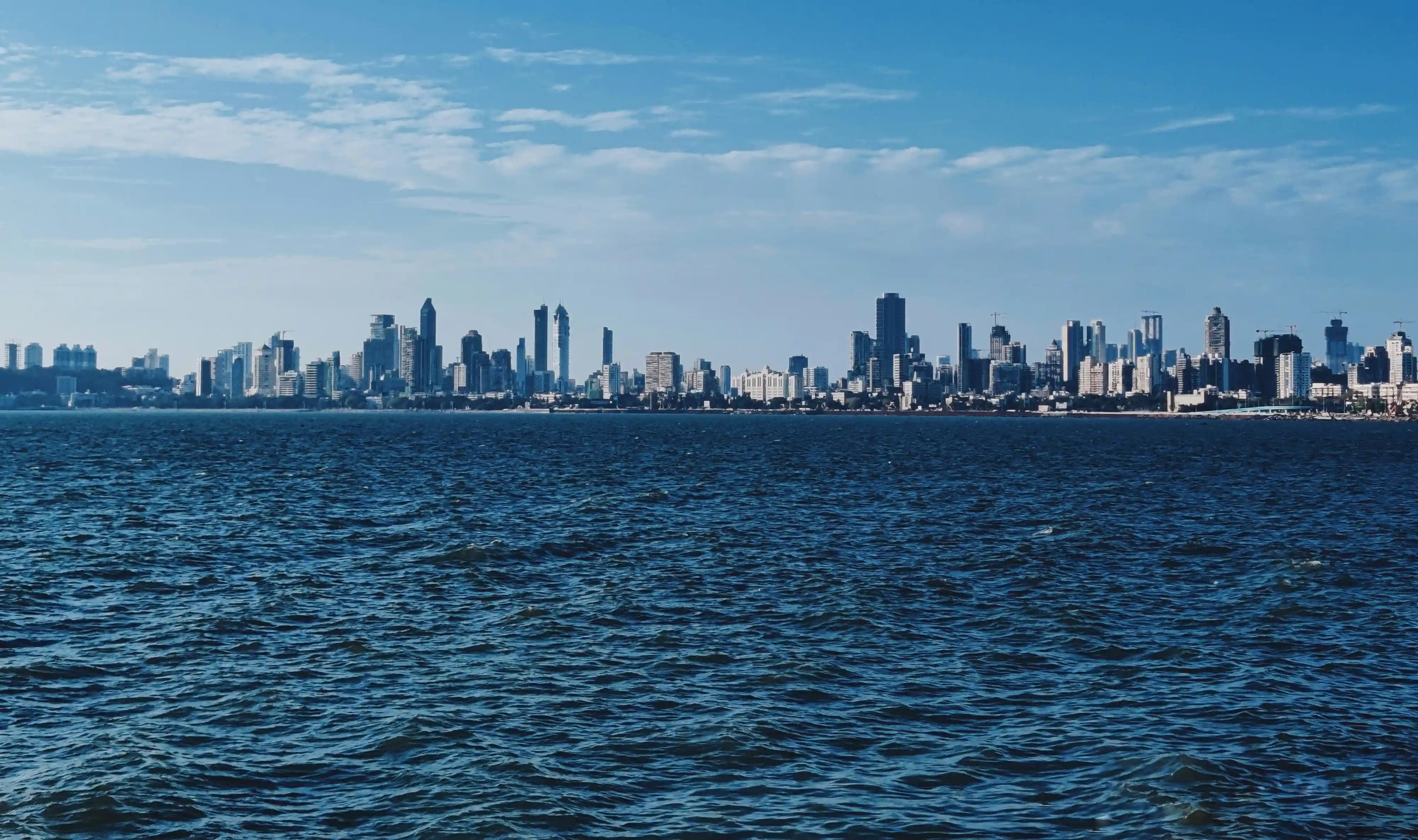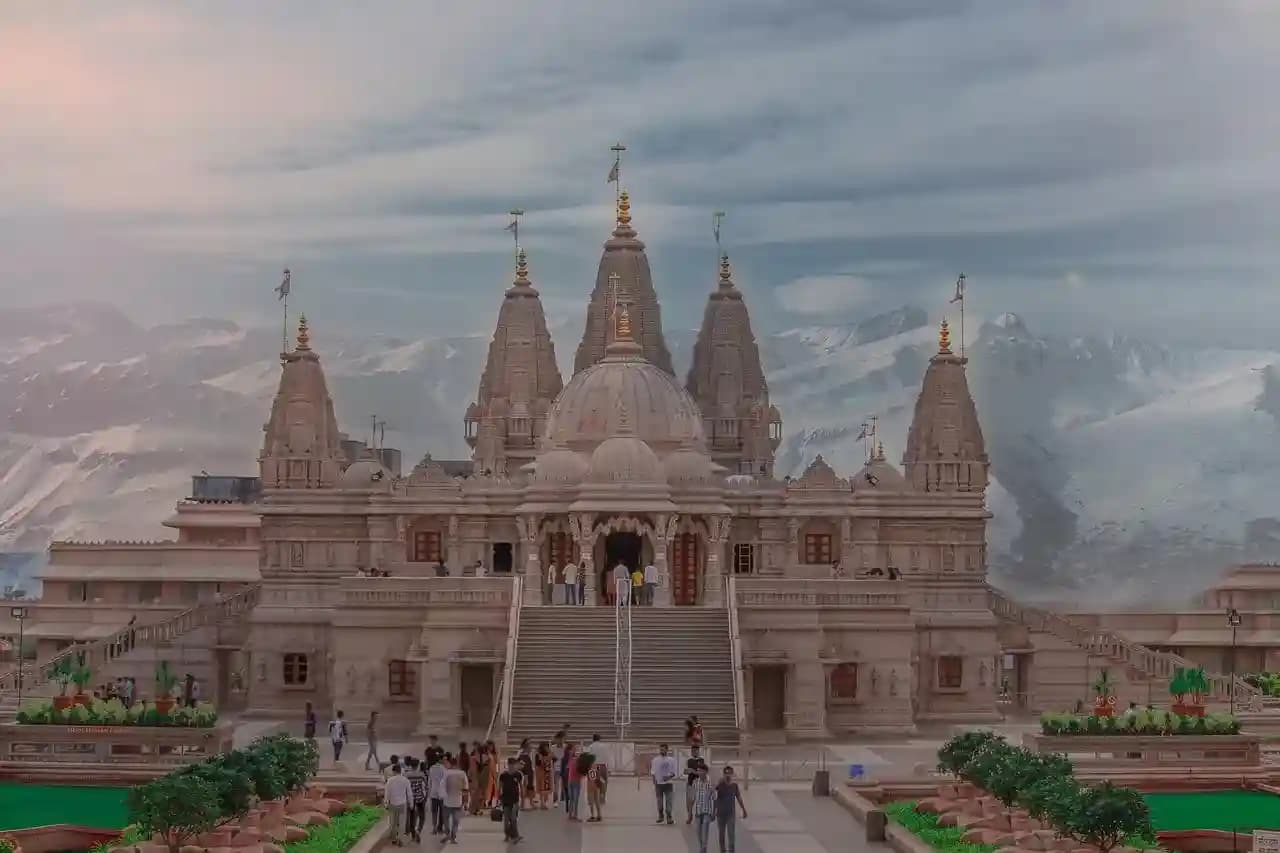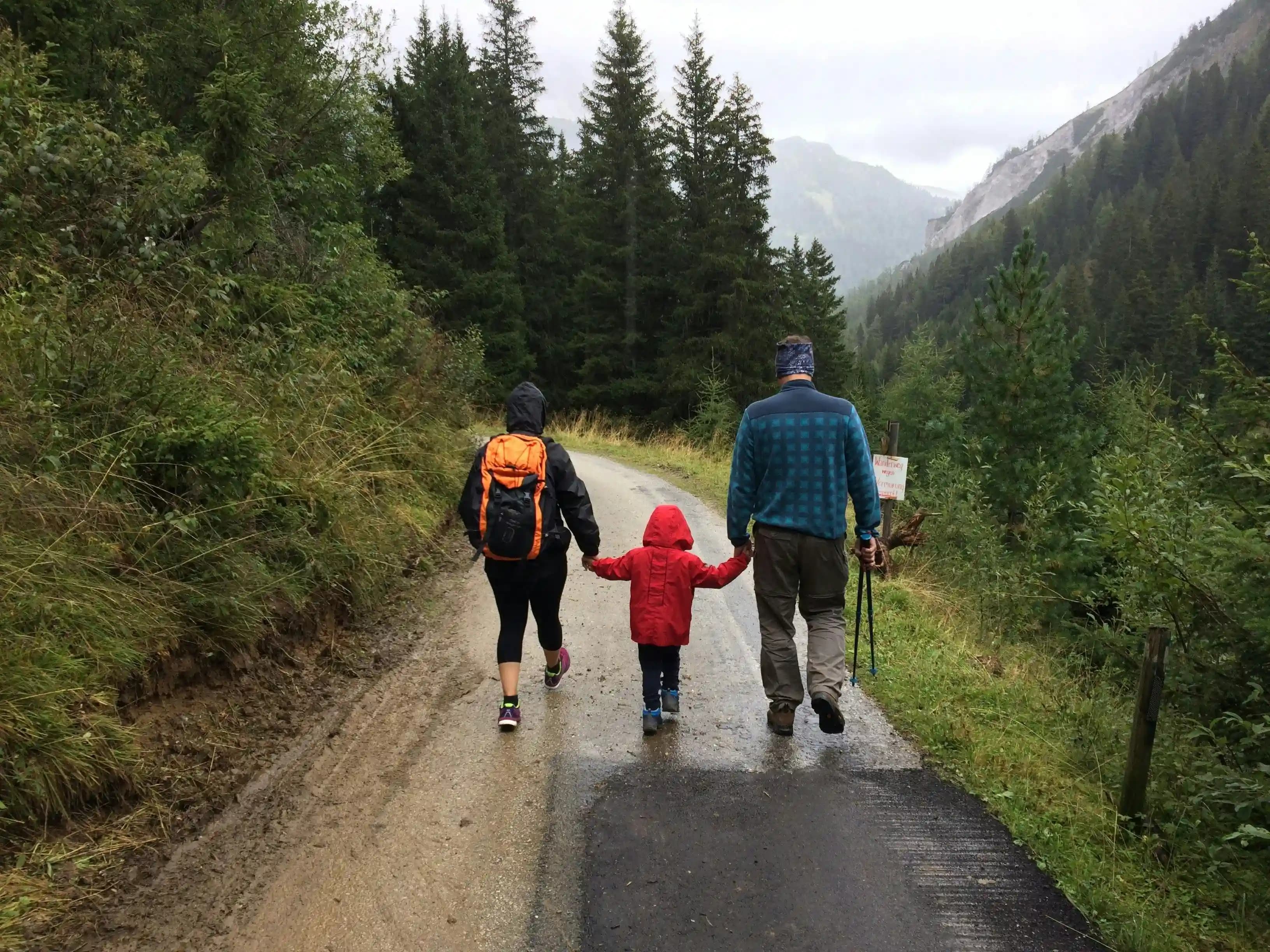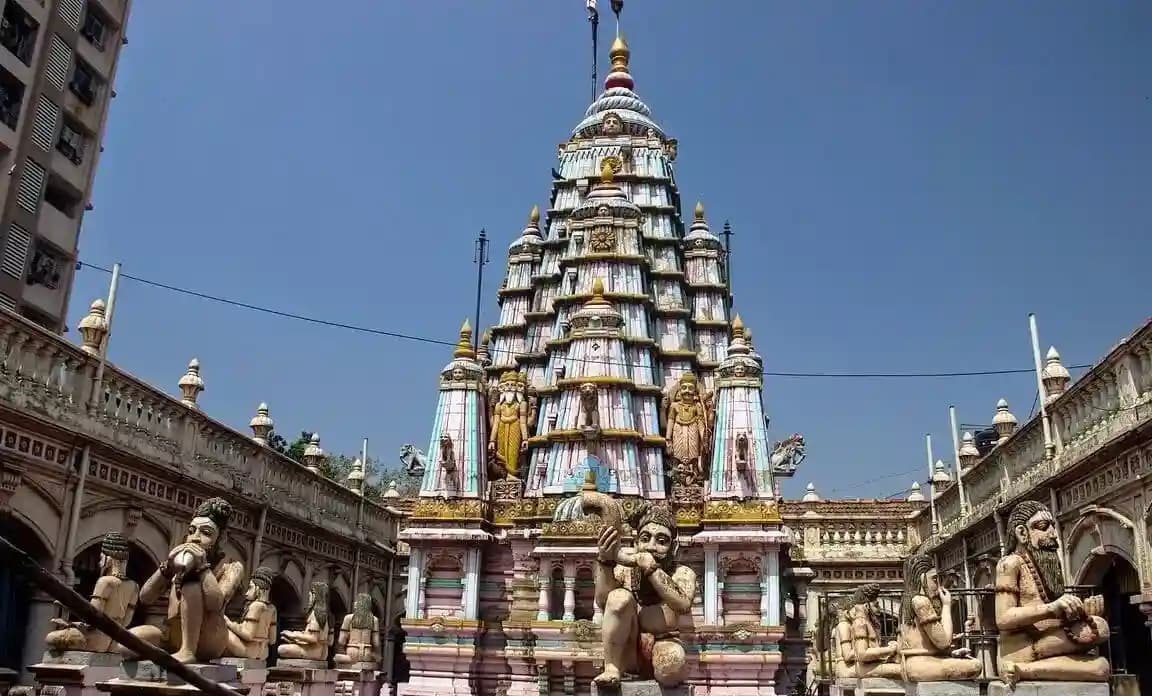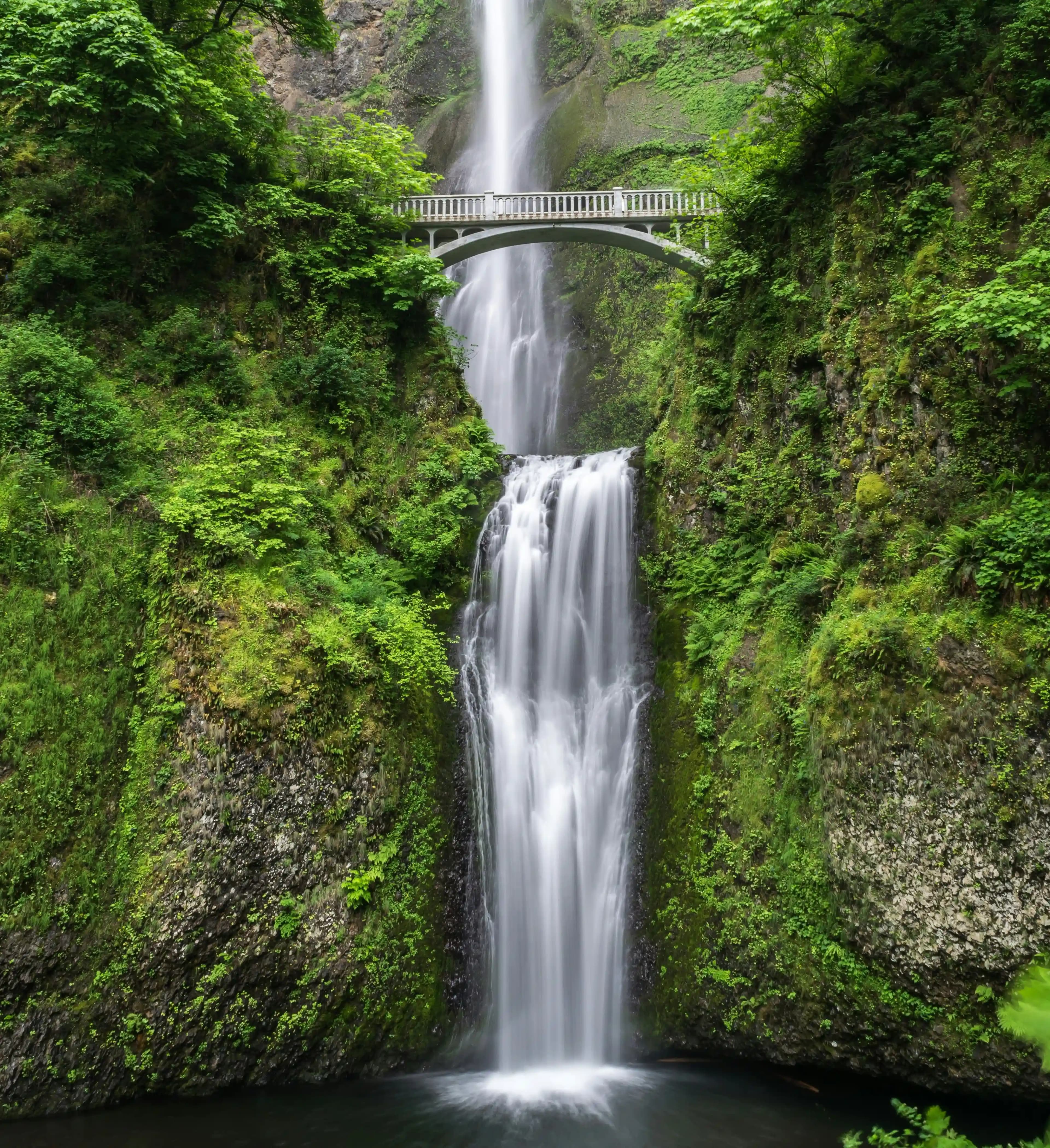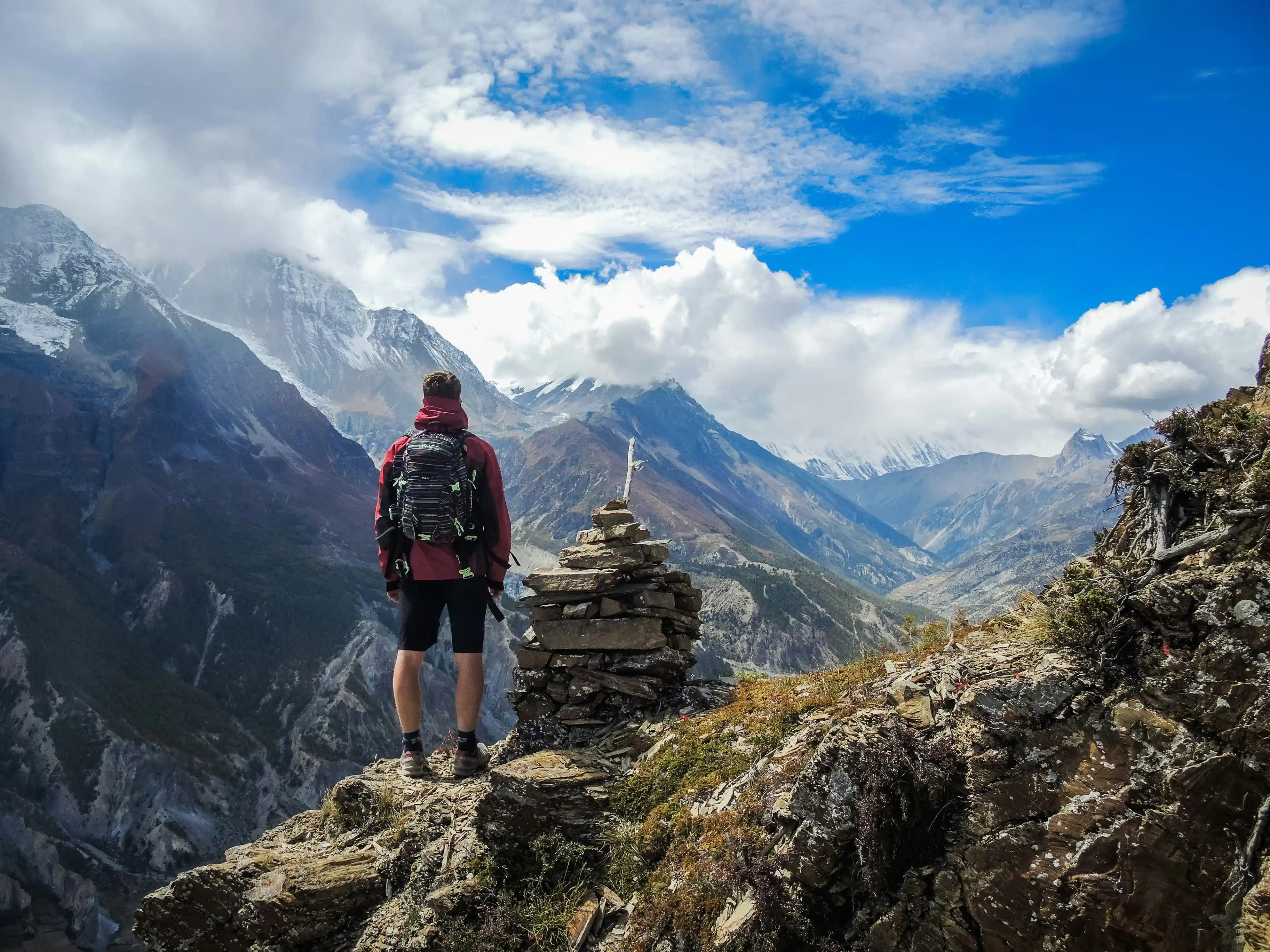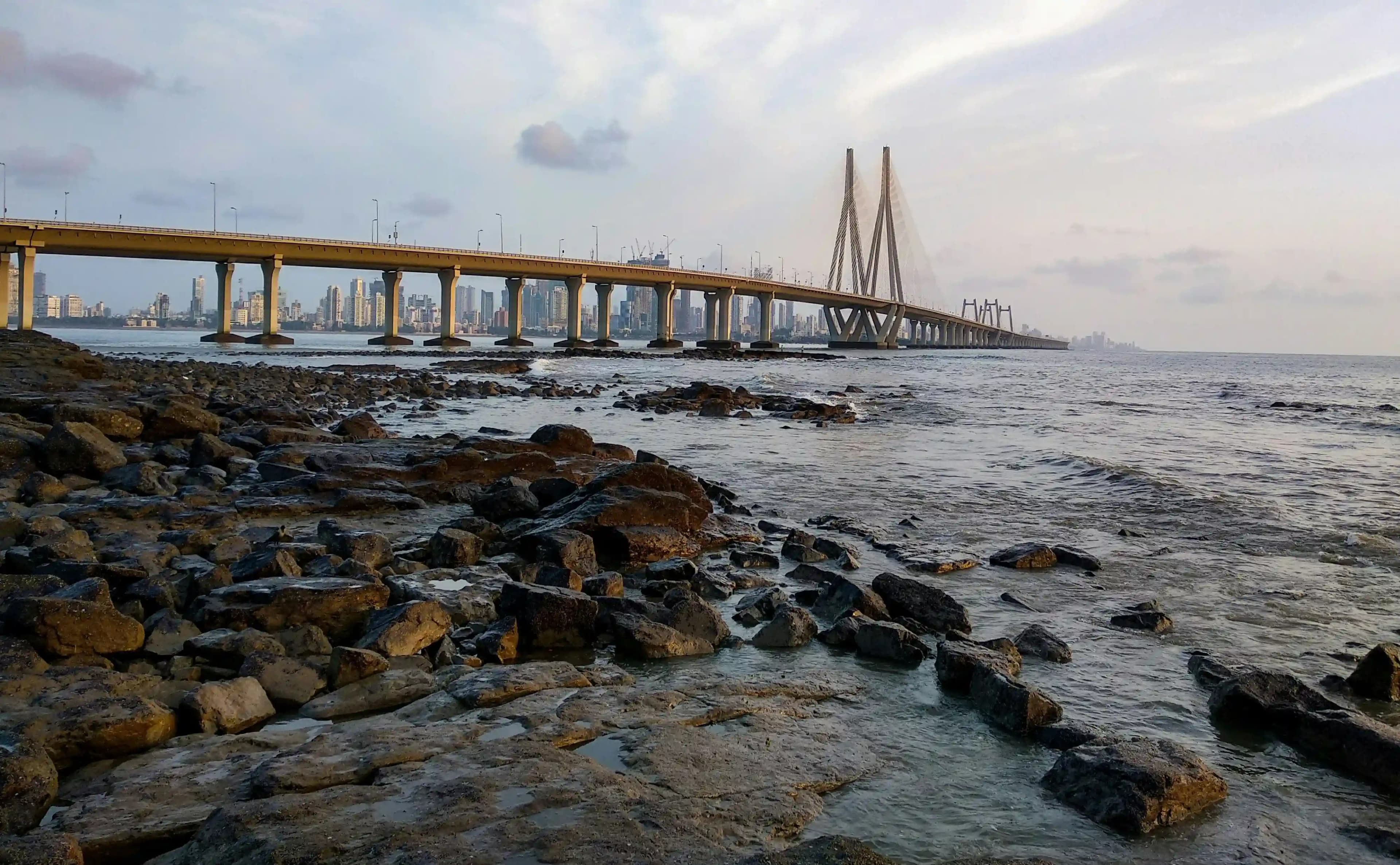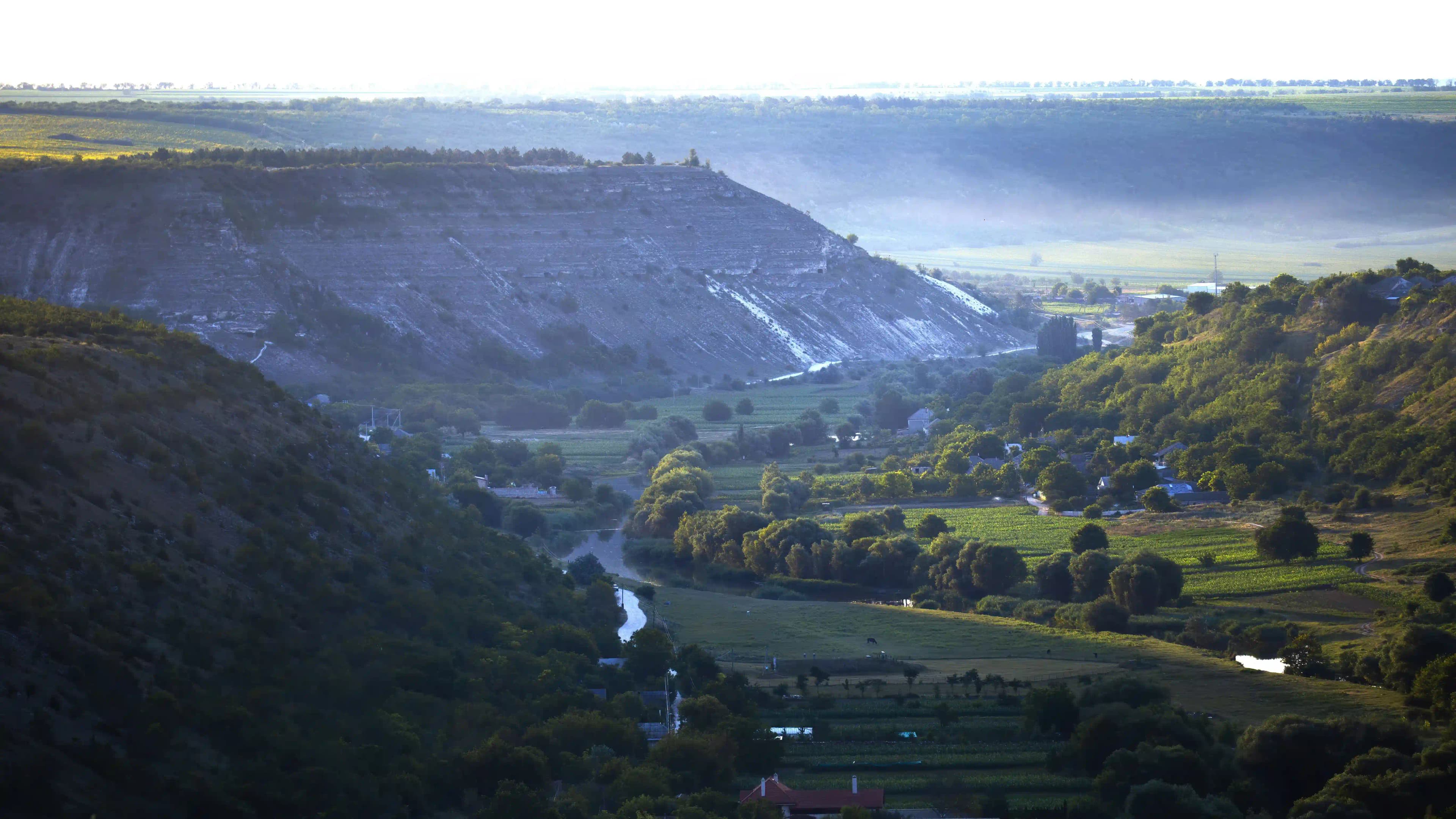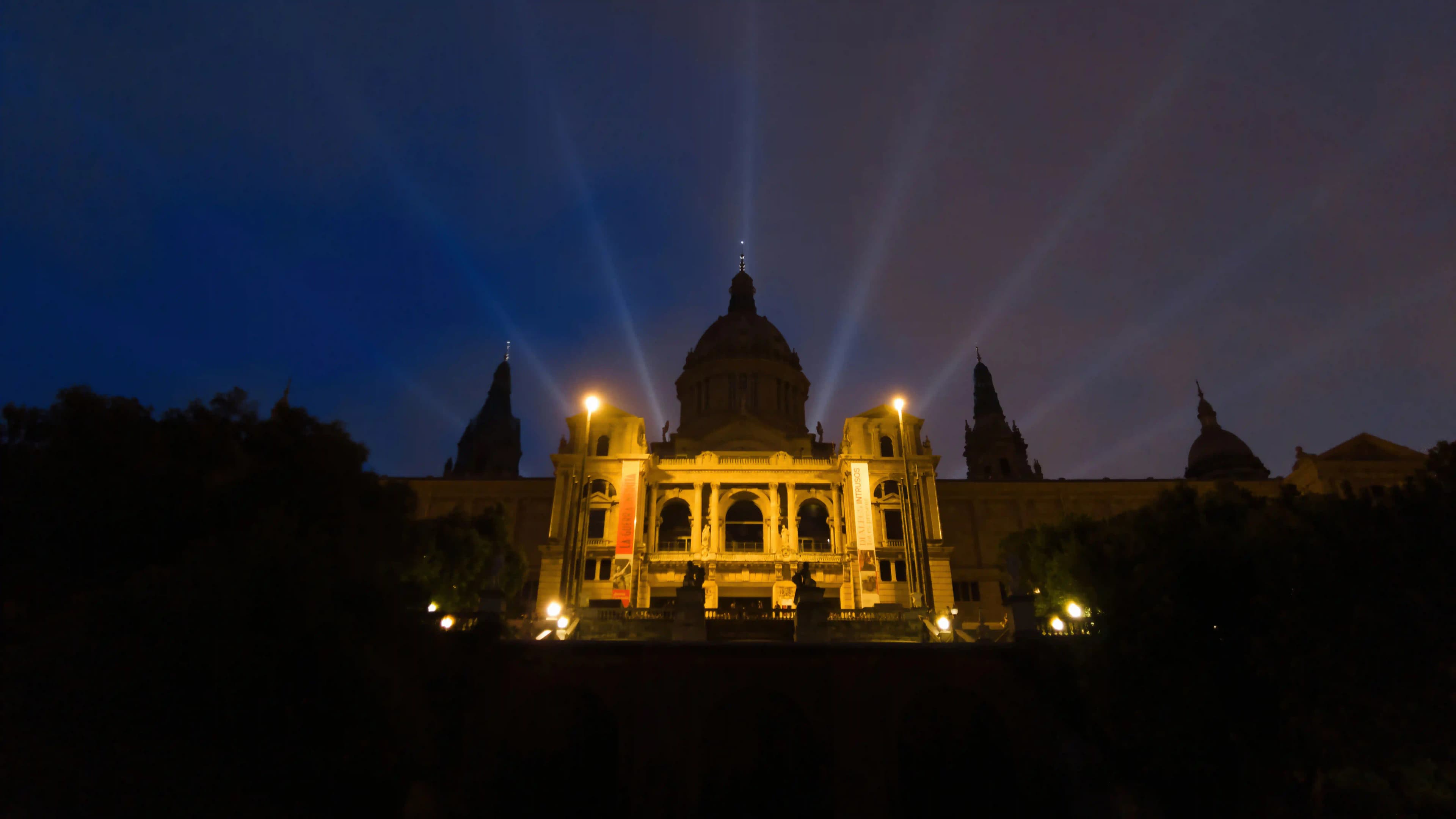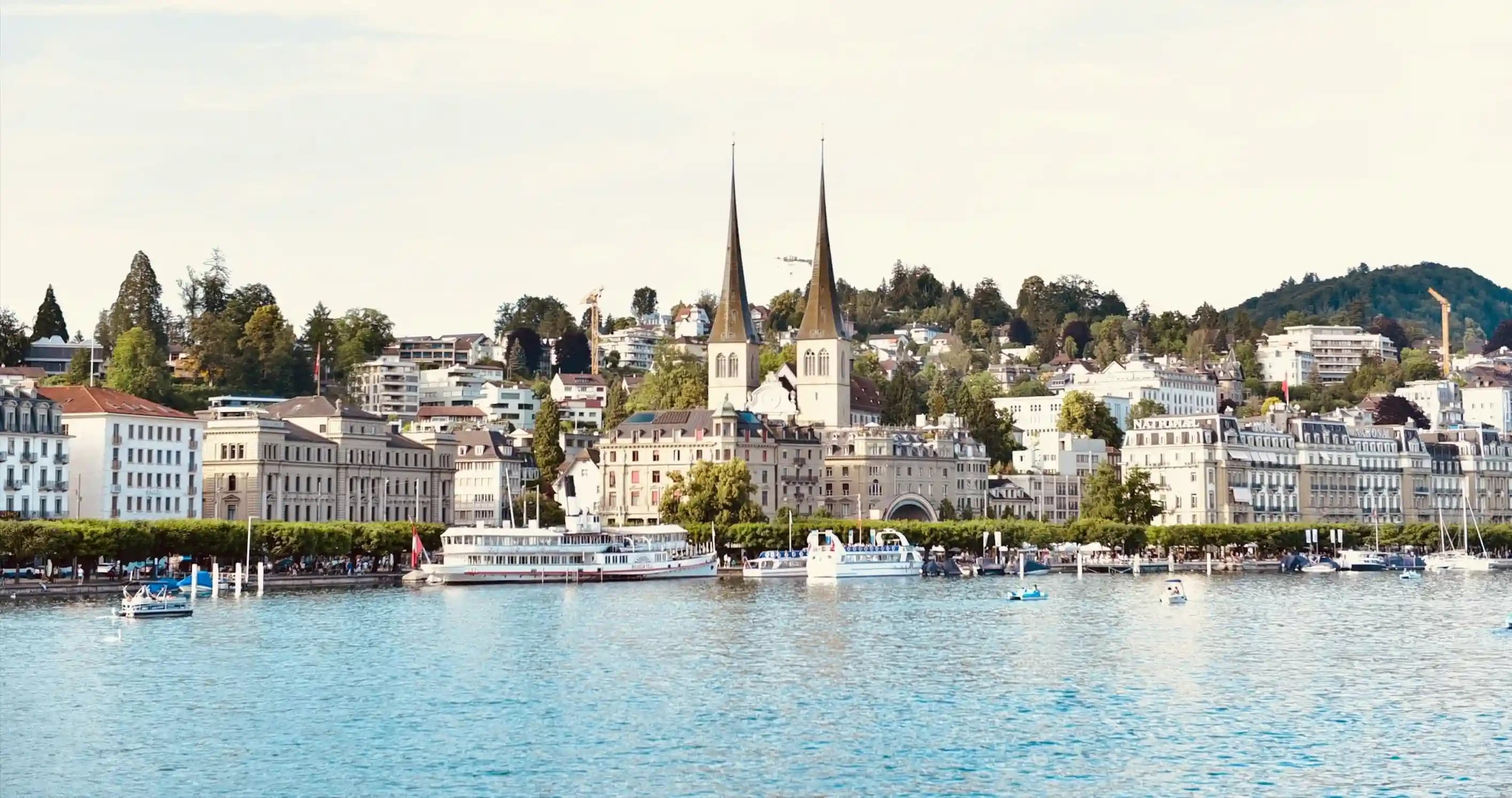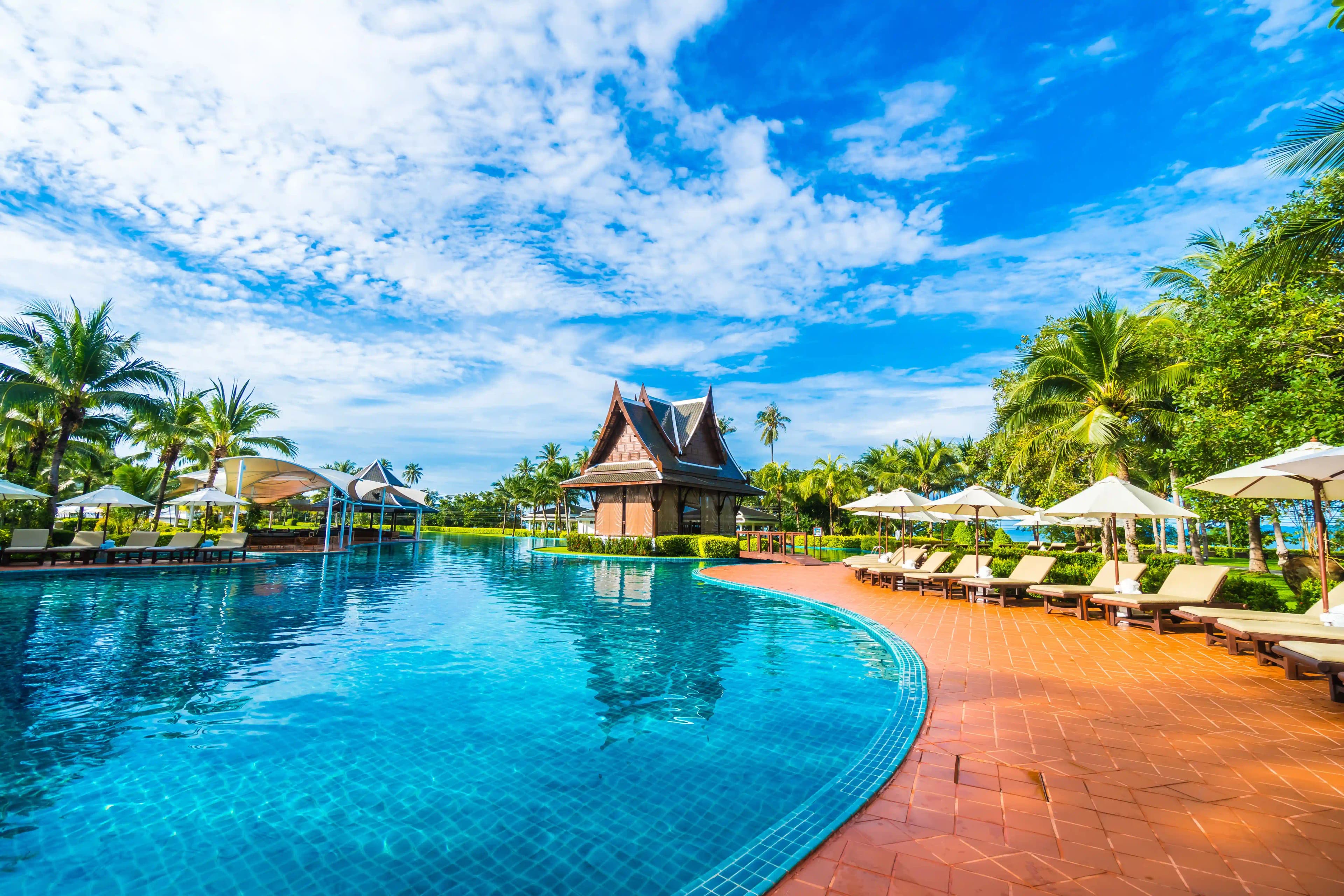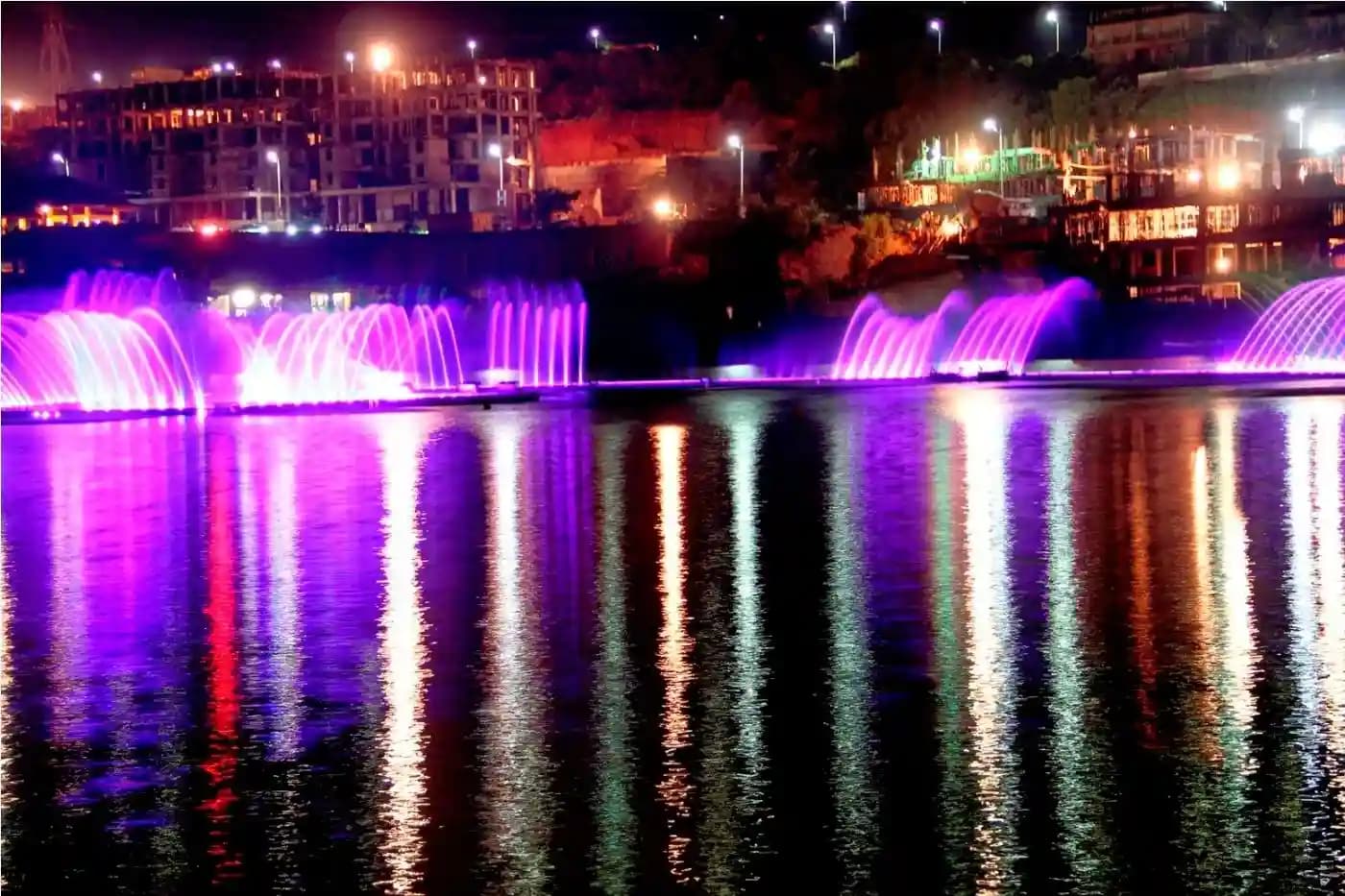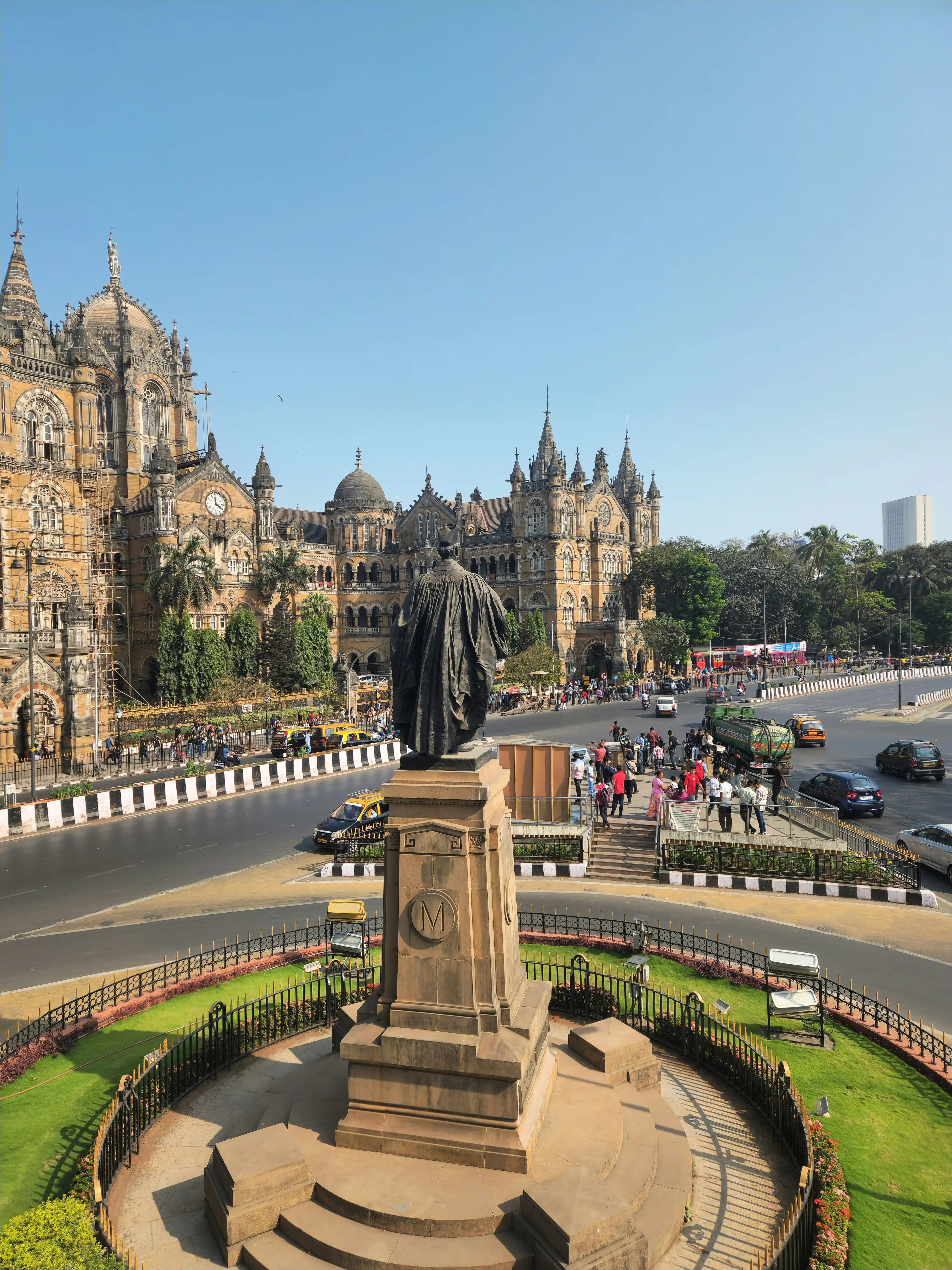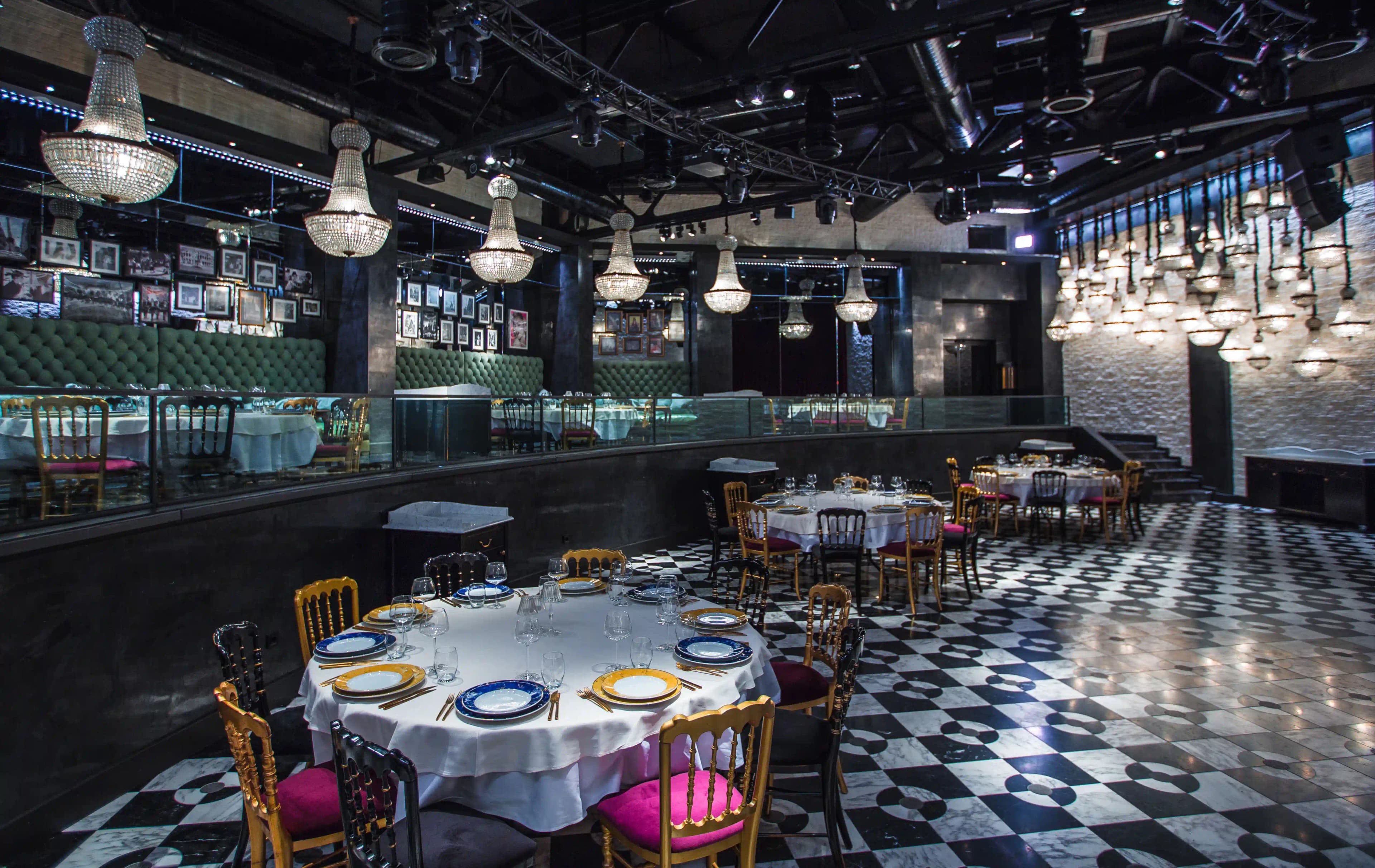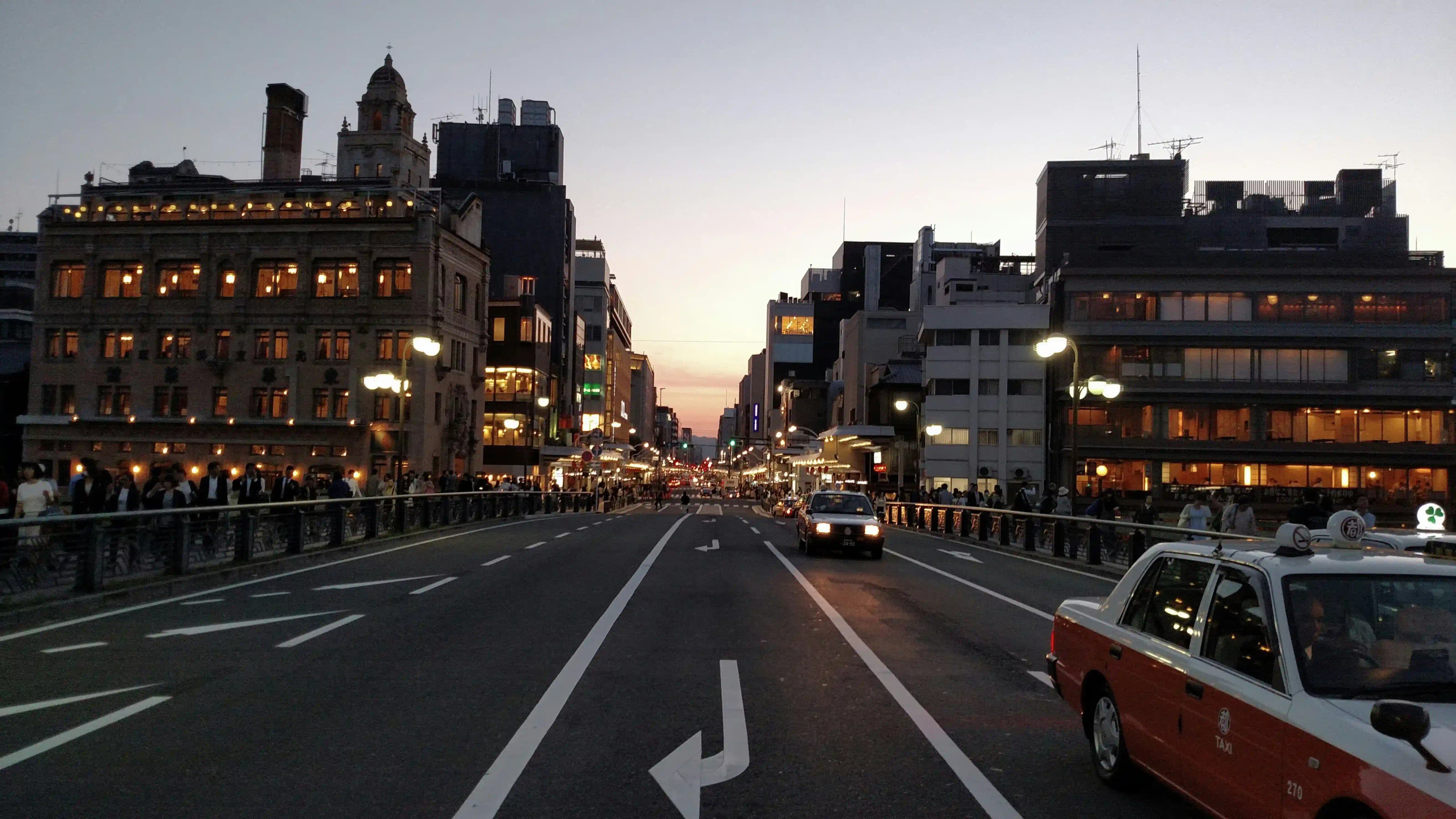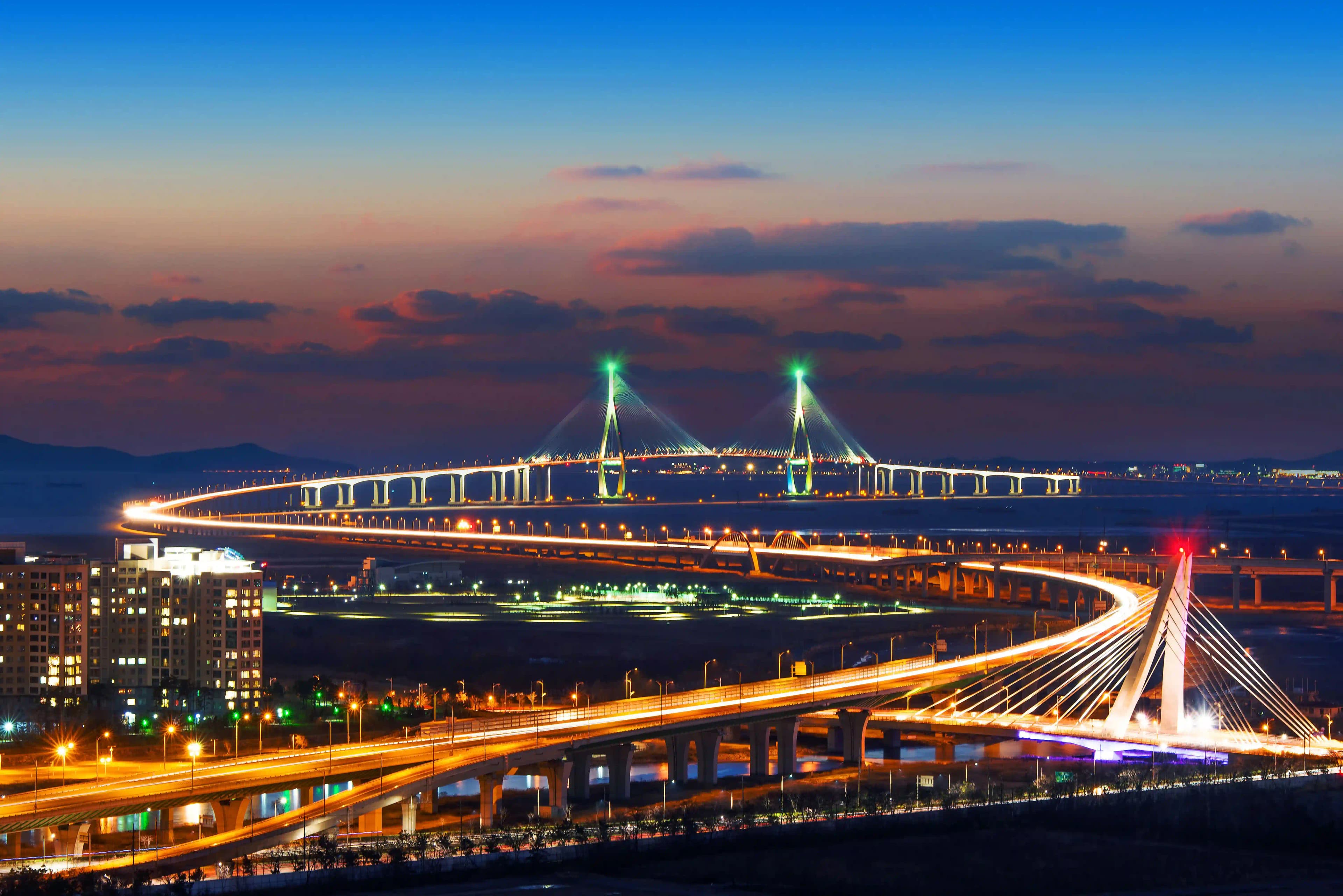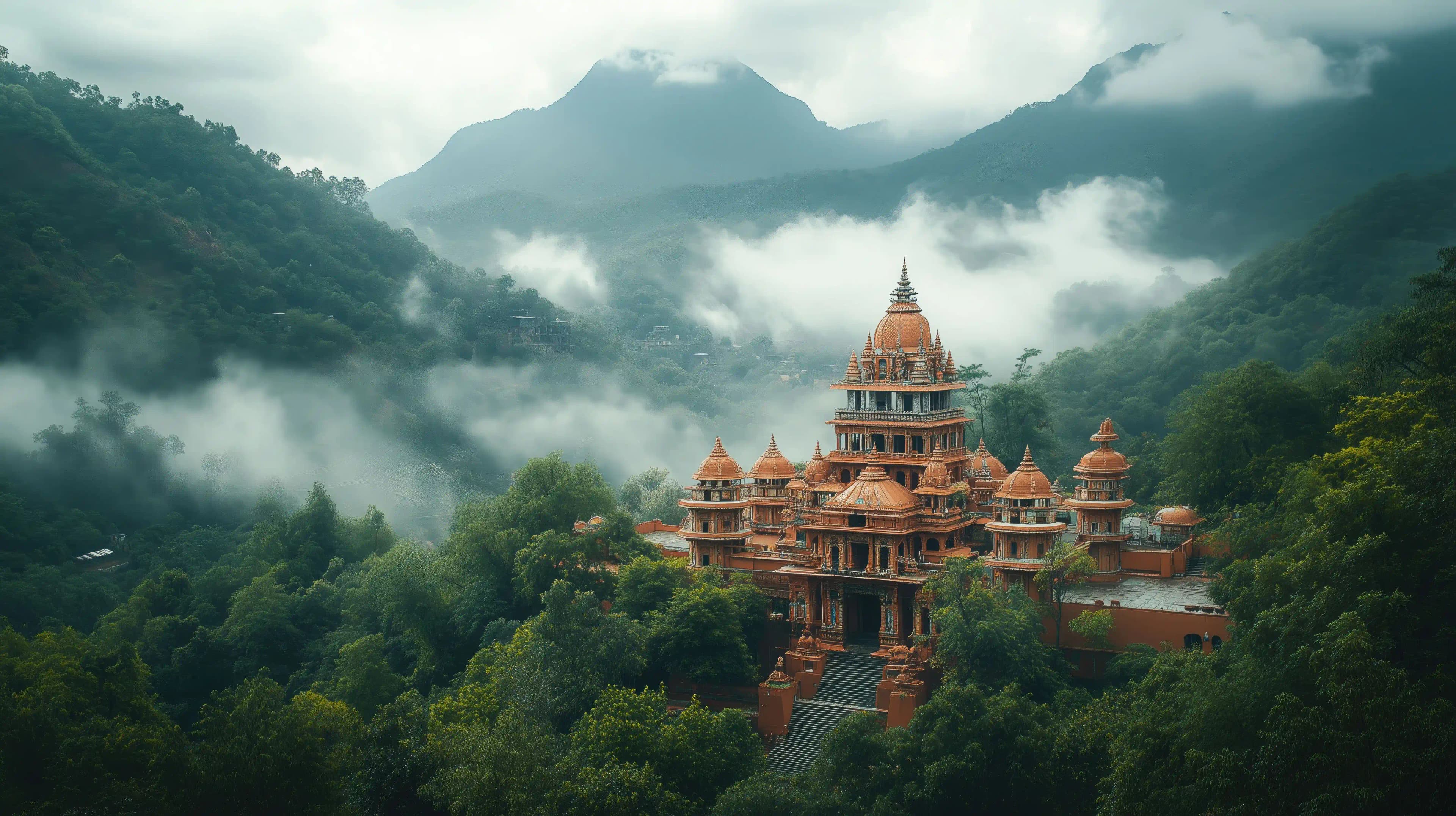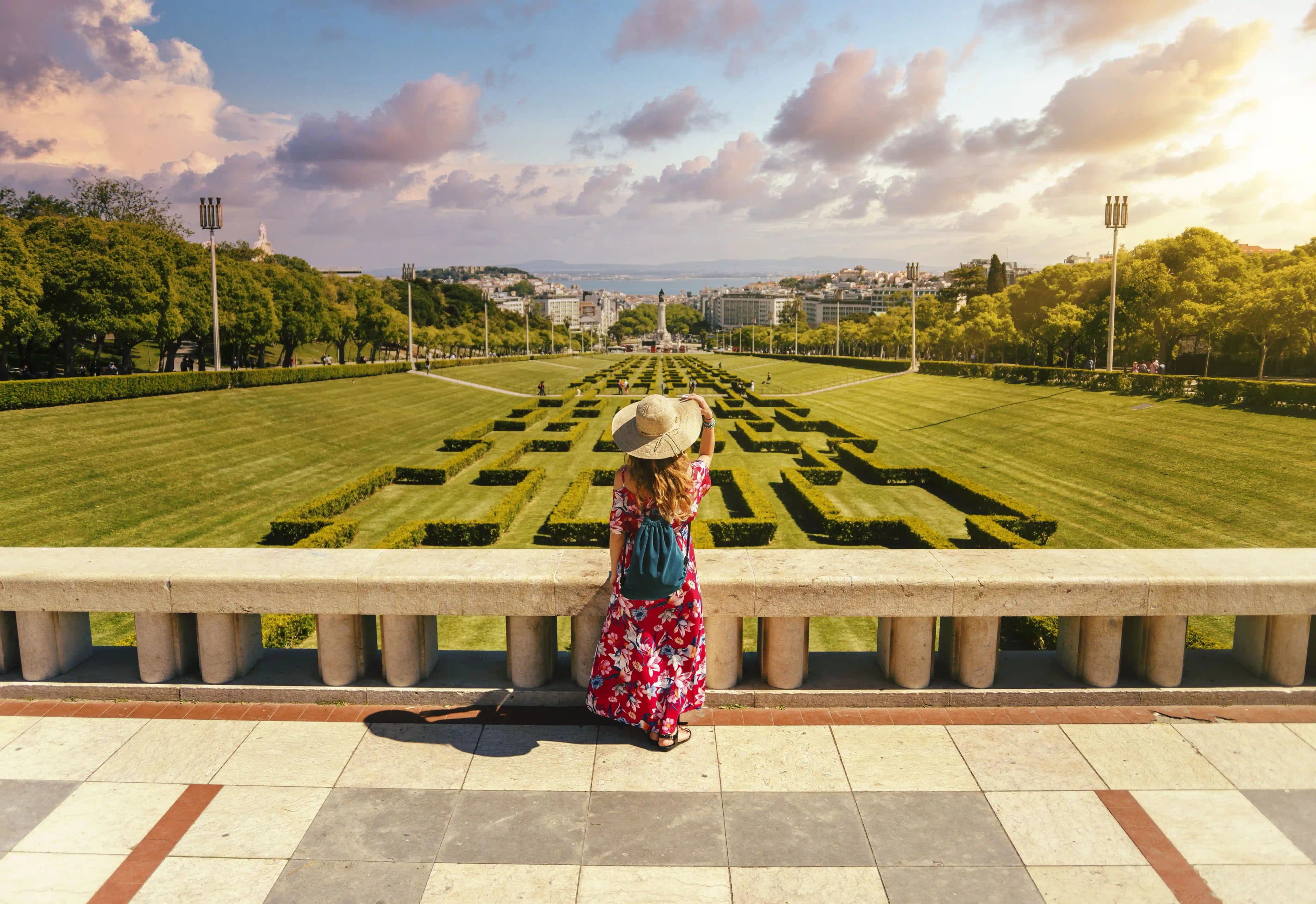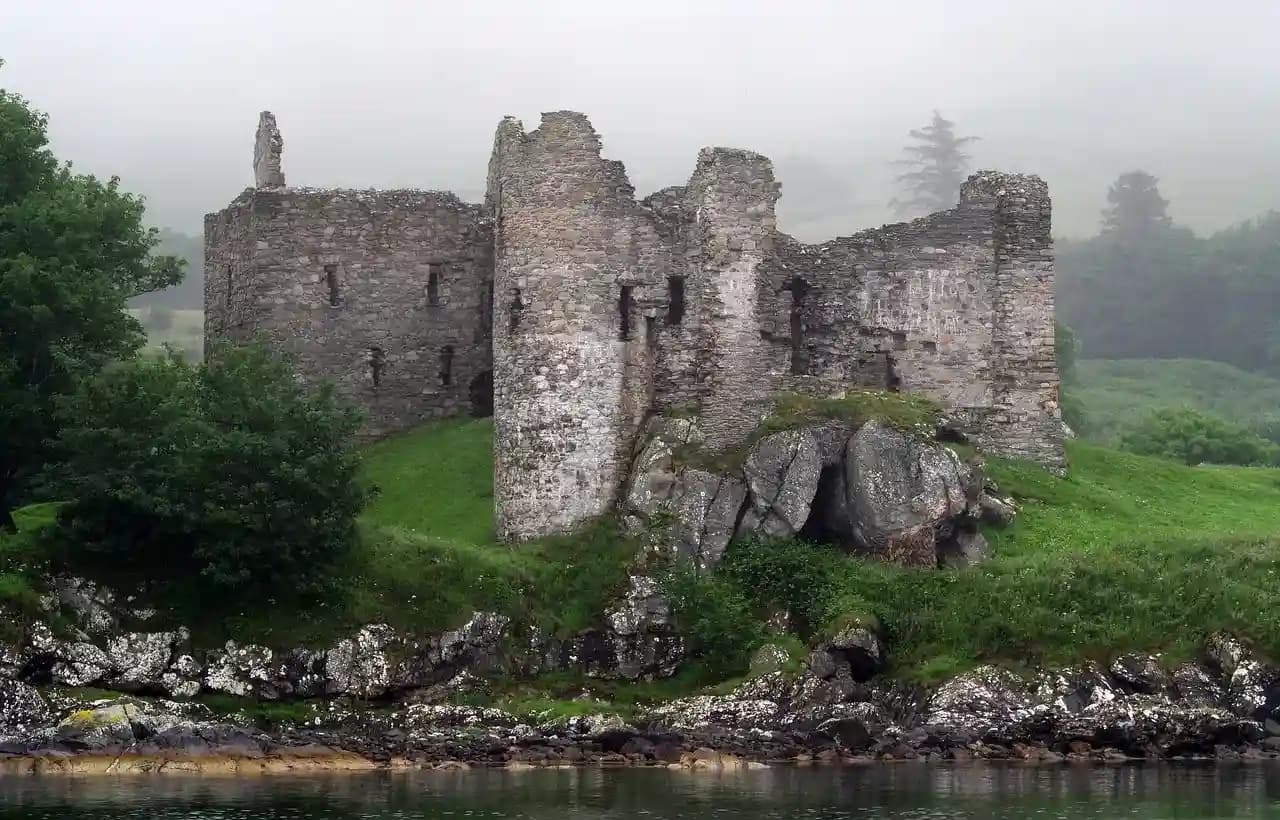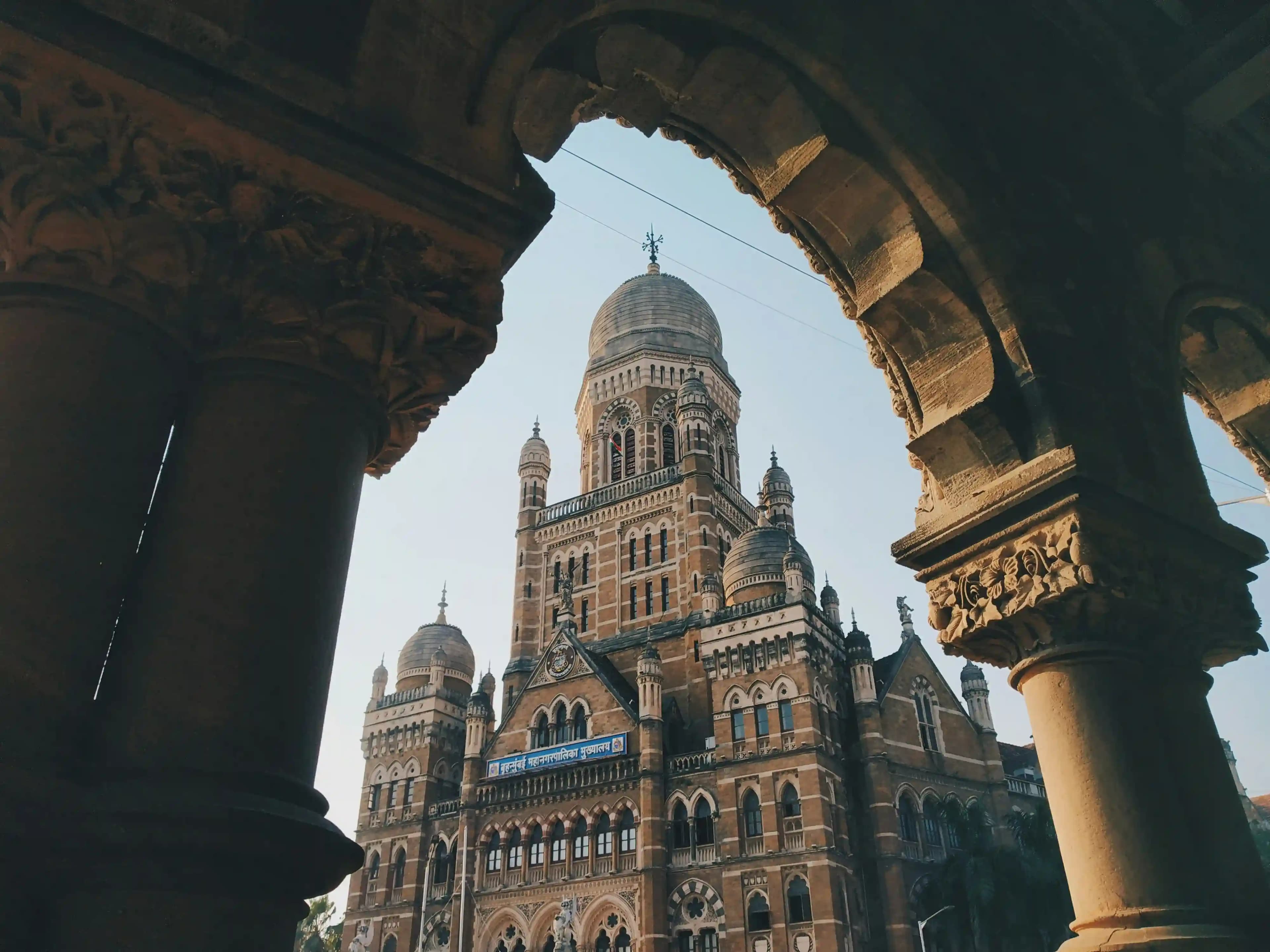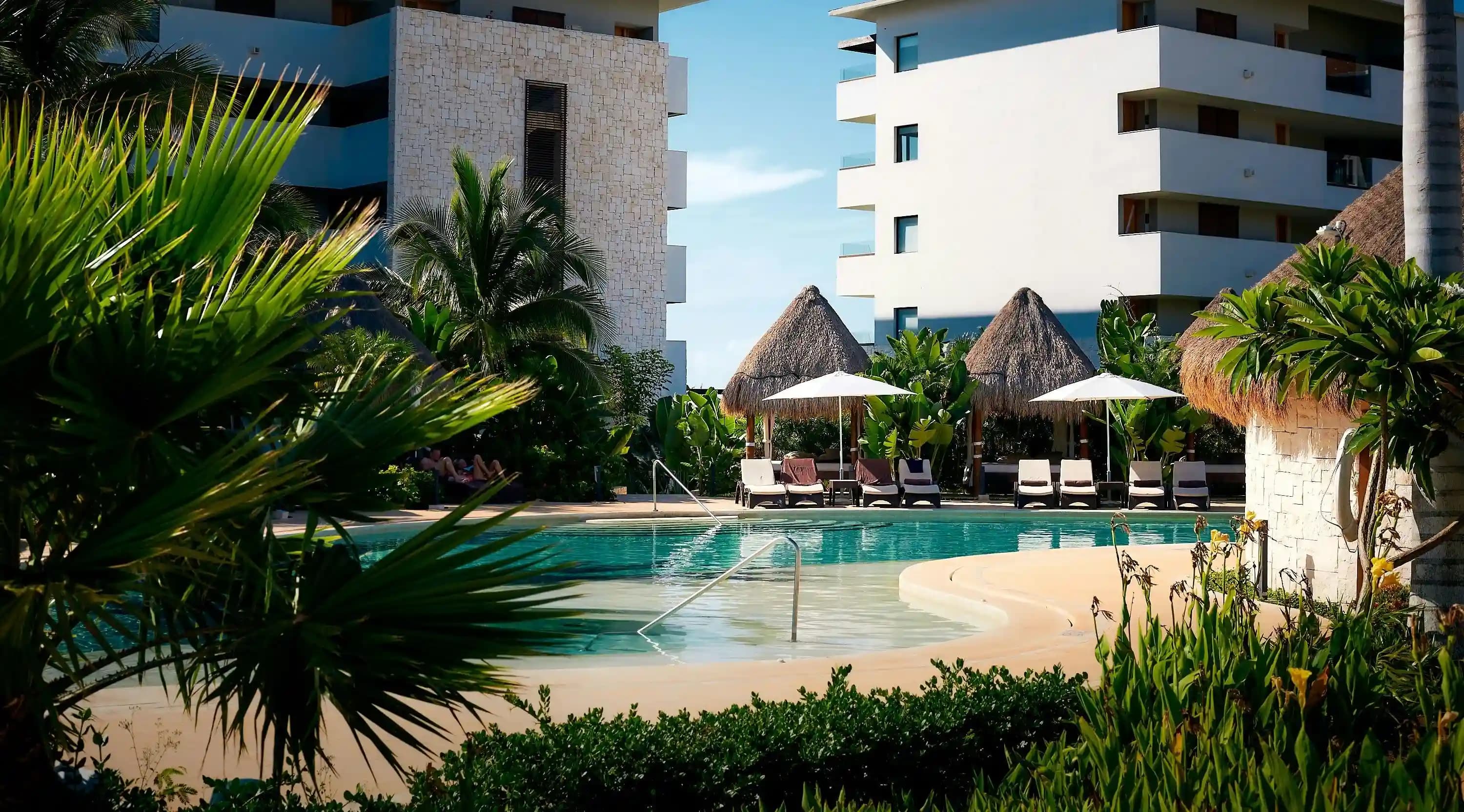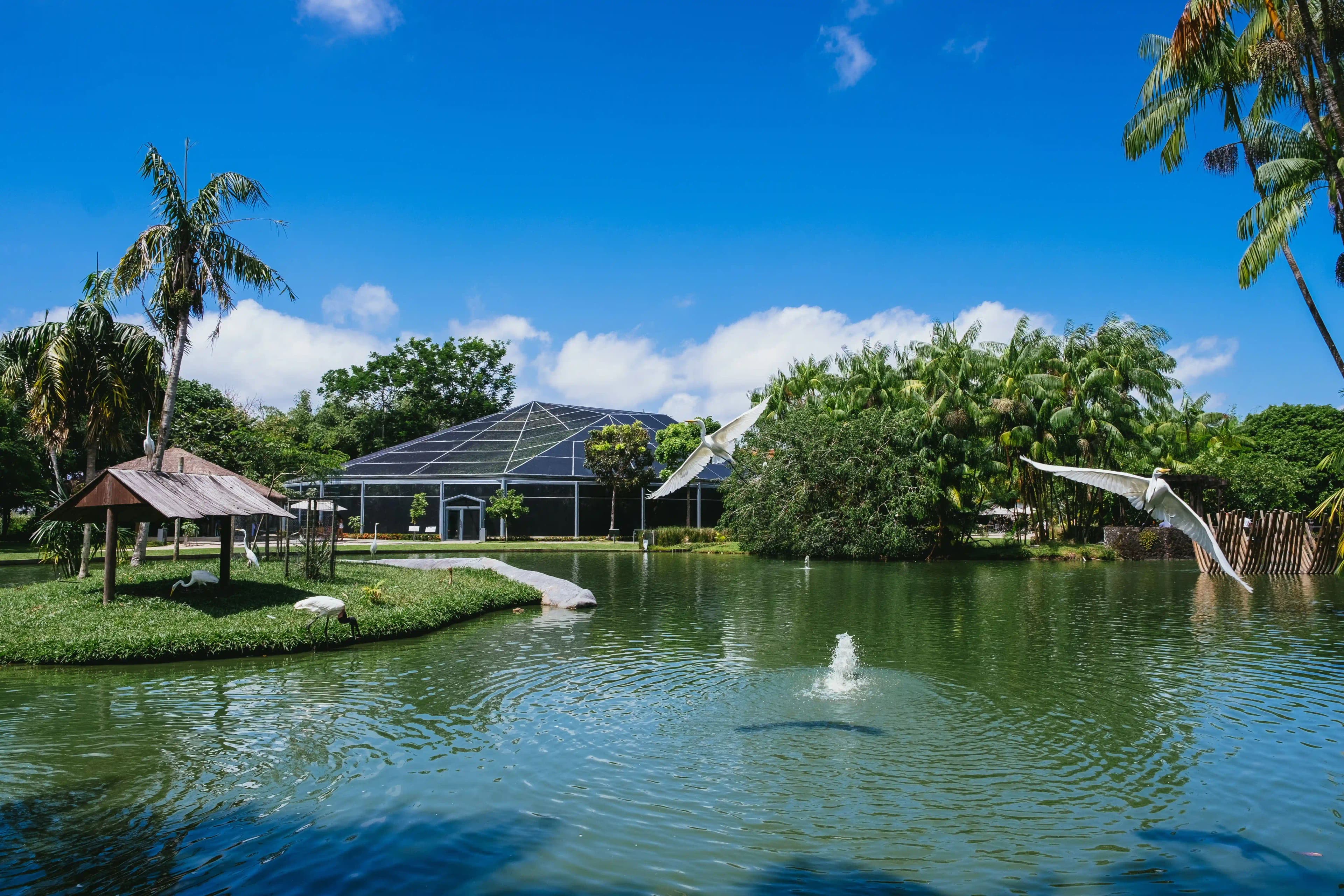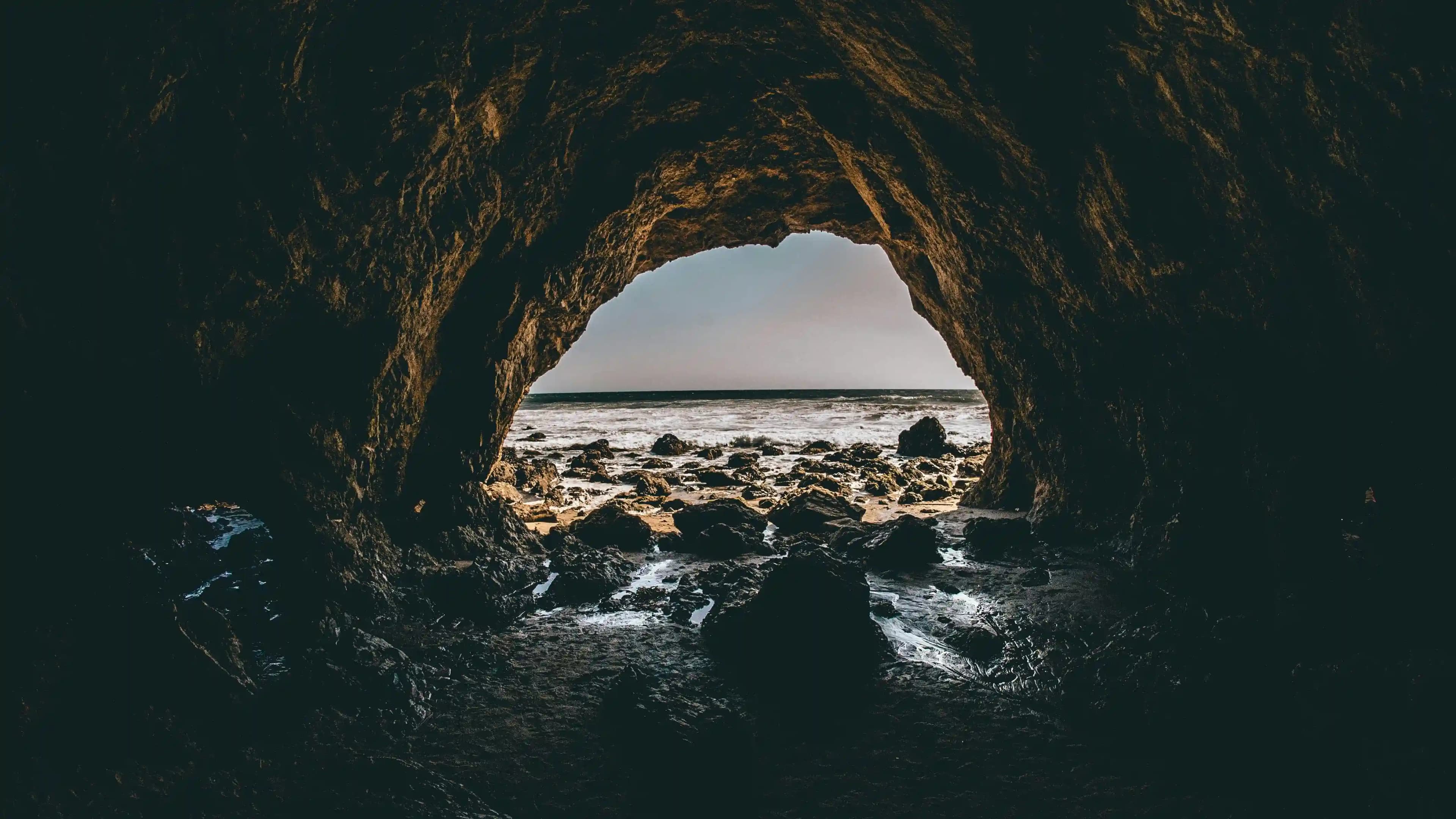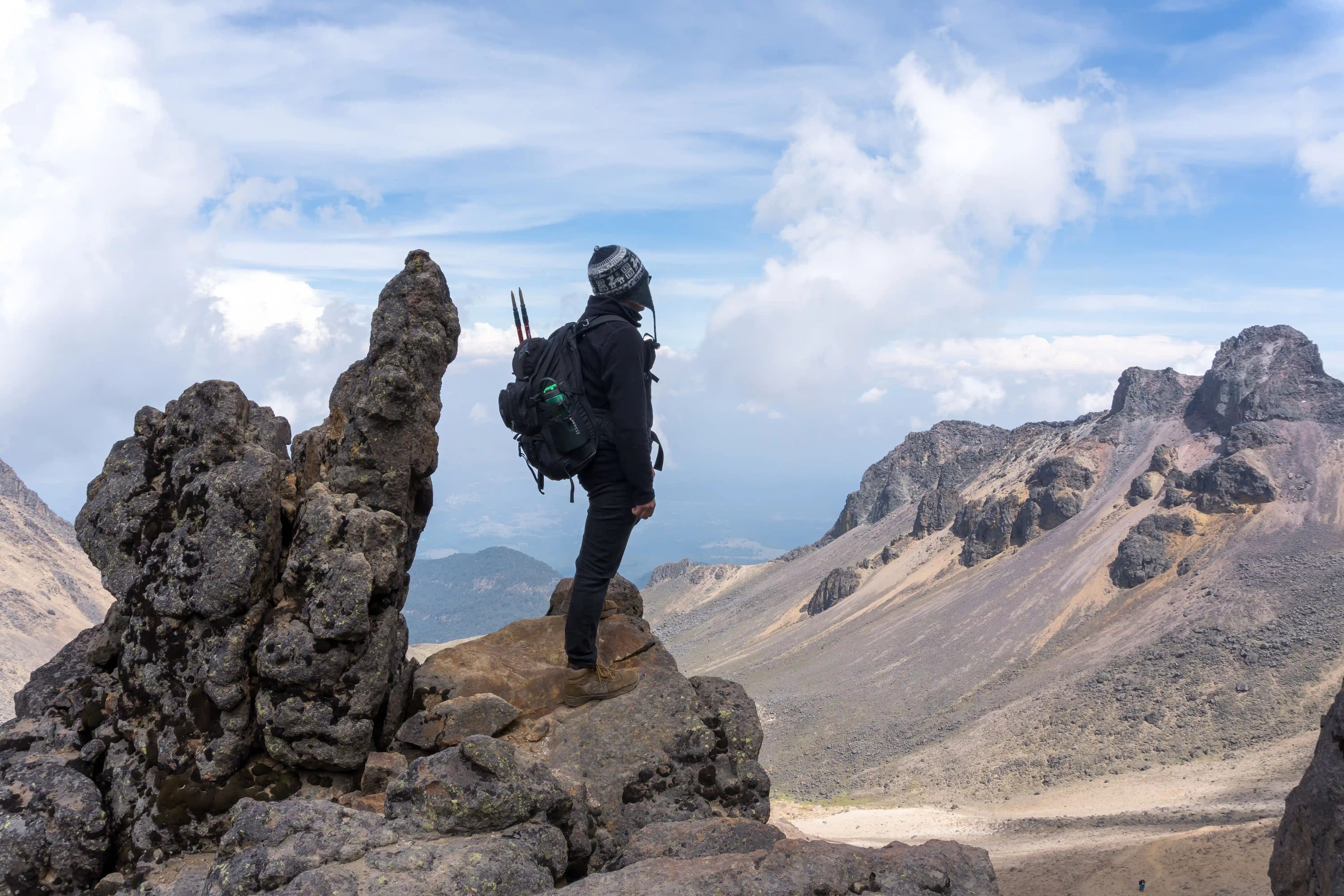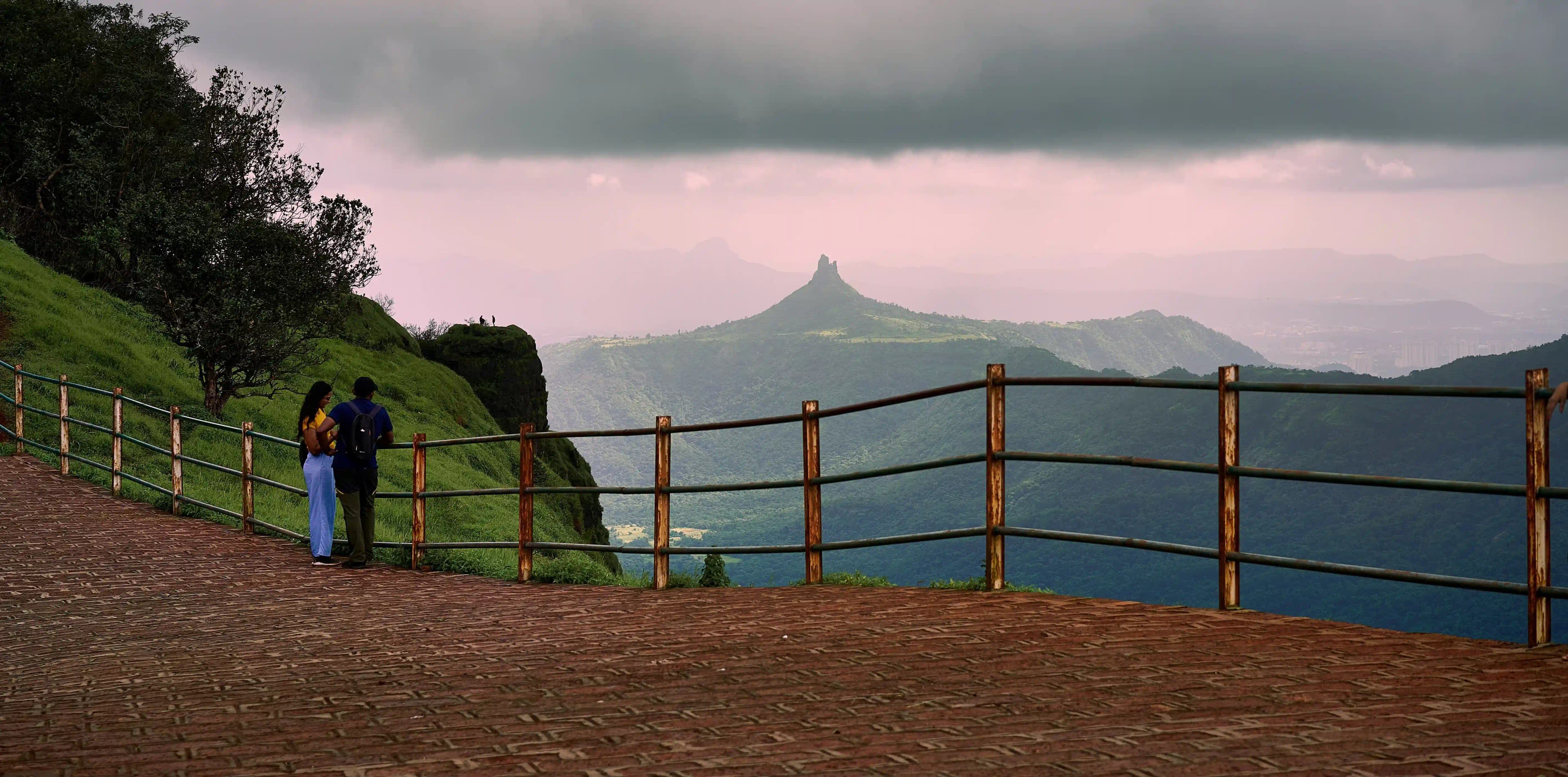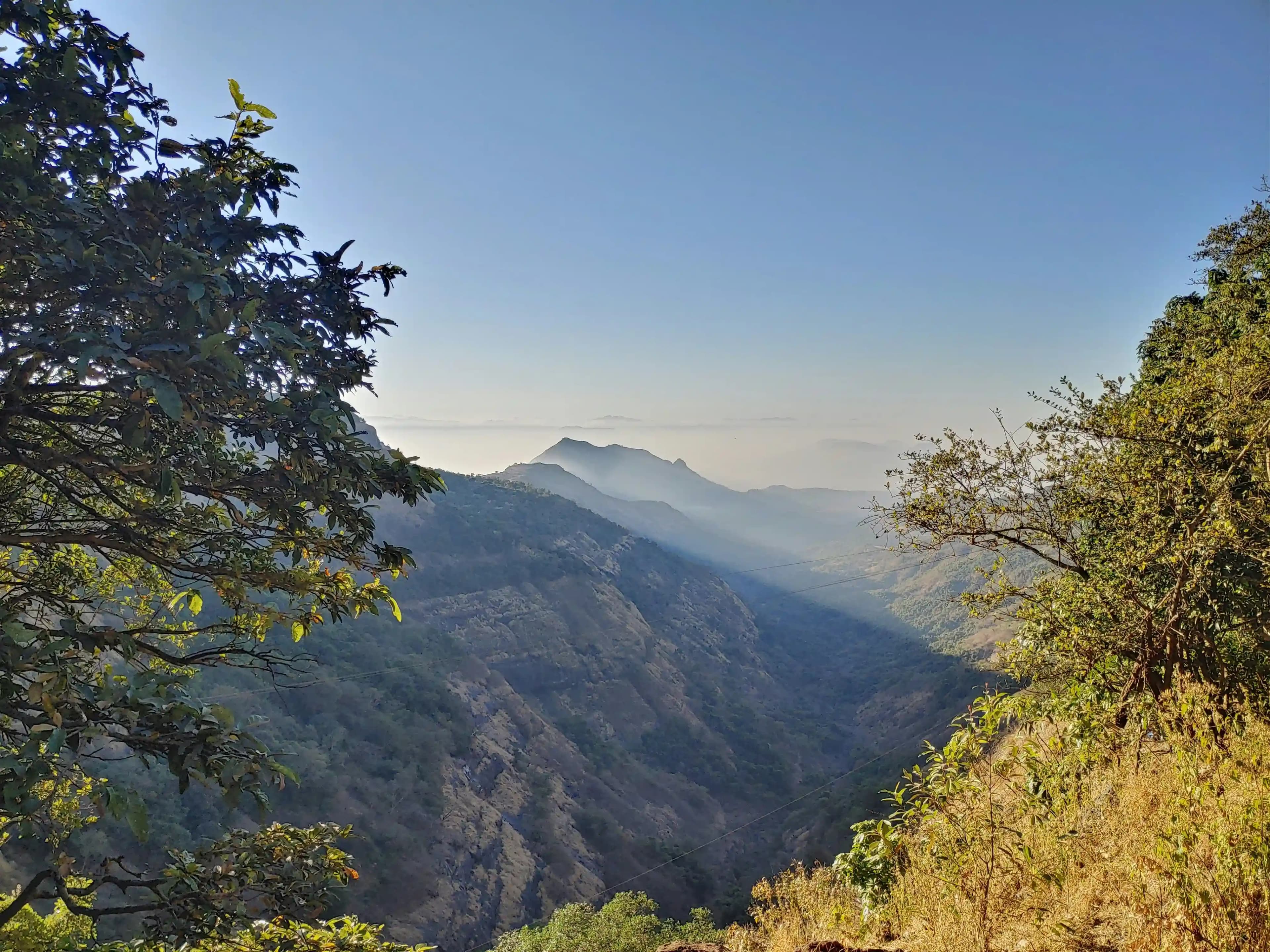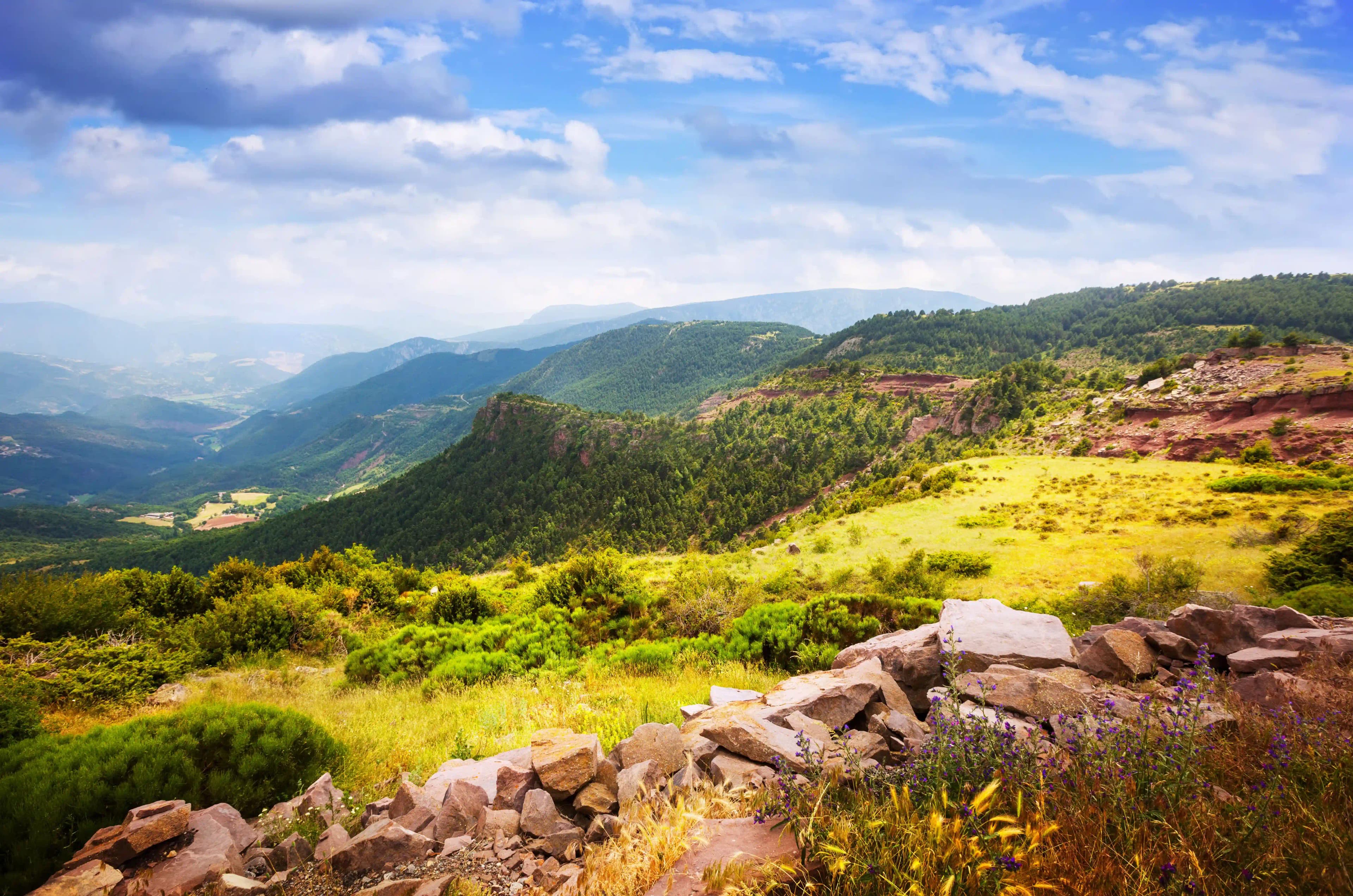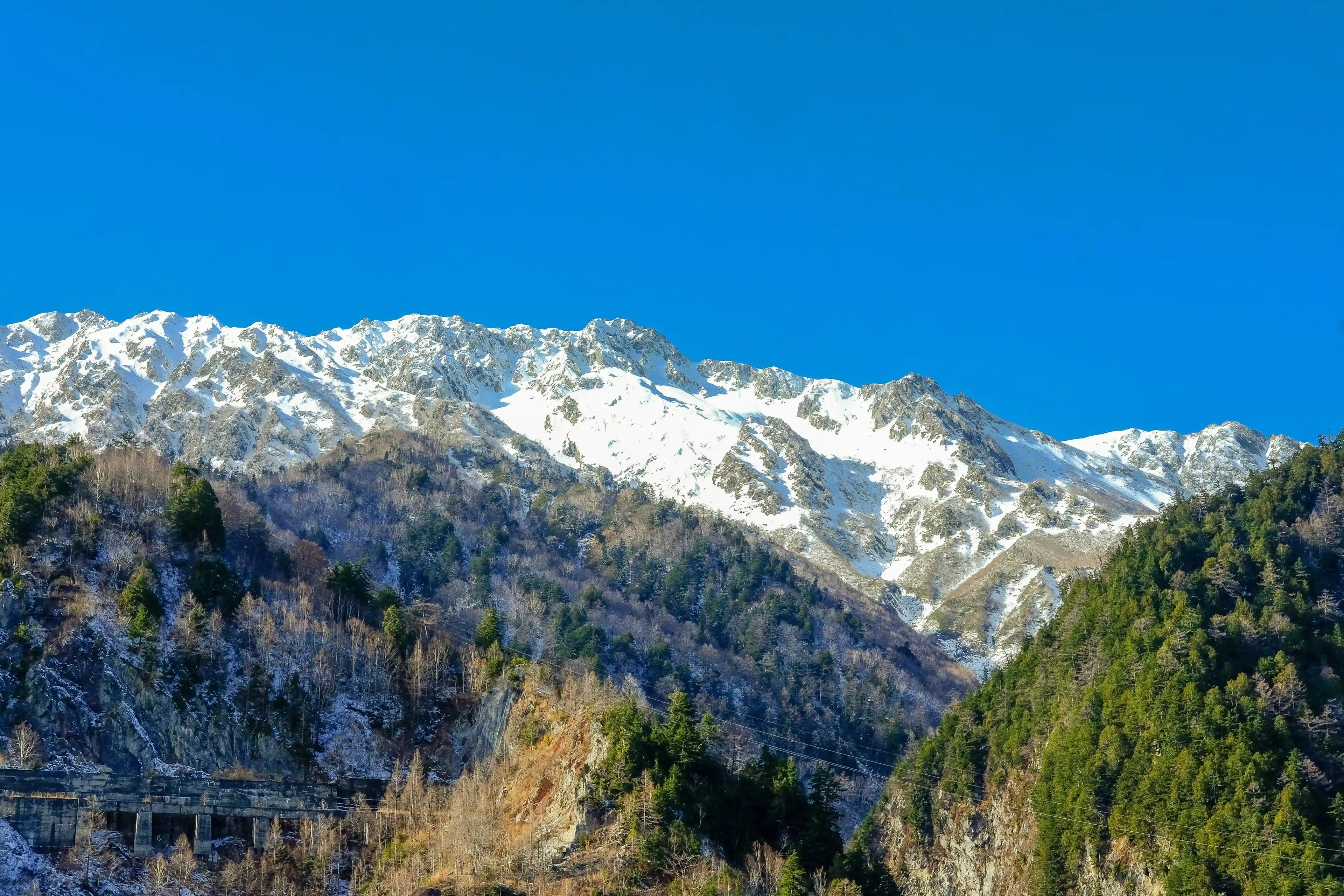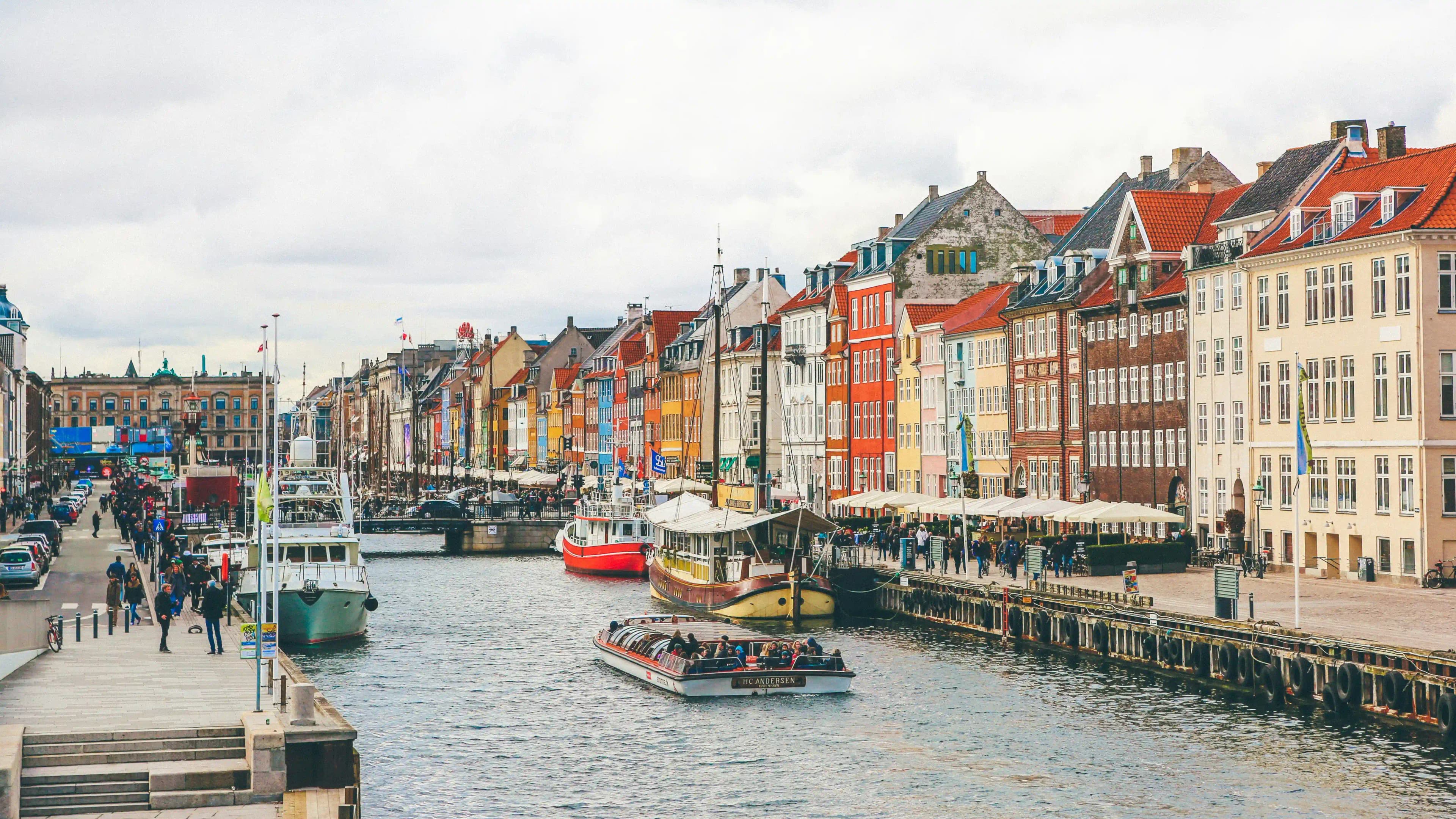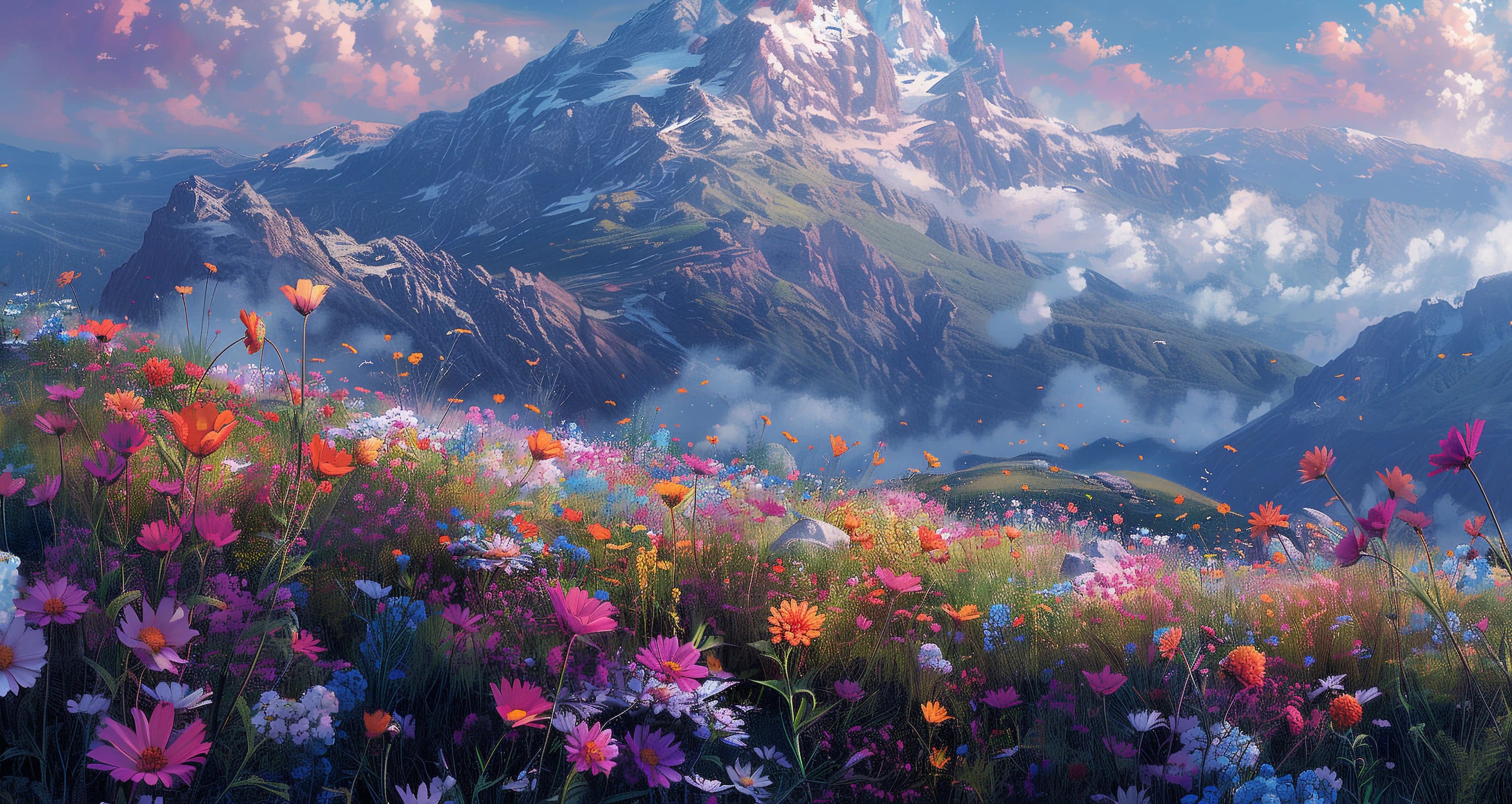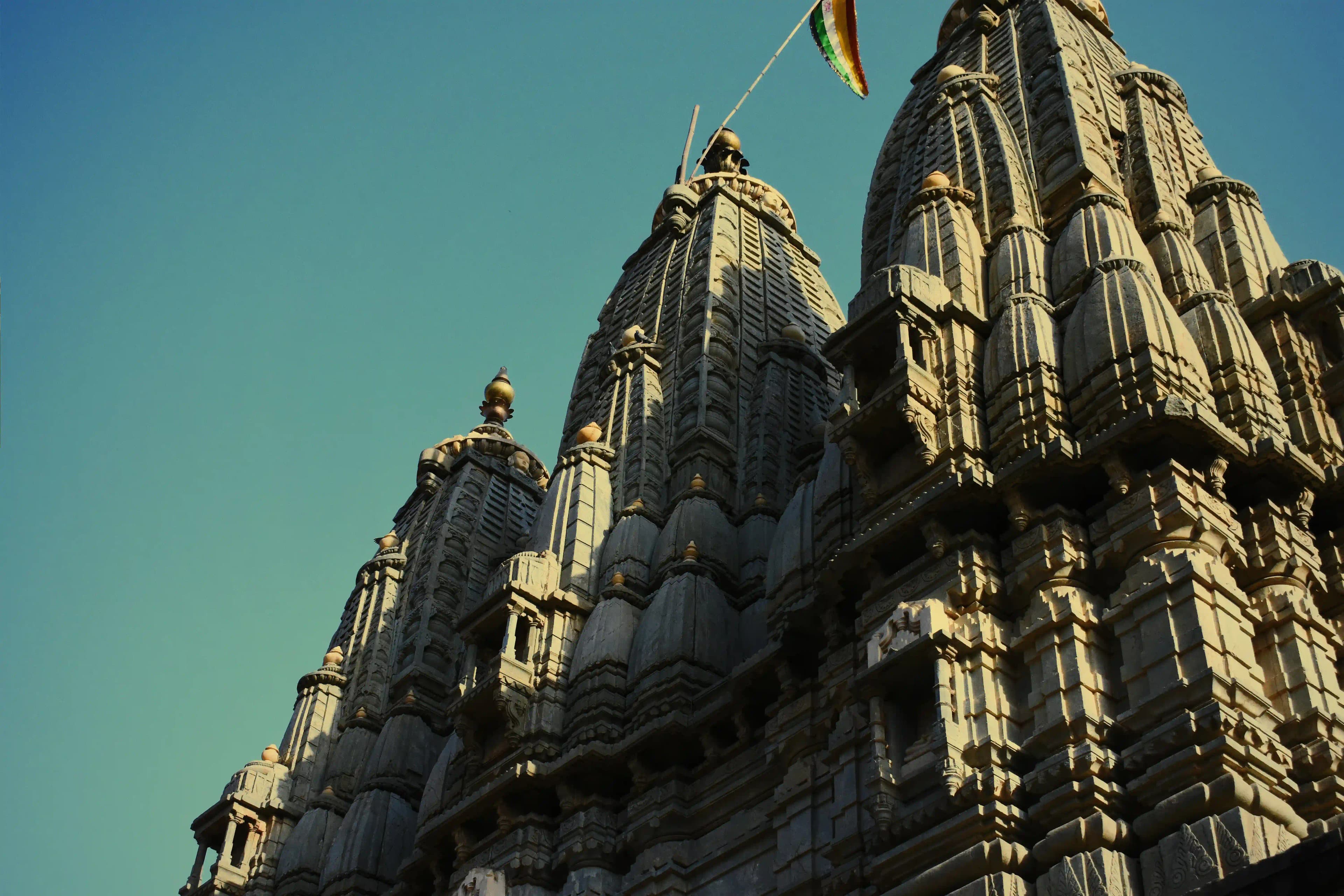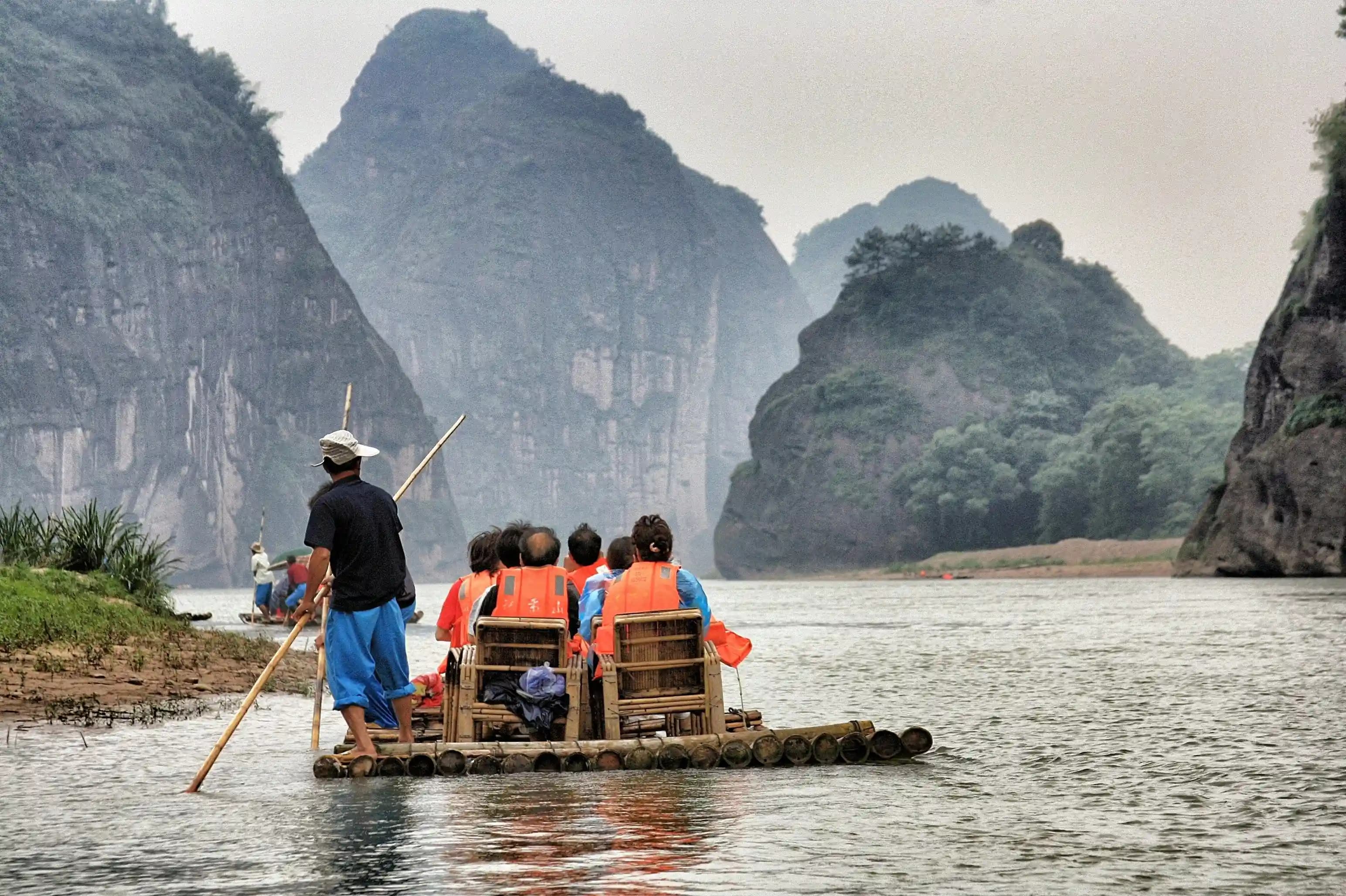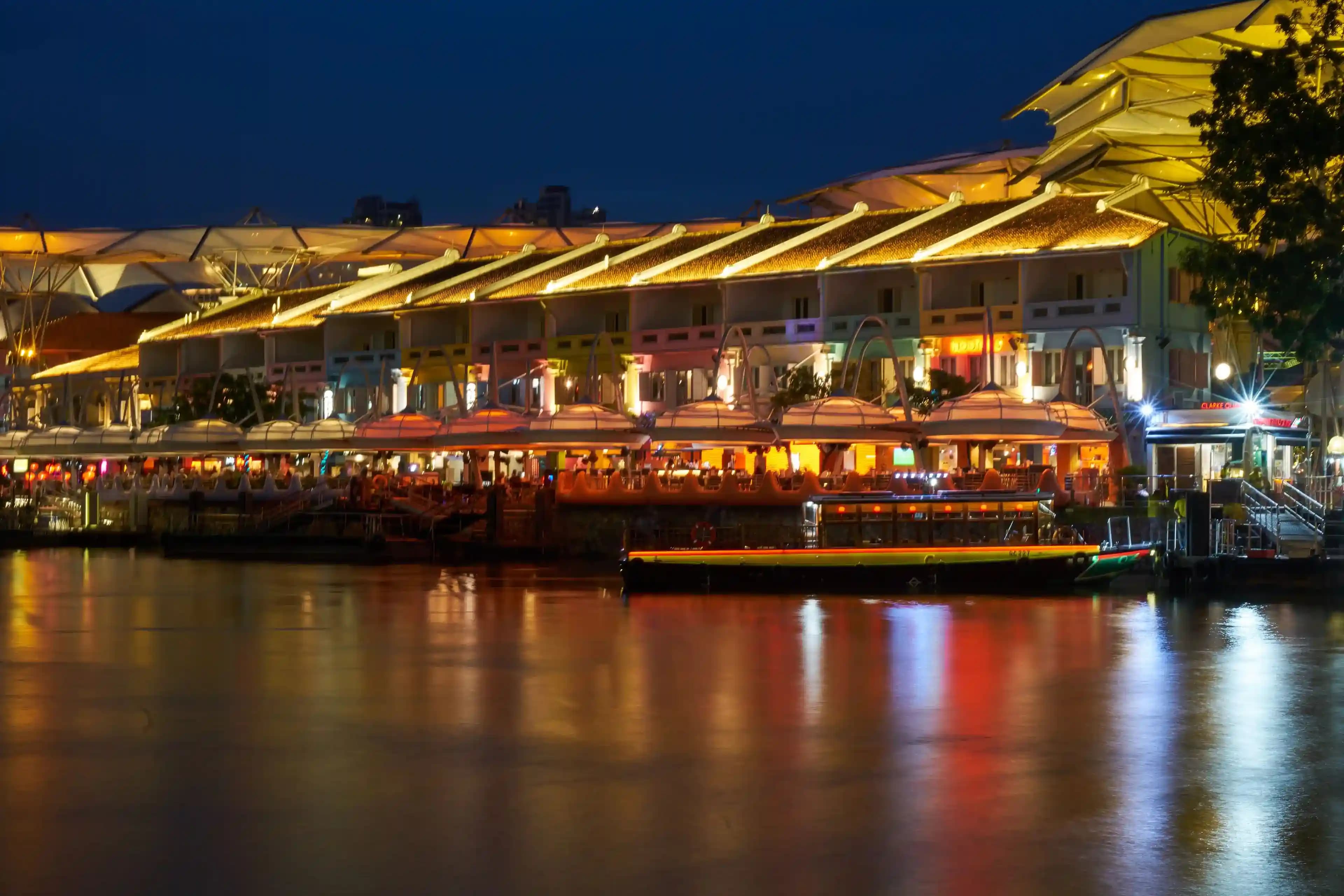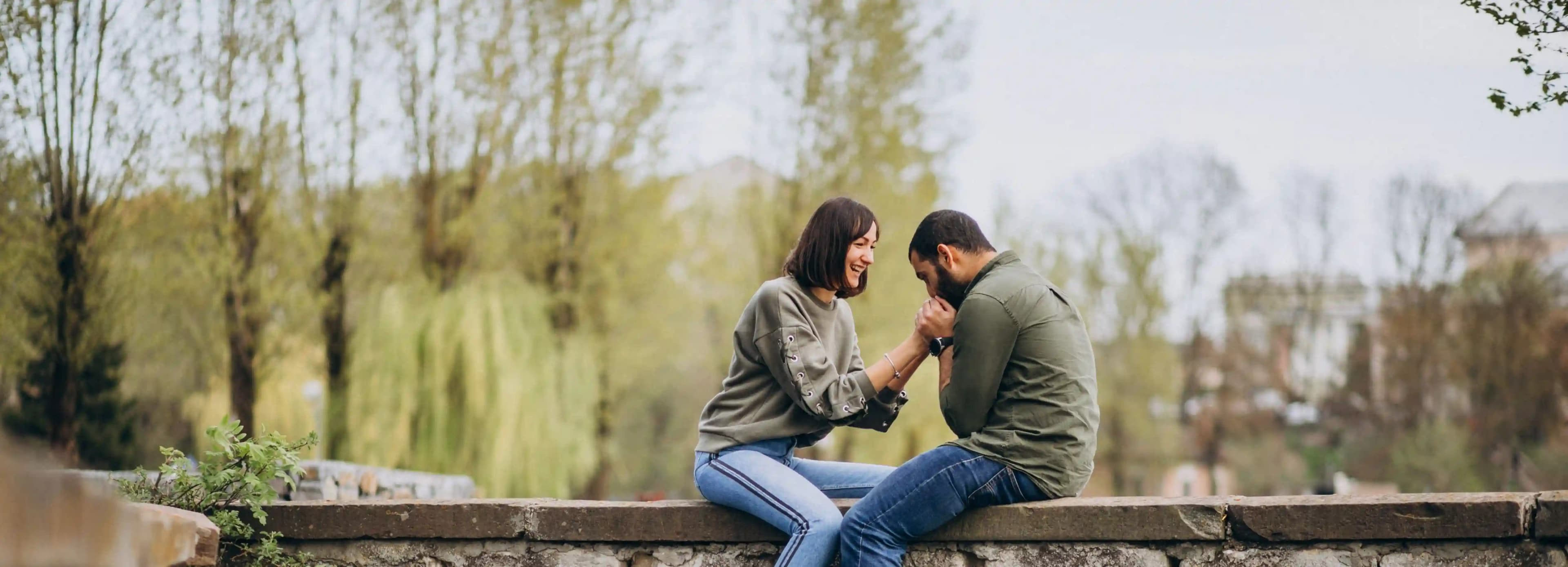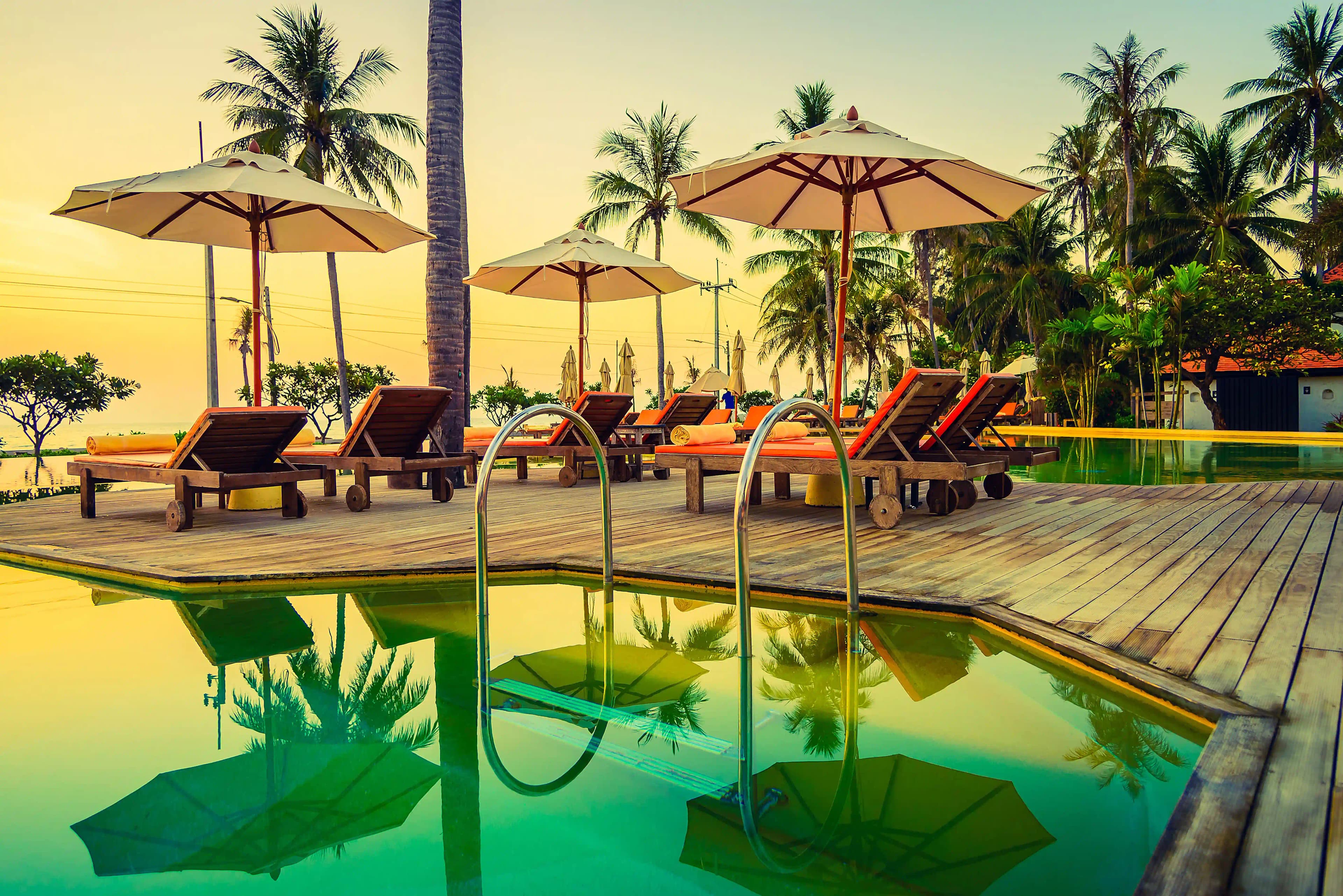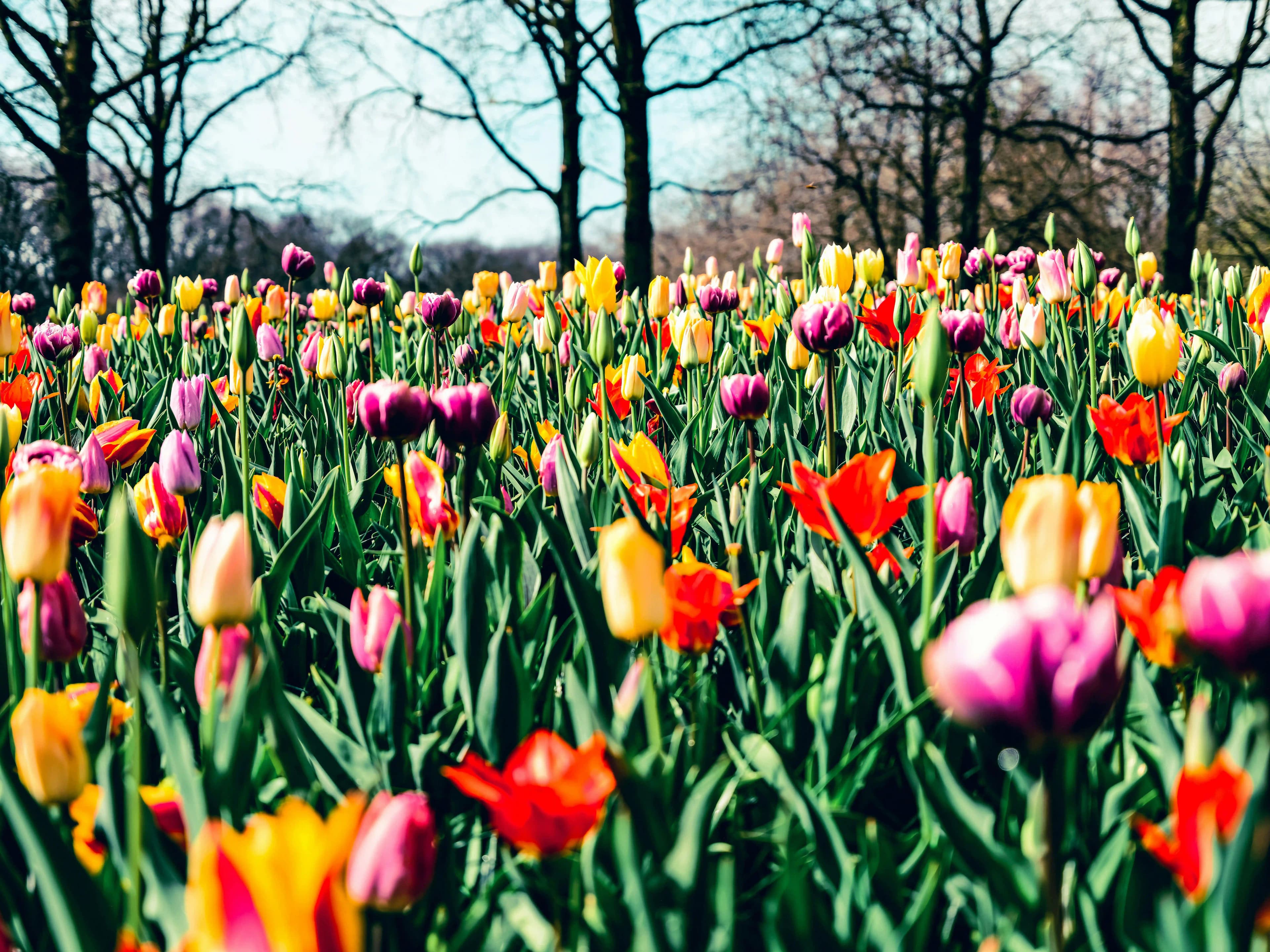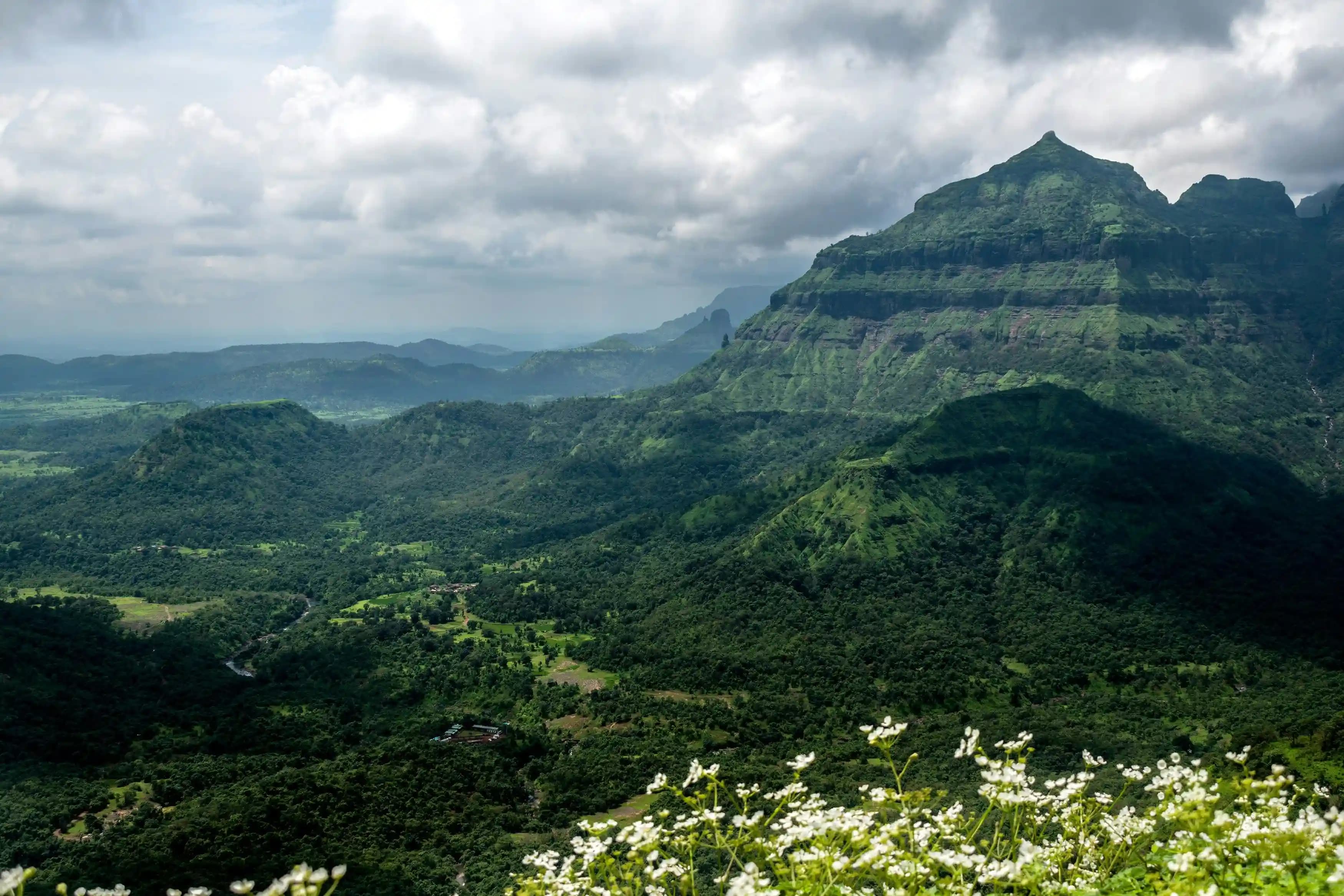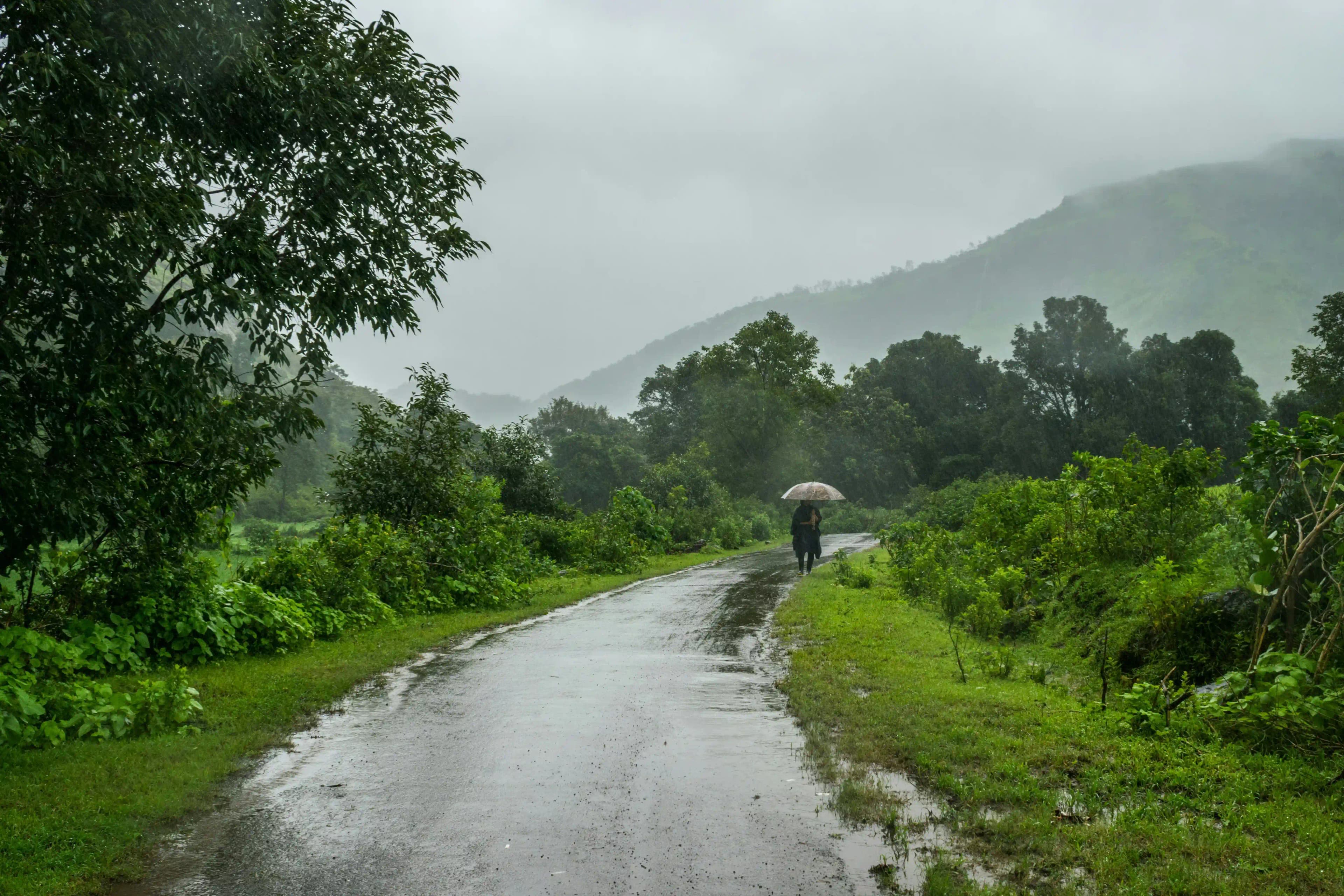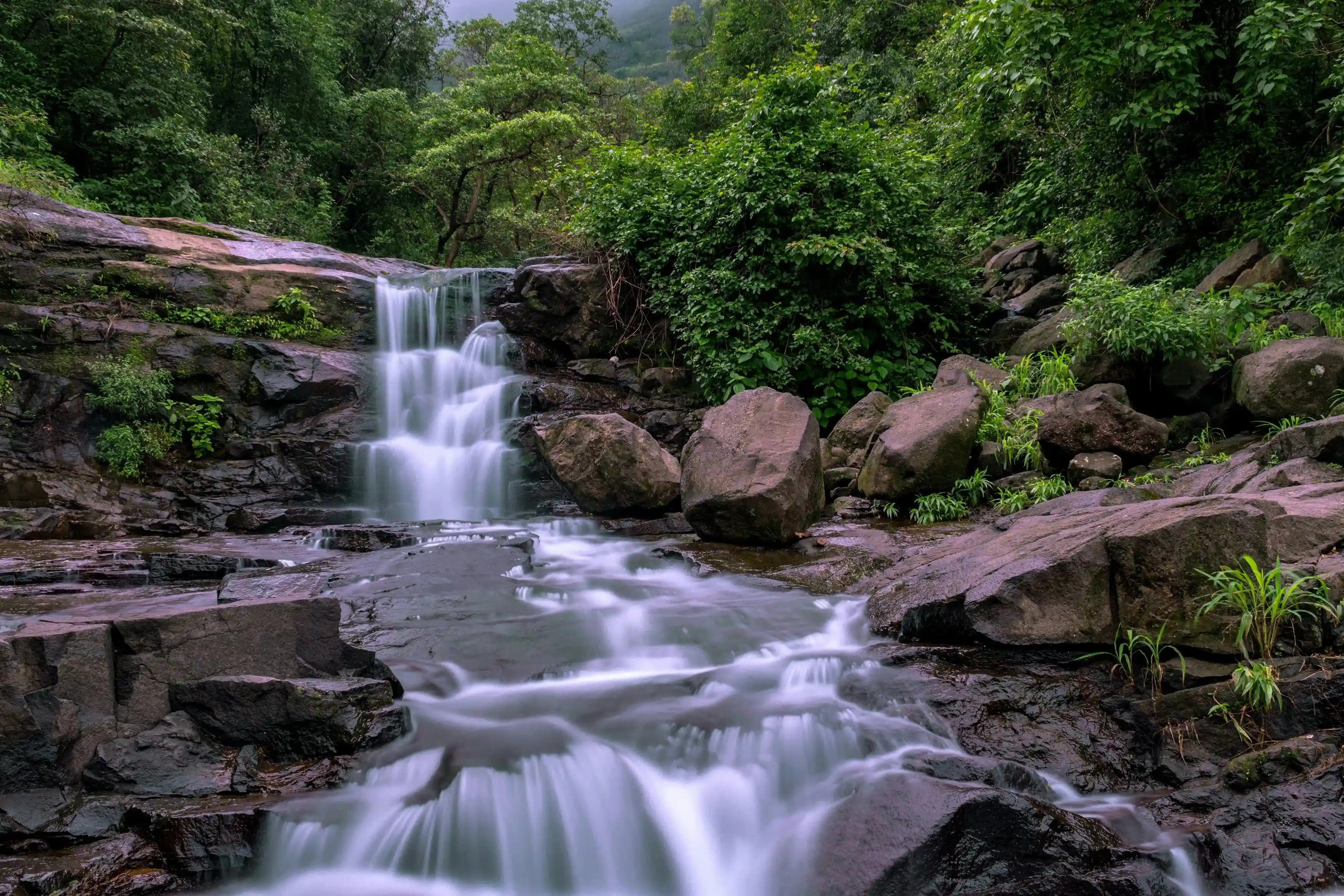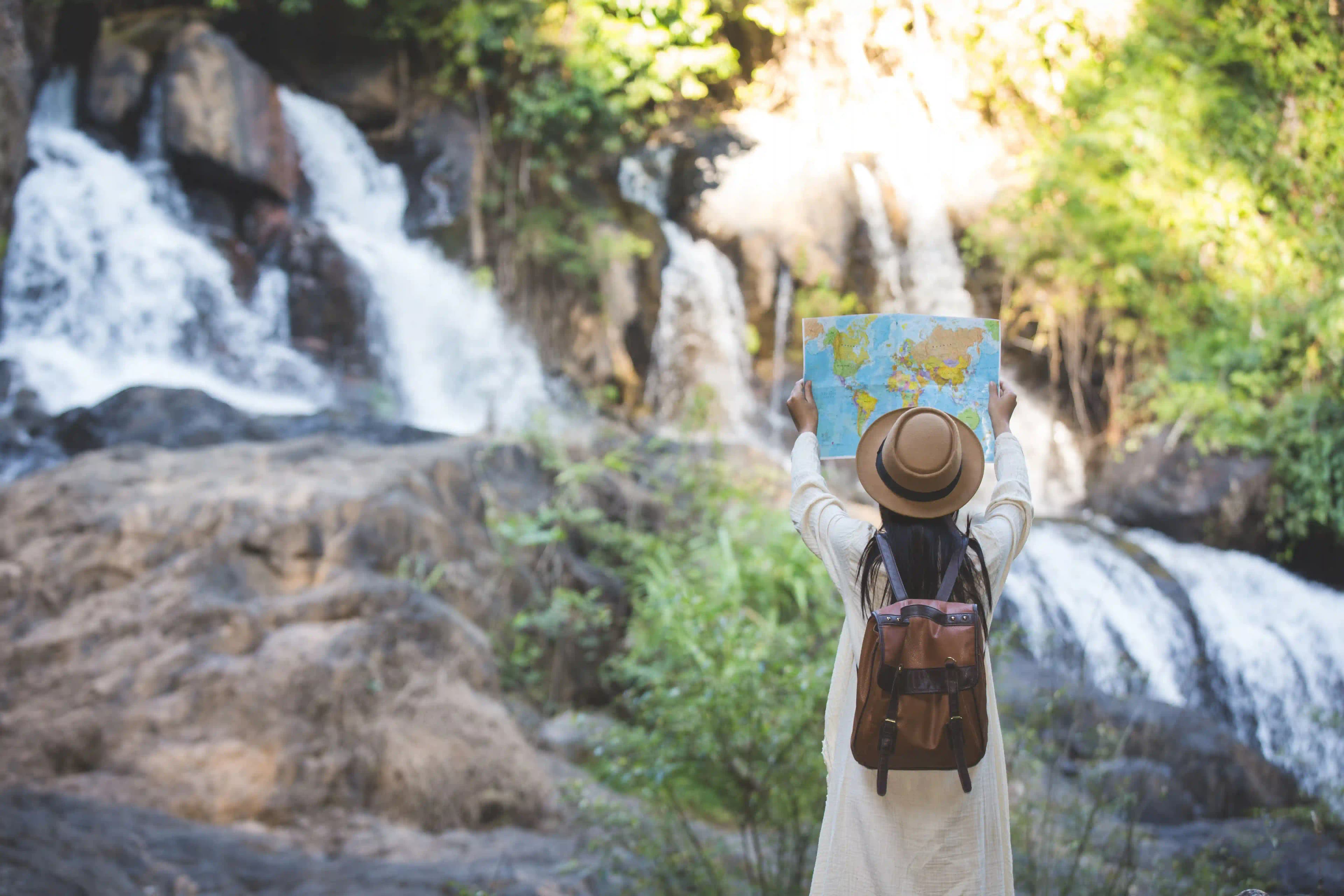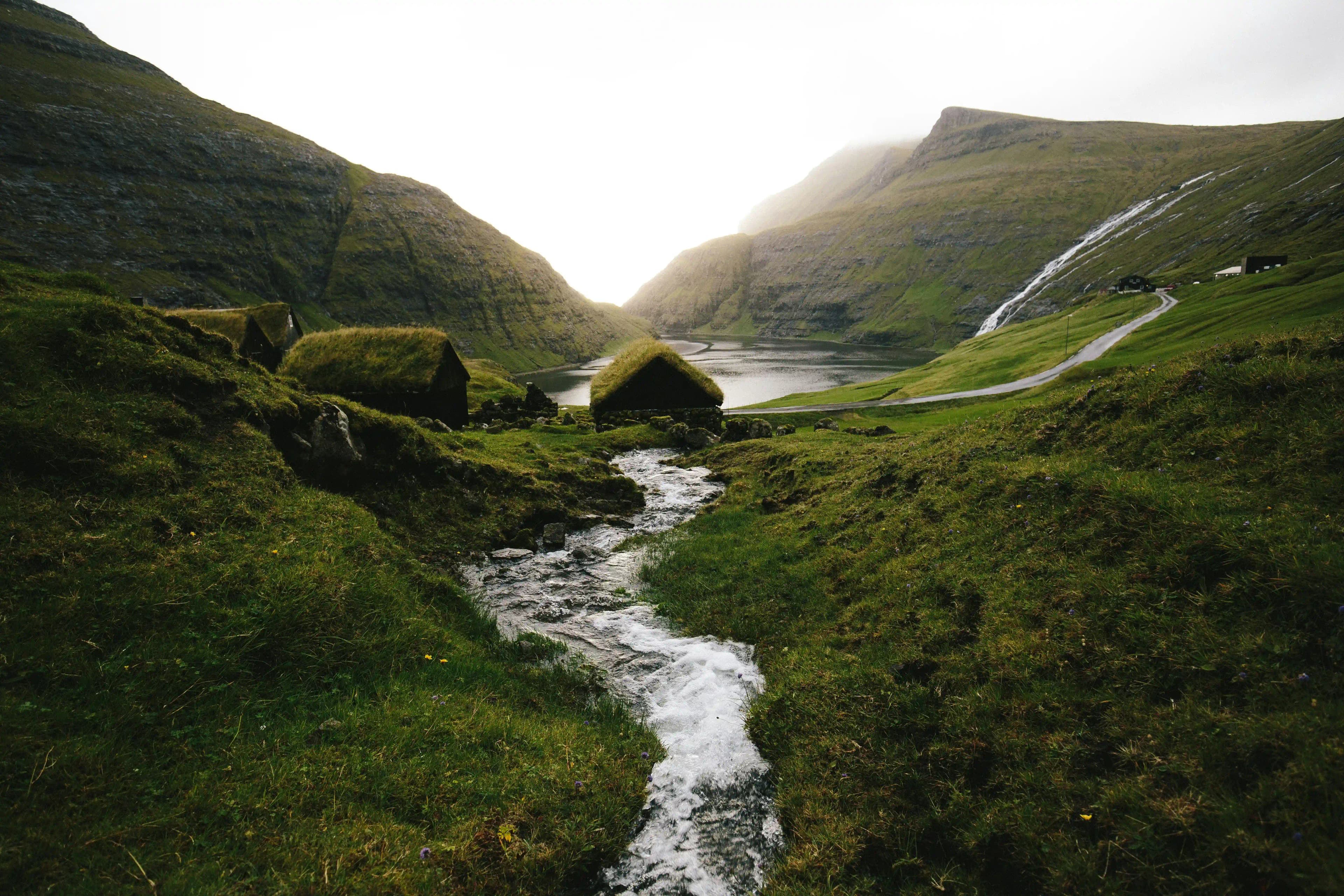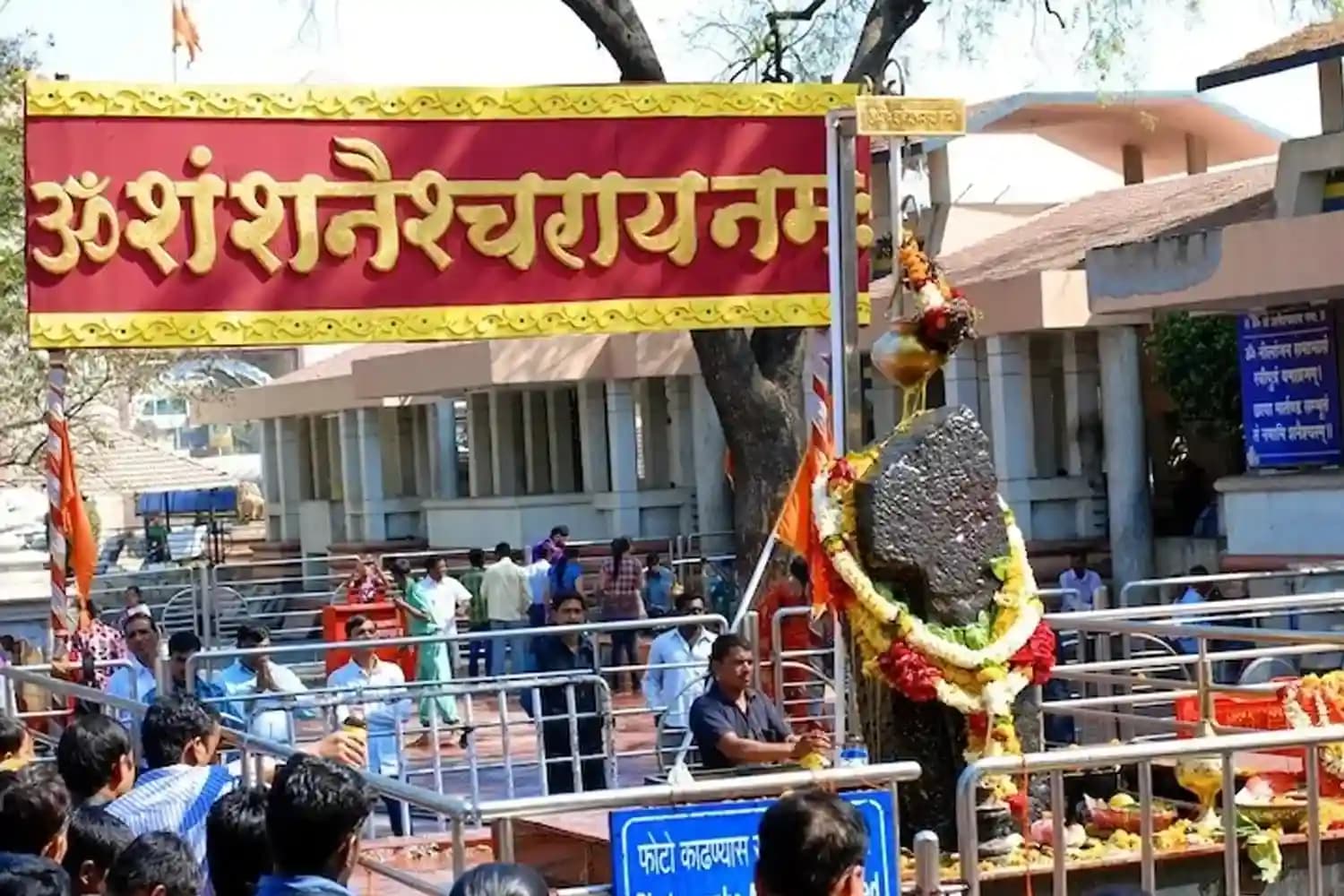Mumbai is not only India’s business hub, synonymous with a dynamic lifestyle, towering skyscrapers but with lots more too! While the city has great modern appeal, there is a whole lot of culture hidden beneath the surface. There are many historical places in Mumbai which shows that the city has a lot of colonial, Mughal and indigenous style. Therefore, whether it is famous historical spots, or relatively unknown gems, the city is bound to have some interesting history to present everyone with.
These listed historical places in Mumbai let you time travel and tell fables of colonialism, freedom fighters and the transformation into a modern culture hub. For anyone who is interested in history or anyone who just loves to go out exploring these gems is something that should not be missed.
In this blog, we will help you discover the top 10 historical places in Mumbai that you should visit, giving you extra information, tips, and why you should include these places on your checklist.
Top 10 Historical Places In Mumbai:
Before we dive into the list, let’s take a quick look at what awaits you:
- Your guide to the best 10 historical places in Mumbai that are worth visiting.
- Fascinating information about each place, its relevance and main appeal.
- Some of the constructive or helpful tips to make your tour of these famous historical sites in Mumbai more fruitful and better.
1. Gateway of India
One of the most visited historical places in Mumbai is the Gateway of India. Constructed in 1924 this monument was erected to honor King George V’s visit and which stands right above the Arabian Sea. The structure belongs to the Indo-Saracenic architectural style and is a place known to both tourists and inhabitants.
Tip: Go early in the morning or late in the evening to escape the crowds and get a really nice view over the sea.
2. Chhatrapati Shivaji Maharaj Terminus (C.S.T)
Originally called Victoria Terminus, CST is a world heritage site and a working train station. Its unique features include gothic architecture, carved supervision and stained glass which have placed it among the foremost historical places of Mumbai.
Tip: People who like to take photographs will definitely be thrilled to photograph this architectural beauty.
3. Elephanta Caves
These are world heritage sites and are situated on Elephanta Island. On the basis of available historical record, the caves were constructed from the 5th century and contain rock cut sculptures depicting Lord Shiva. Proper carving on the surface of the structure demonstrates the nice carving work of early India artists. It is one the most famous historical places in Mumbai
Tip: Boat facilities are available from the Gateway of India to reach this island. When going for the caves, wear shoes that are comfortable in case of long distance.
4. Haji Ali Dargah
Built on an islet of the Arabian Sea, Haji Ali Dargah is a religious shrine that is visited by peoрle of all the religions. Begun in 1431, it is one of the fine specimens of Indo-Islamic architecture. Because of its calm atmosphere and religious feel, the place is worth the visit and is considered as one of the most famous historical places in Mumbai.
Tip: It is therefore advisable to plan the visit during low tide in order to access the pathway to the Dargah.
5. Kanheri Caves
These are a grouping of caves existing in the Sanjay Gandhi National Park, first carved during the 1 st century BCE. These were not only meditation halls and monasteries but also water reservoirs which surprisingly most of the troglodyte structures discovered in Asia were created by Buddhists for Buddhists, making it one of the best historical places in Mumbai.
Tip: It’s recommended to visit the museum together with the trekking in the national park- the day will be filled with adventure and learning the history.
6. Mani Bhavan
It is worth understanding that Mani Bhavan is one of the important places connected with the fight for freedom in India. It also can be recalled that it is one of the places that was home to Mahatma Gandhi during his stay in Mumbai. Today it is a museum where one can find photos of the great leader, letters from him and even objects once belonged to Gandhi.
Tip: A tour here is really an eye opener to understand more of the struggle of Indians to get their freedom.
7. Mount Mary Church
This is a roman catholic church that is well over 500 years old and has stunning complex and stunning architecture and interior designs for an over busy city. It has also become famous for housing the Bandra Fair, which is an annual event and tourists’ attraction in India.
Tip: Come during the fair so that they can embrace the festive atmosphere.
8. Bombay High Court
The Bombay High Court building is colonially structured and has very beautiful architectural designs. This Neo-Gothic structure is one of the historical places in Mumbai with name and is worth a mention in discussions about the city’s heritage.
Tip: Although the exteriors have been immortalized in countless photos and movies, access to the interiors is prohibited.
9. Siddhivinayak Temple
Not only a temple, Siddhivinayak Temple is also of historical importance, it is more than 200 years old. Standing for God Ganesha, it is one of the financially endowed temples of Mumbai and a source of spiritual worship.
Tip: There is a great turn out of the devotees on Tuesdays so must plan your visit accordingly.
10. Crawford Market
This colorful market is called Mahatma Jyotiba Phule Mandai and was built in a Norman Flemish architecture style. It is largely a local market base and has stocks of everything including fruits, vegetables, clothes and accessories among others.
Tip: Negotiate with the vendors about the cheapest price while at the shops.
Tips and Reasons for Touring Historical Locations in Mumbai
- Plan Ahead: Visitor should consider visiting the place within certain opening hours, he or she should also consider the entry fees charged.
- Dress Comfortably: Some sites require a lot of walking to get there and between attractions, so wear good foot wear.
- Carry Essentials: Take drinking water, sunblock and hat required for going out doors.
- Respect the Sites: That means do not throw litter and respect all rules of places you are visiting.
- Cultural Insight: These places give a view of great history and heritage that is associated with the city of Mumbai.
- Architectural Beauty: Take time to appreciate provocative structures which combine both Indian and colonial concepts.
- Enriching Experience: Every site is history in itself and therefore your tour will always be informative as well as an experience.
Conclusion
Historical places of Mumbai offer a perfect beginning to the cultural tour of the city and its medieval past. Each Tourism site for that matter starts from the Gateway of India to the sobering Kanheri Caves contain a slice of history. Venturing to these places means going through history as well as experiencing the flavors of the multicultural city that is Mumbai.
Travel plans can be stressful, that is why turn your travel vision into reality with Capture a Trip – a reliable travel agency. Let them lead you to the most incredible historical points of interest in Mumbai and guarantee your experience is seamless, enjoyable and fun!
Frequently Asked Questions:
1. Which one is the most popular place of tourism and historical significance in Mumbai?
Among some of these buildings, the likes of the Gateway of India, the CST, the Elephanta Caves and the Haji Ali Dargah can be confidently pointed at.
2. Is being a student of history useful for visiting the historical places in Mumbai?
Again, the majority of the places including the Elephanta Caves have charged fees, while some places such as the Gateway of India have no charges.
3. Is it possible to visit these places in one day?
The best time to visit Jeju island is between April and October and the best time to do so is over a two to three-day tour.
4. Can they take pictures of these places?
Yes, most of the time photography is allowed, although there may be certain restrictions, or charges for commercial photography.
5. When would one recommend visiting the historical places in Mumbai?
It is recommended to visit the city in winters because the conditions are cool and perfect for traveling around.
